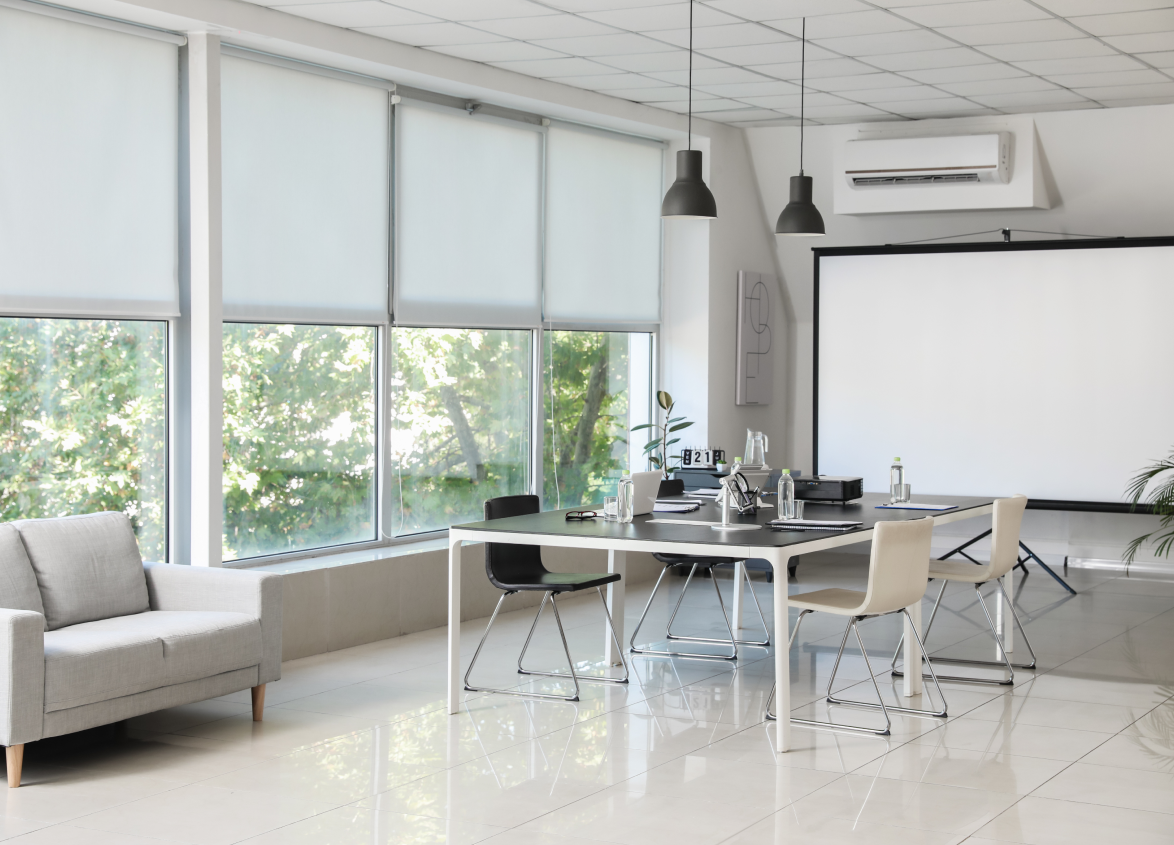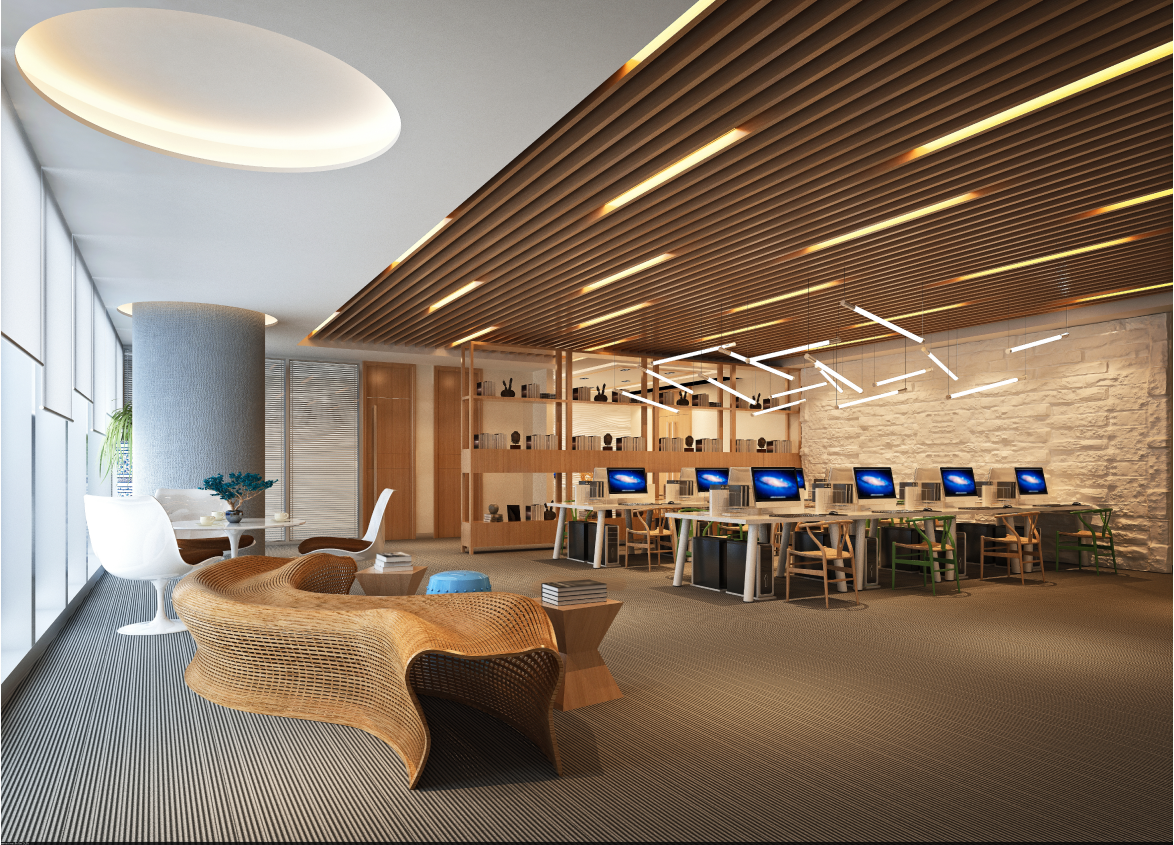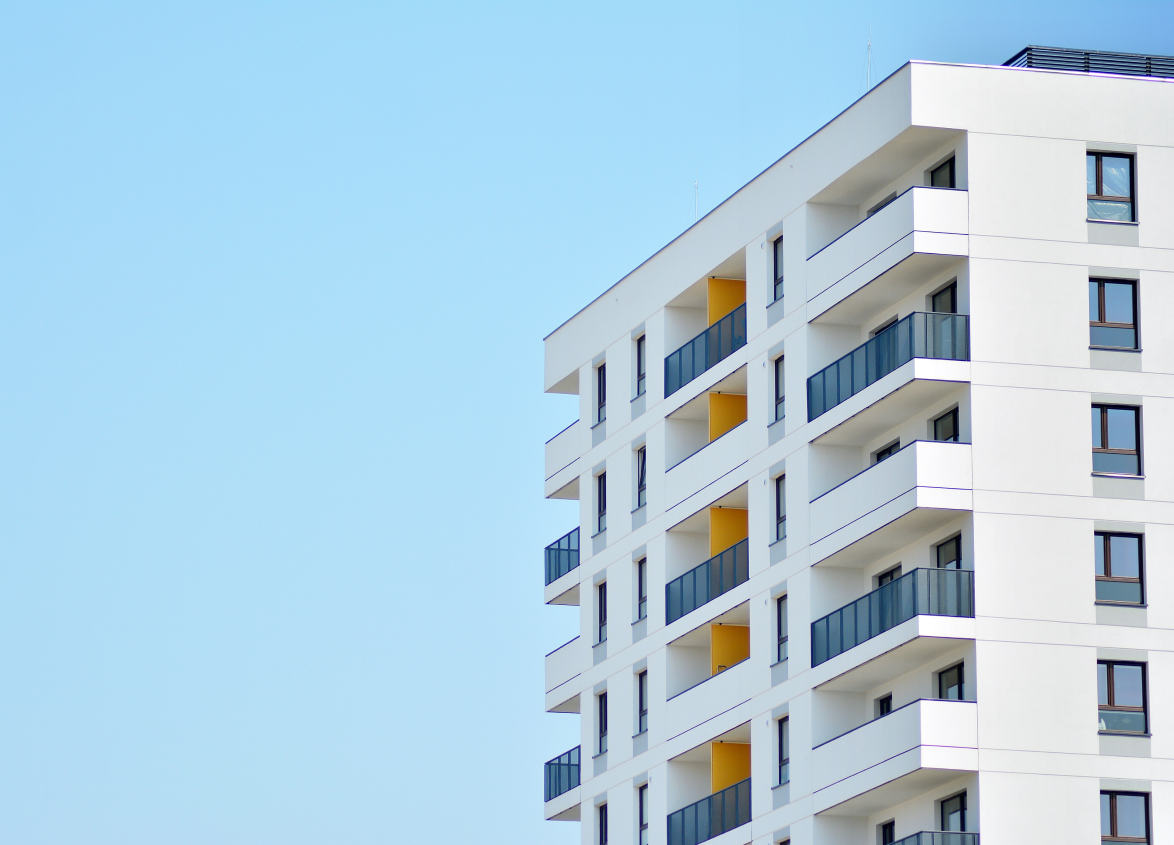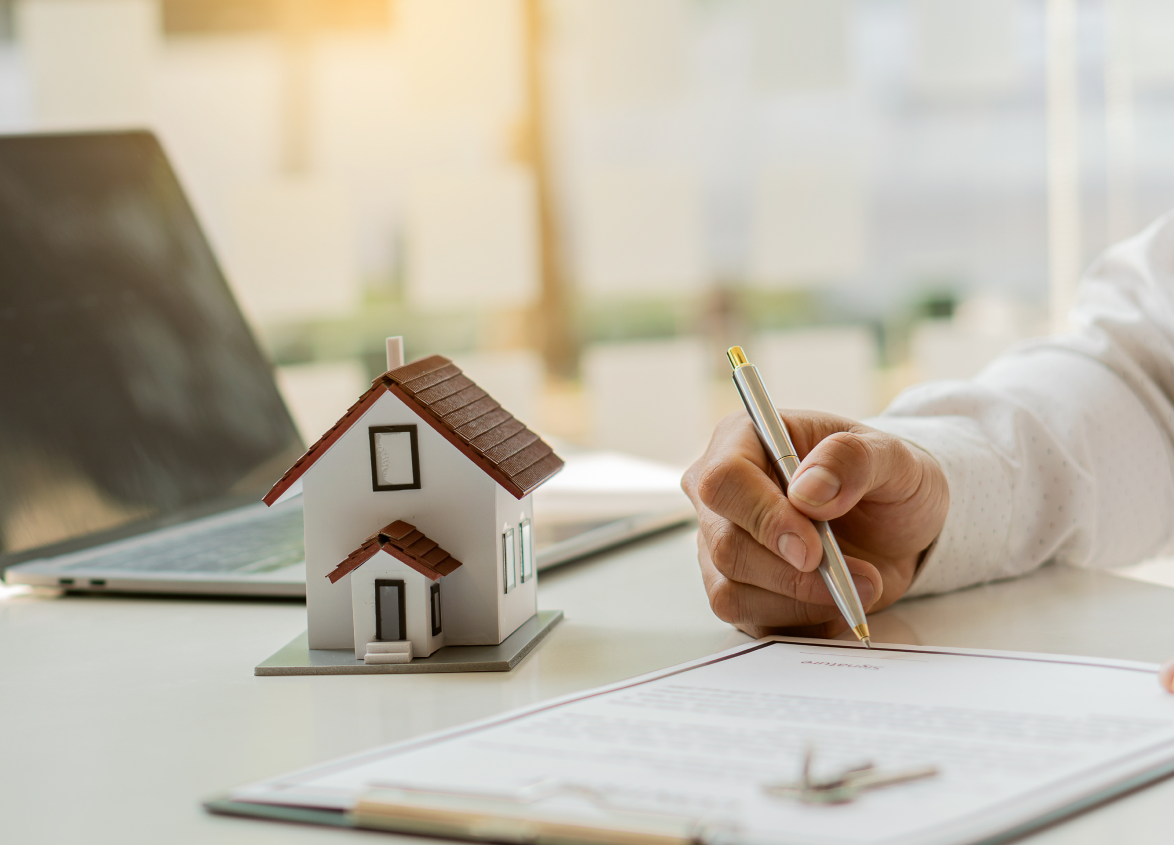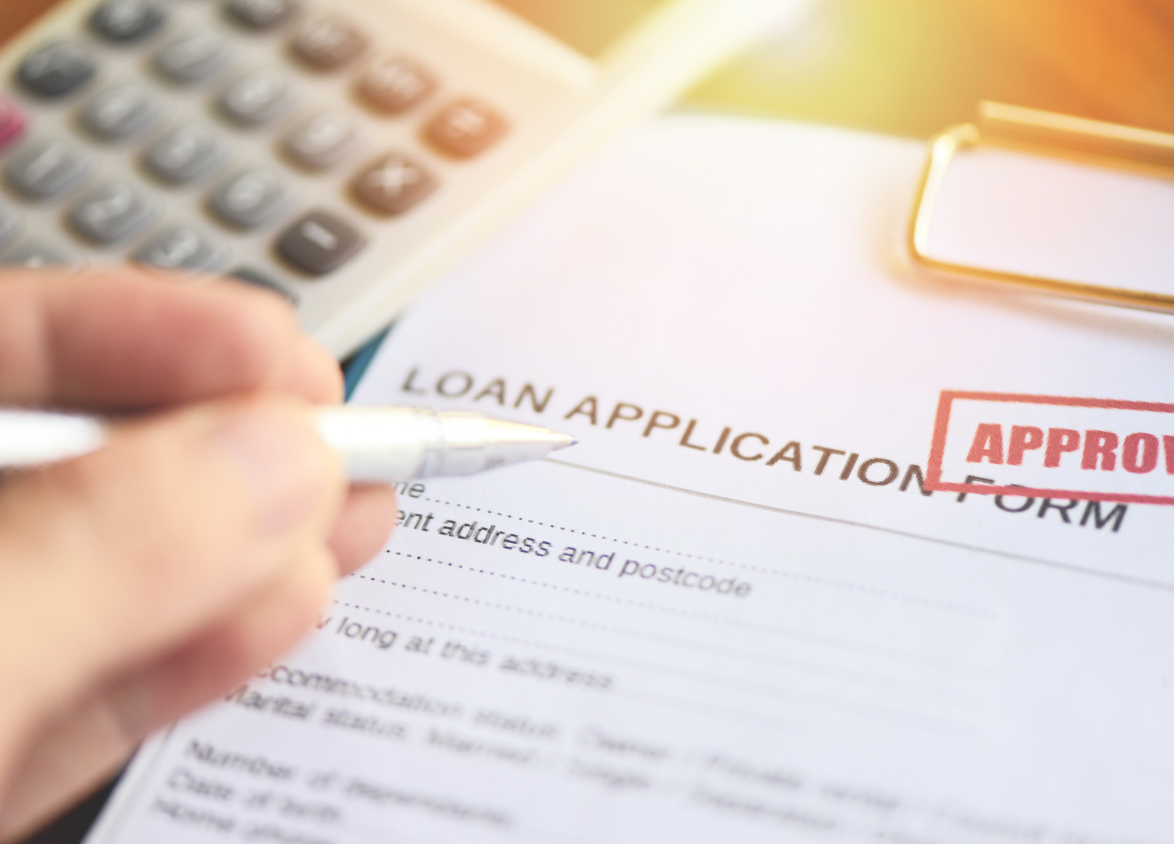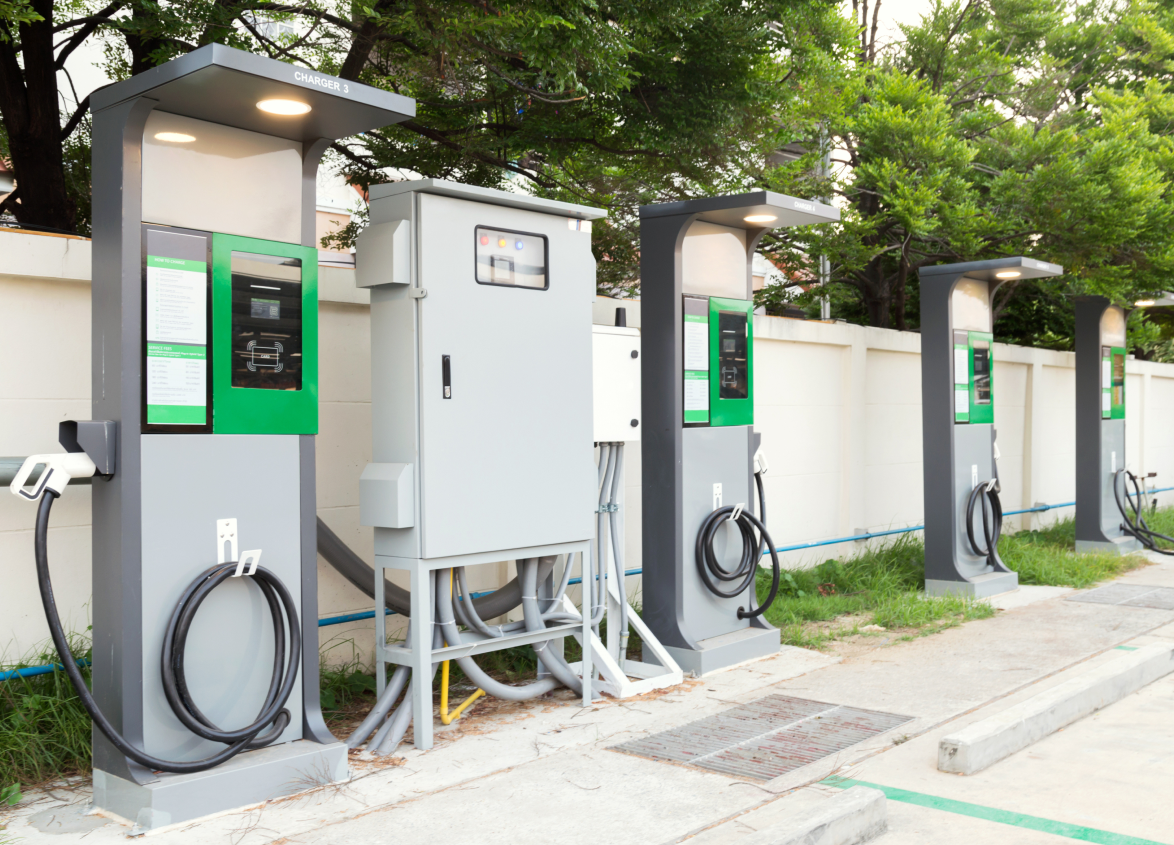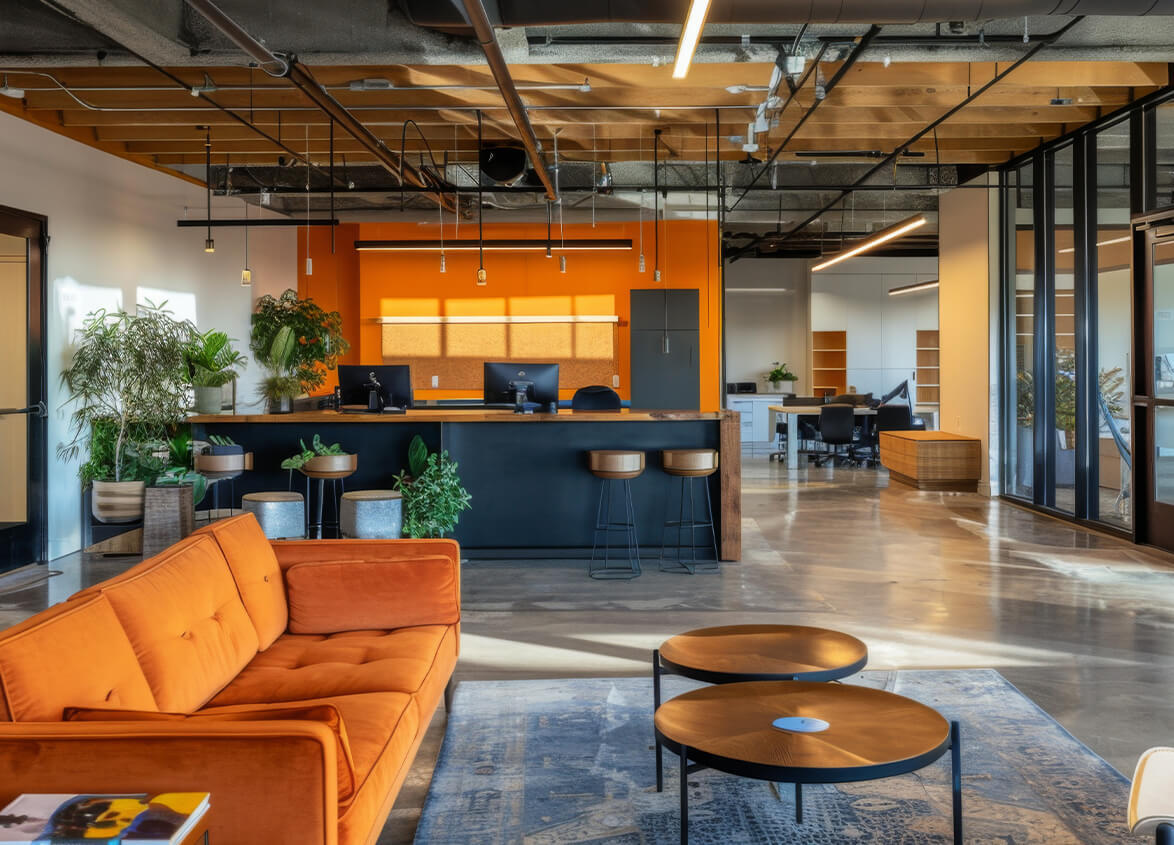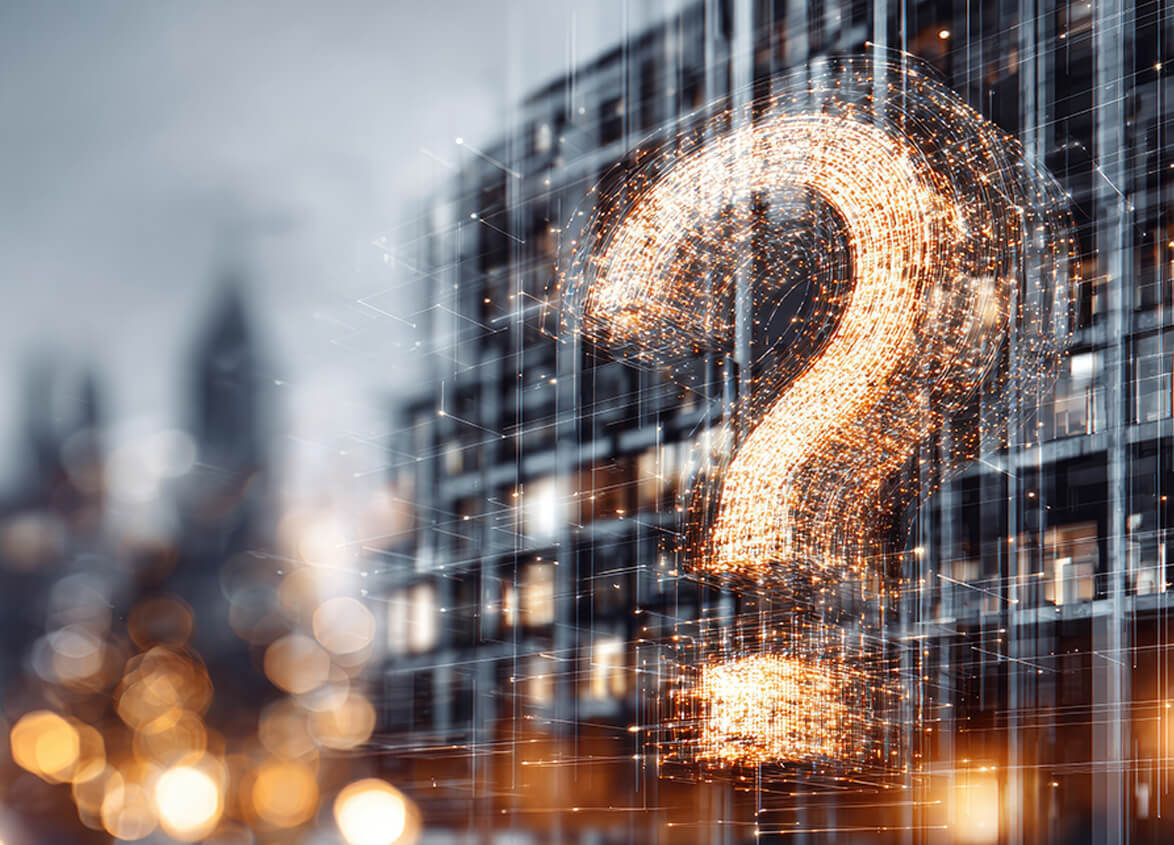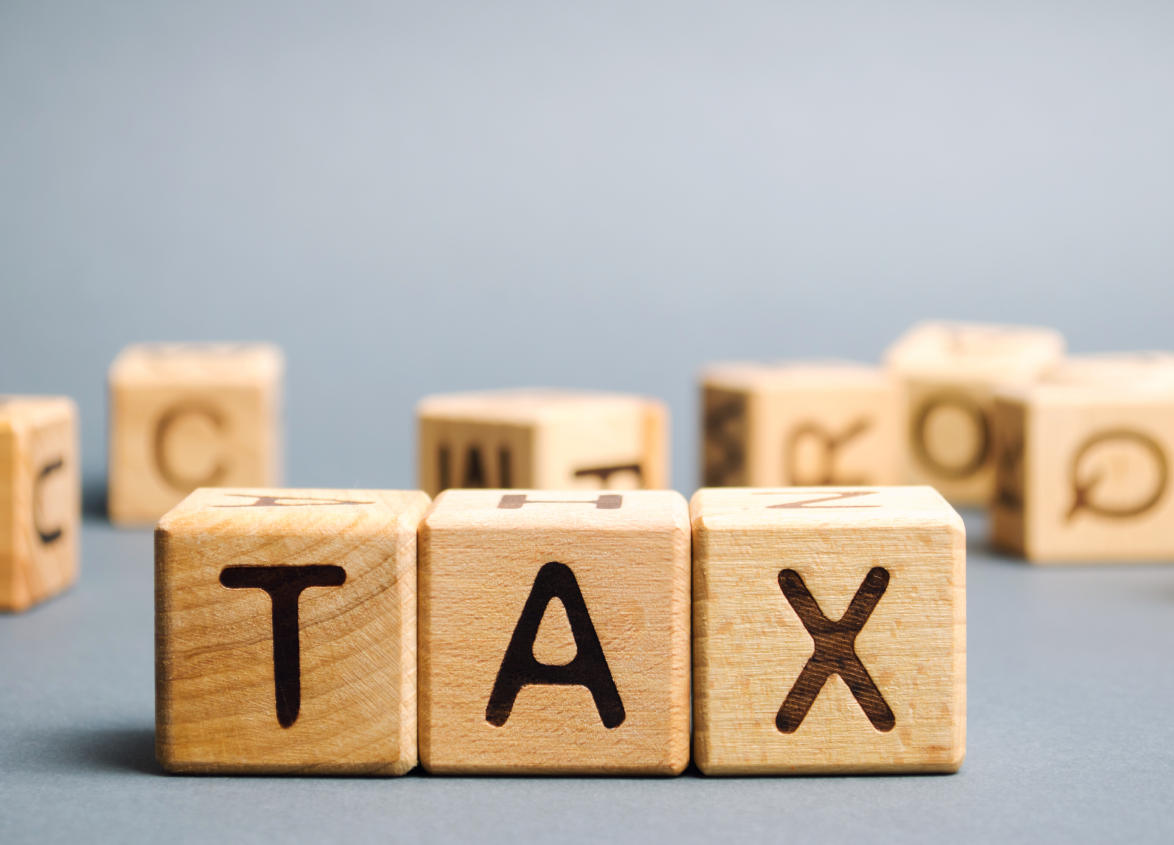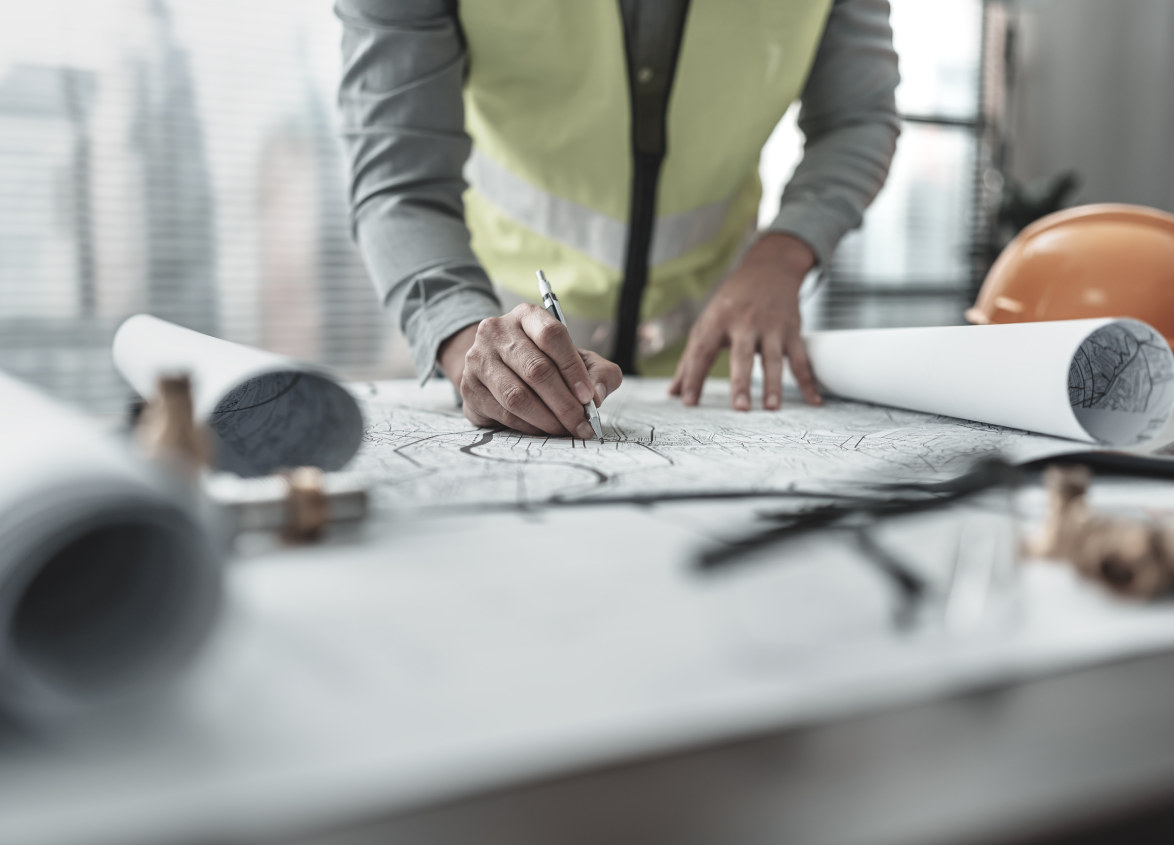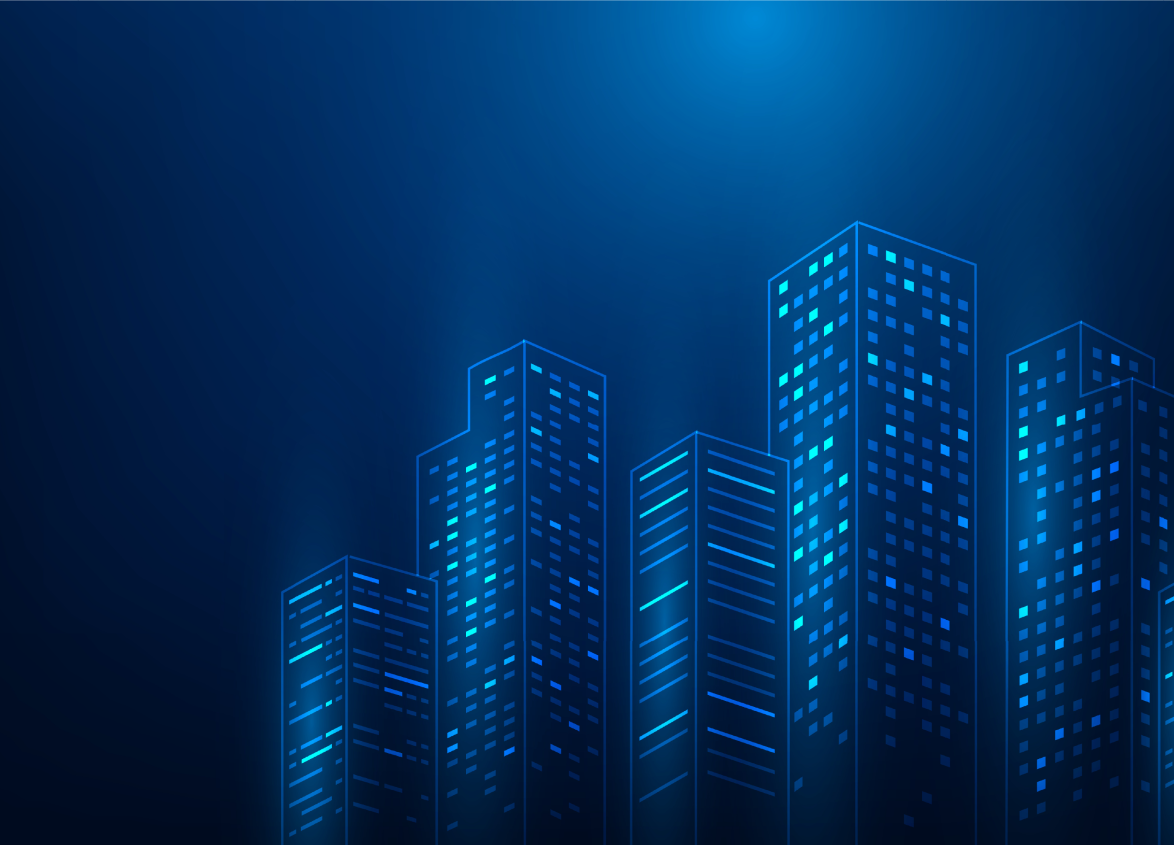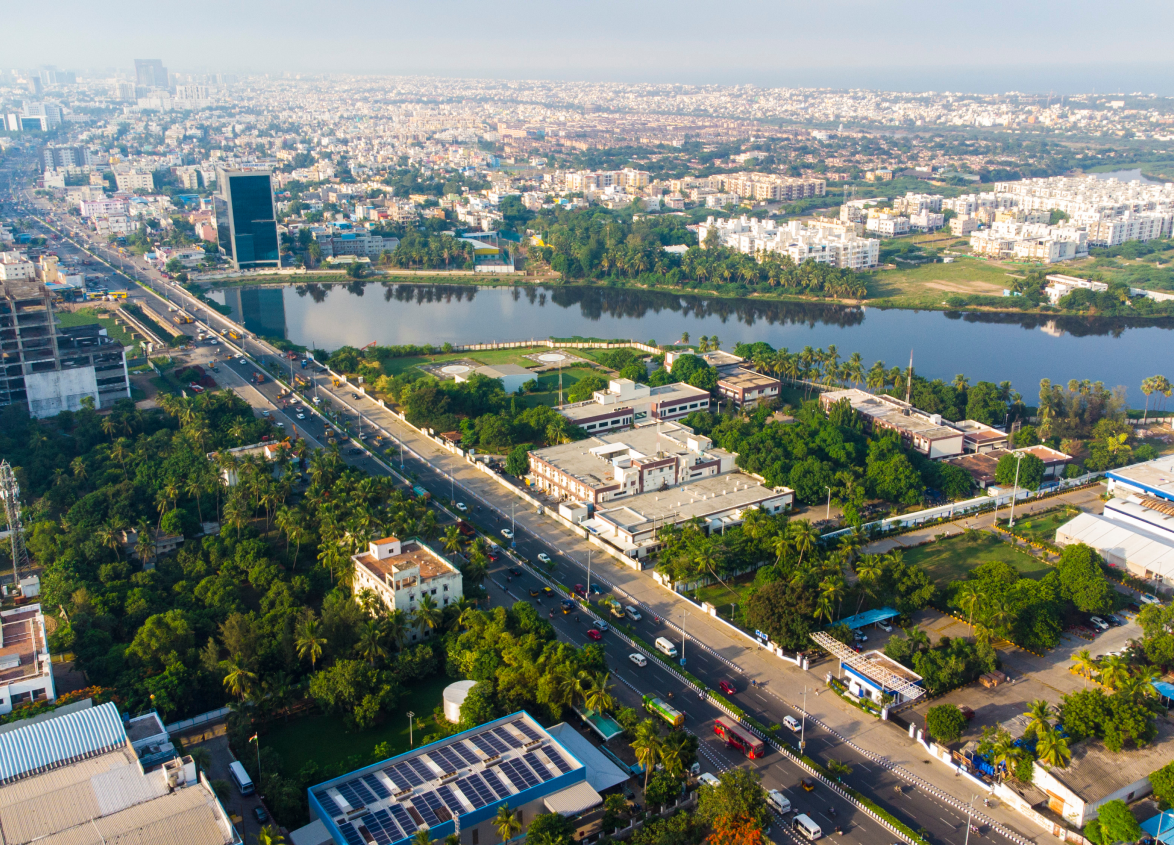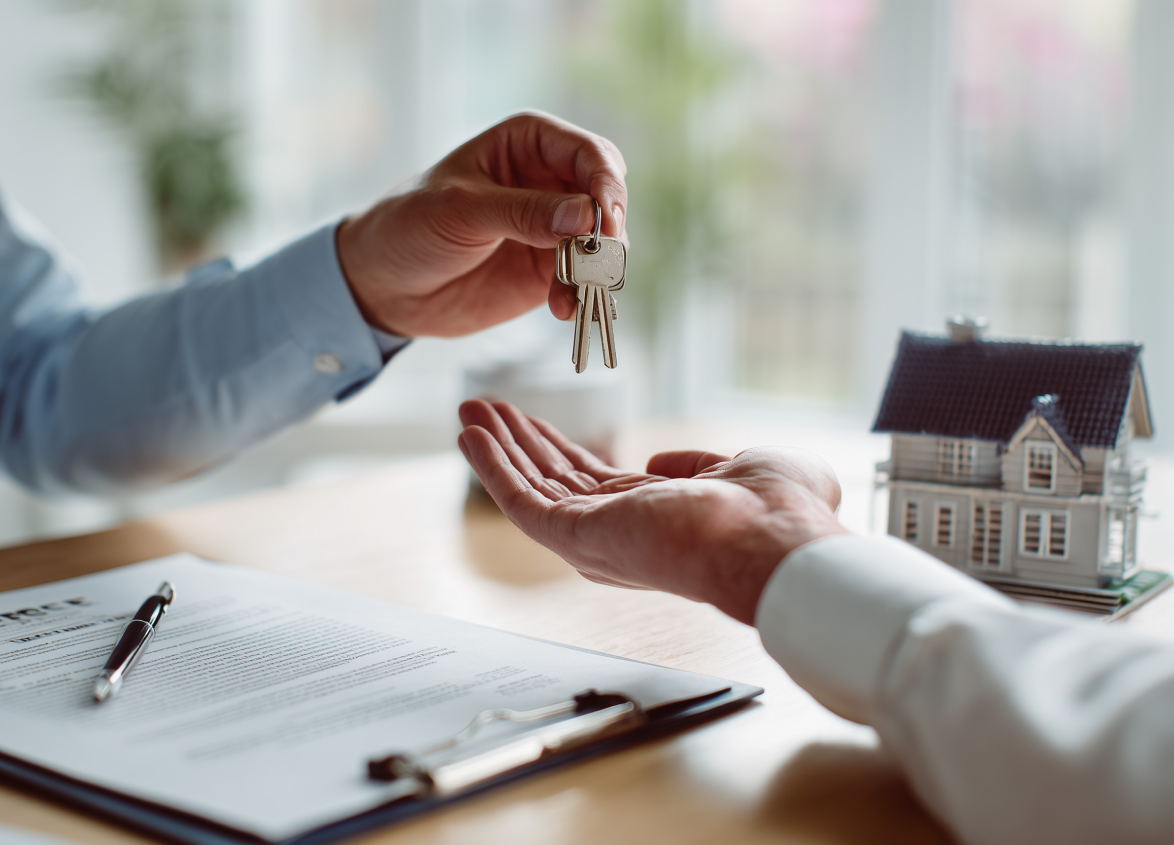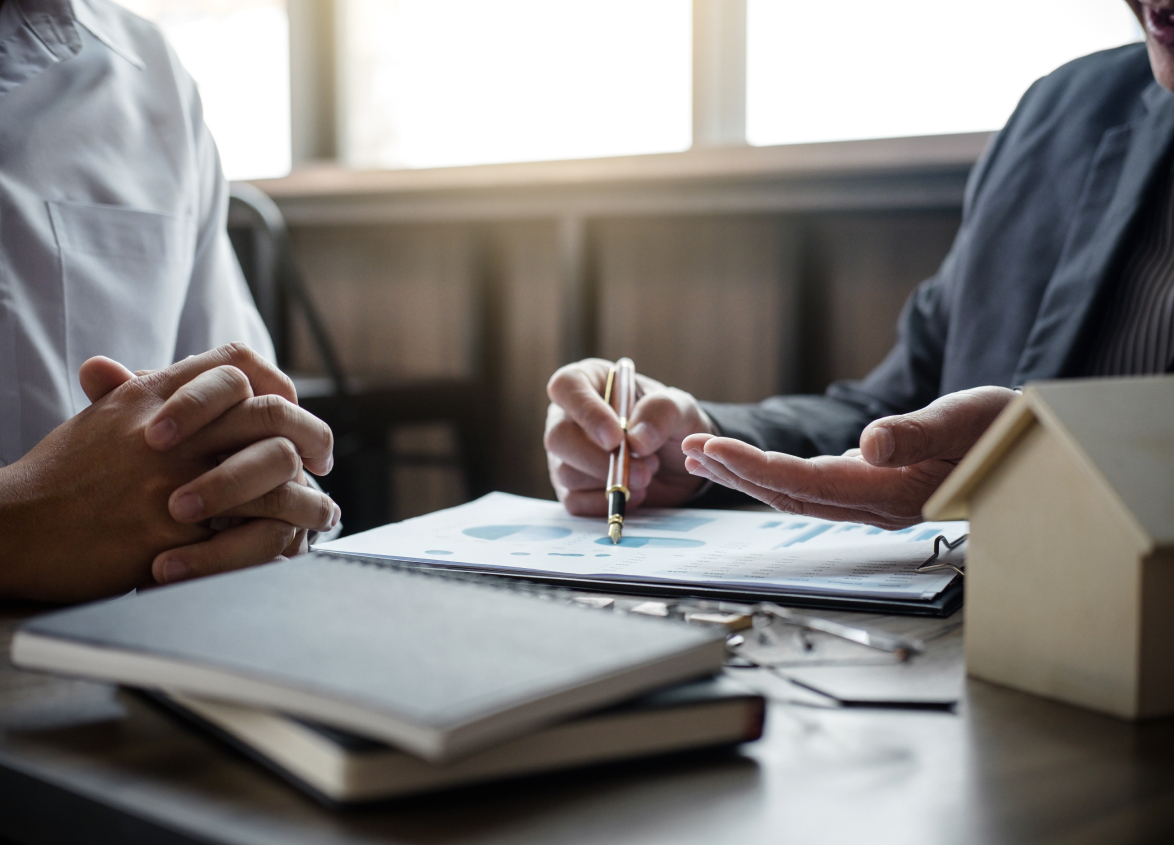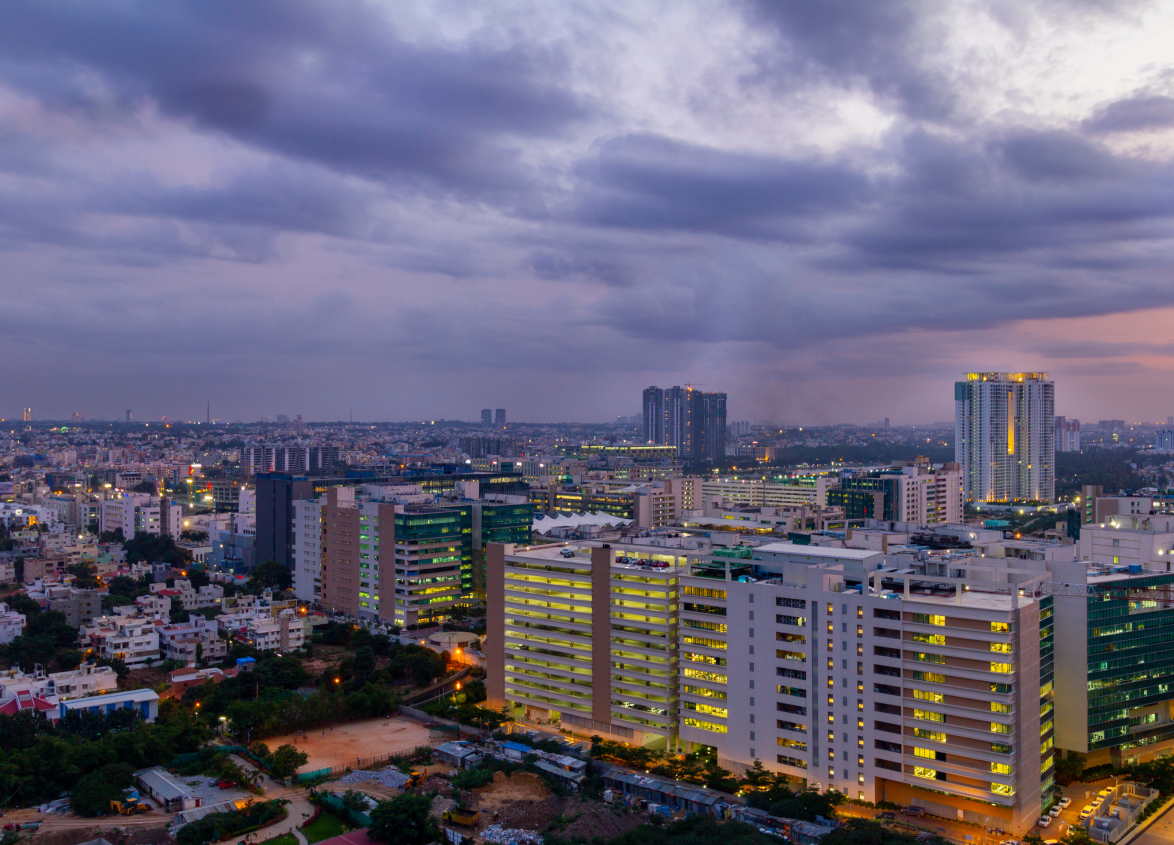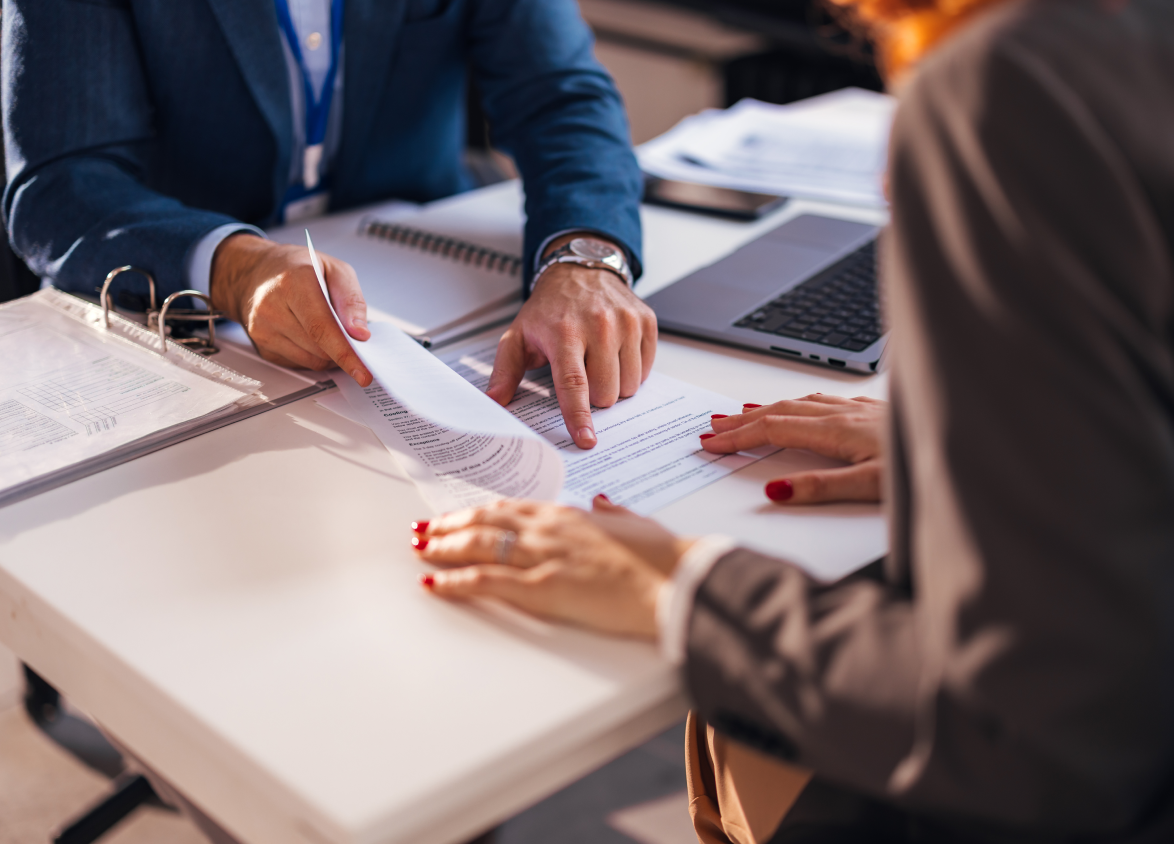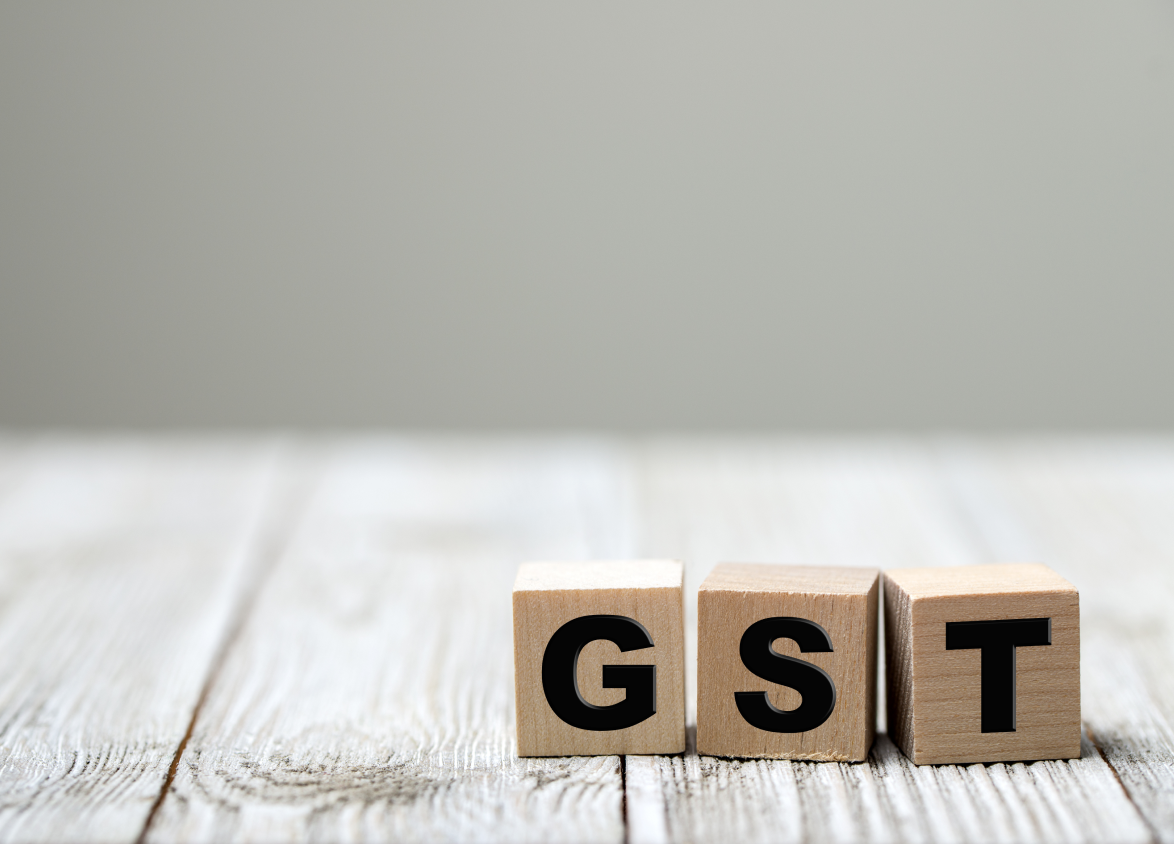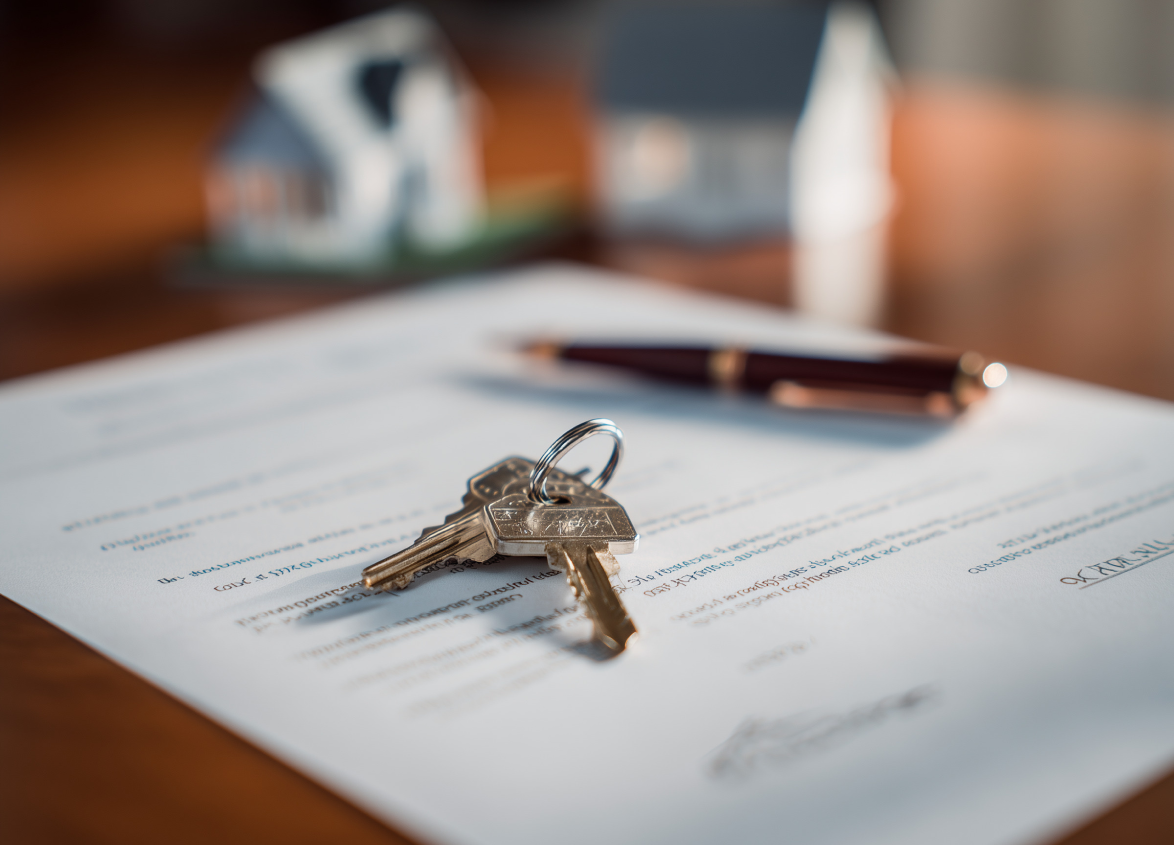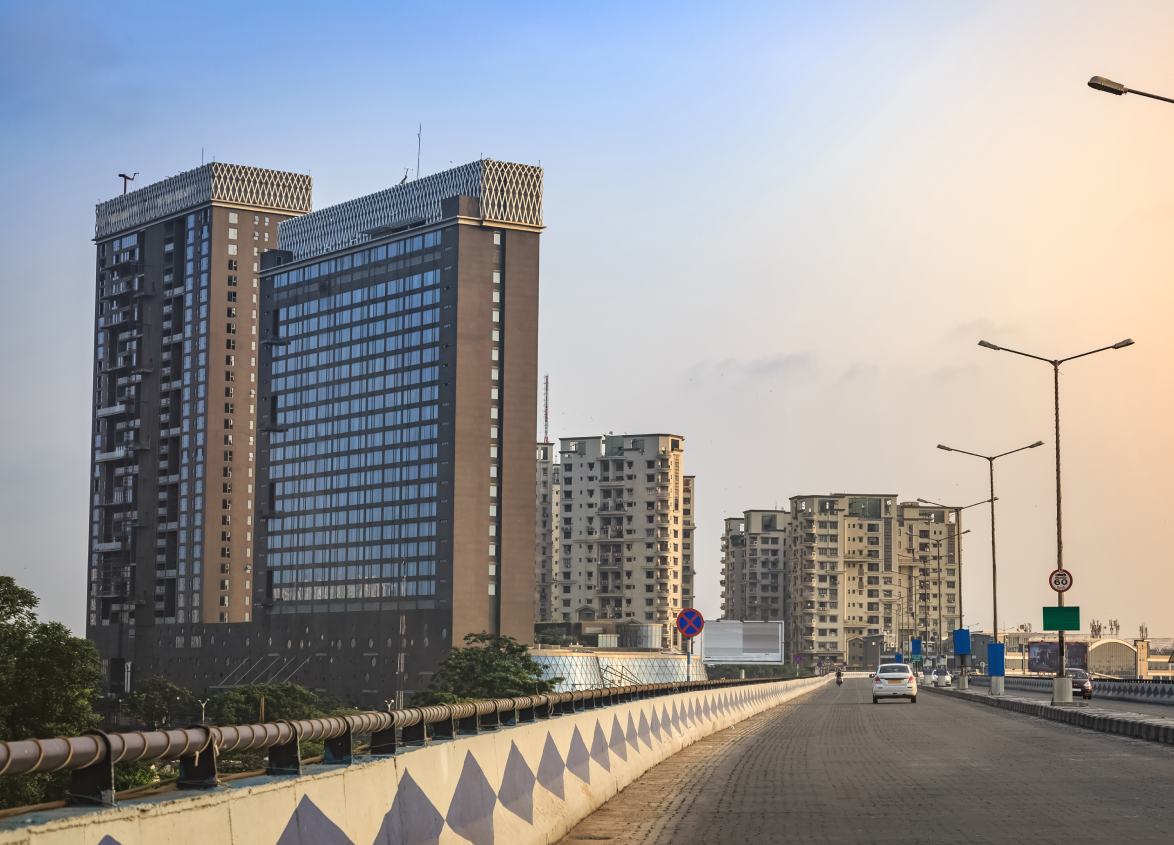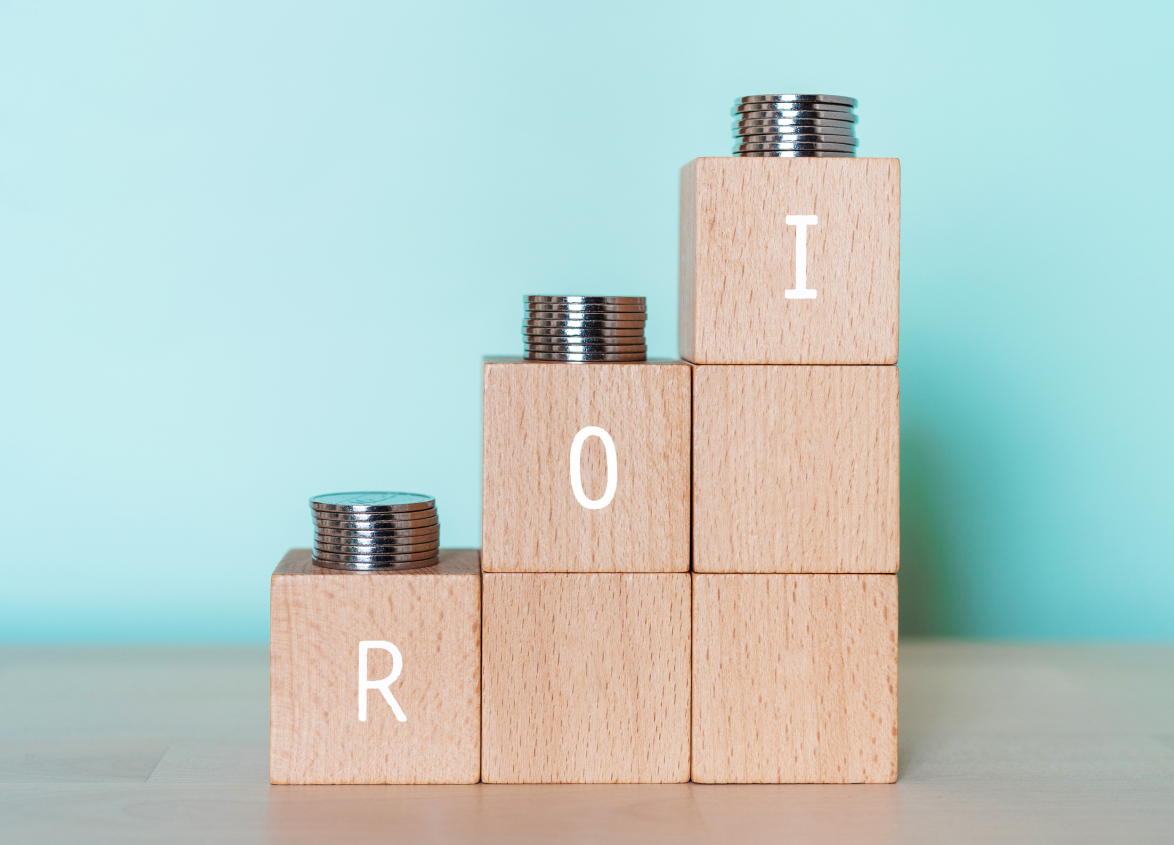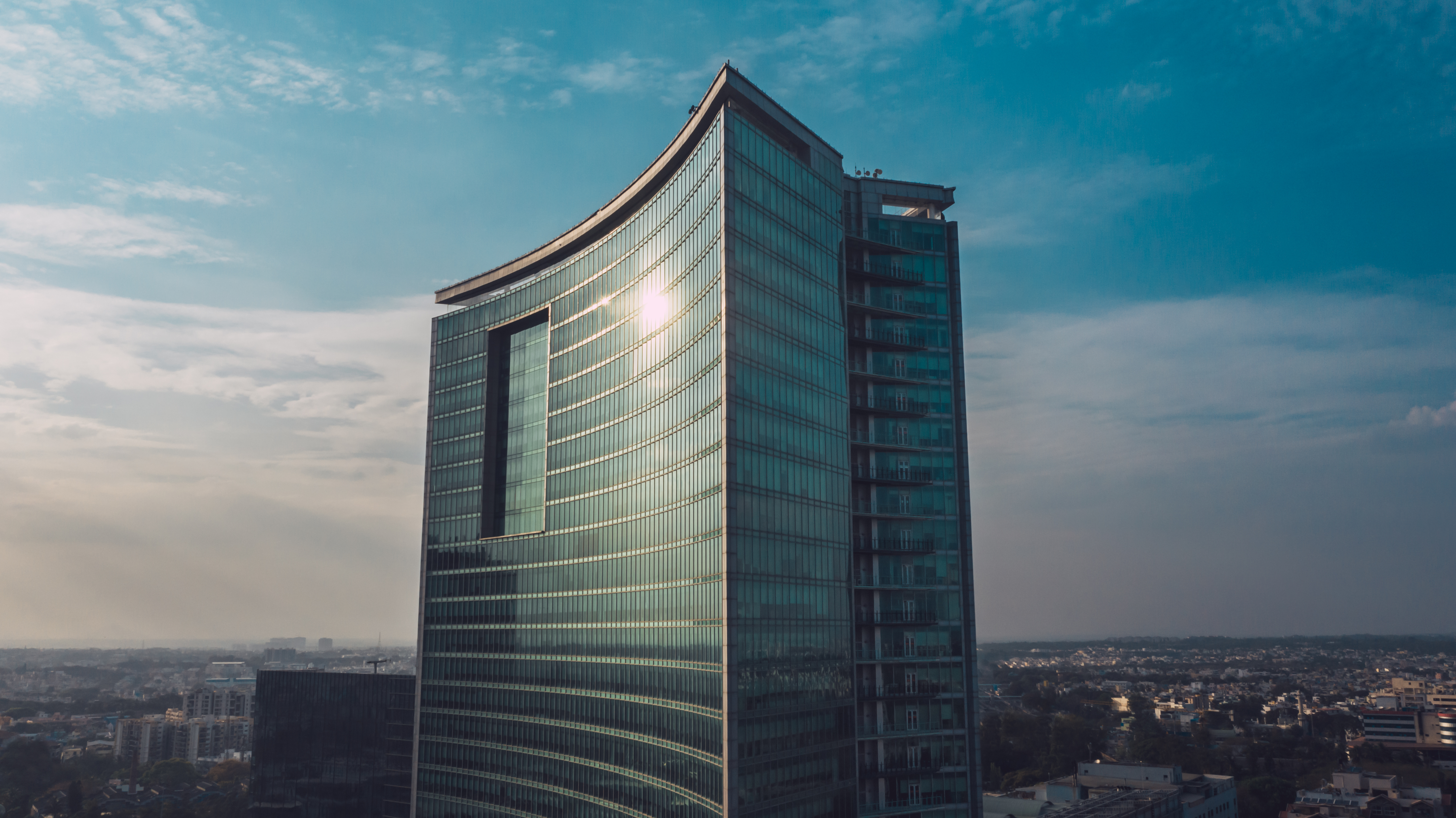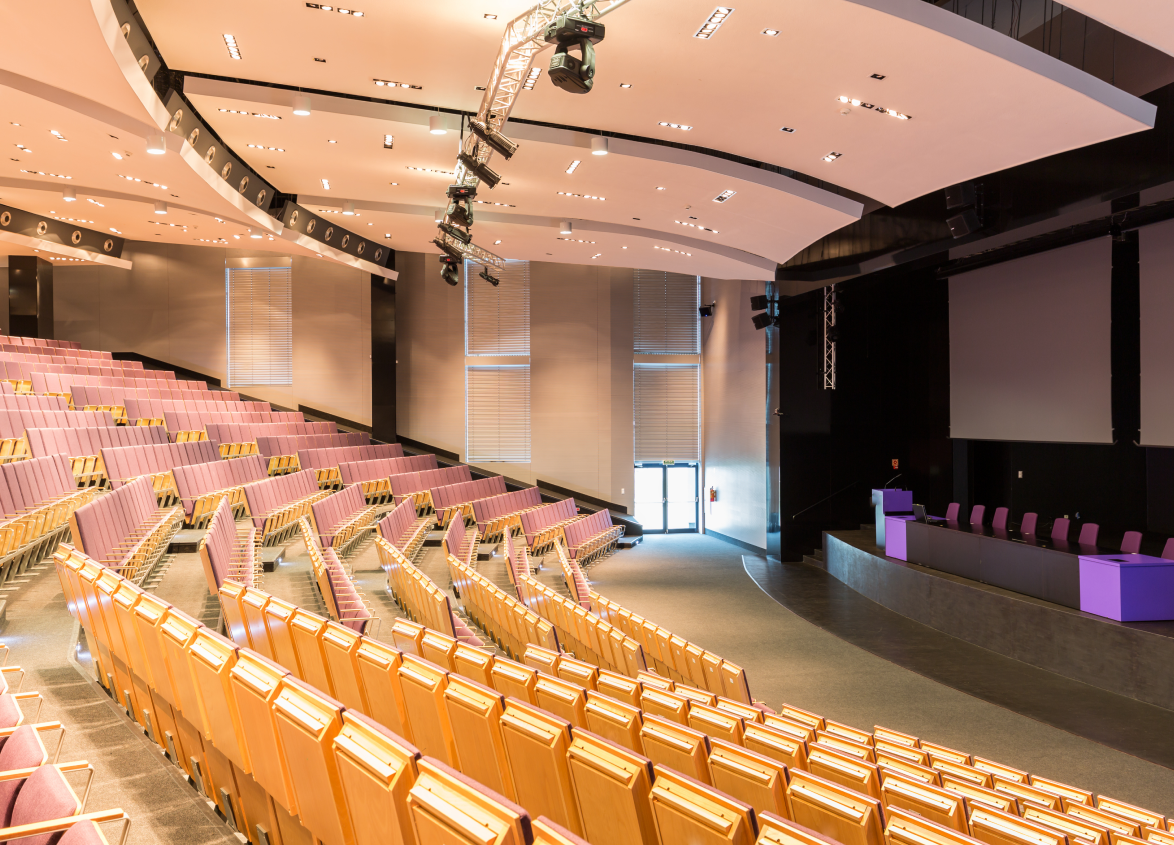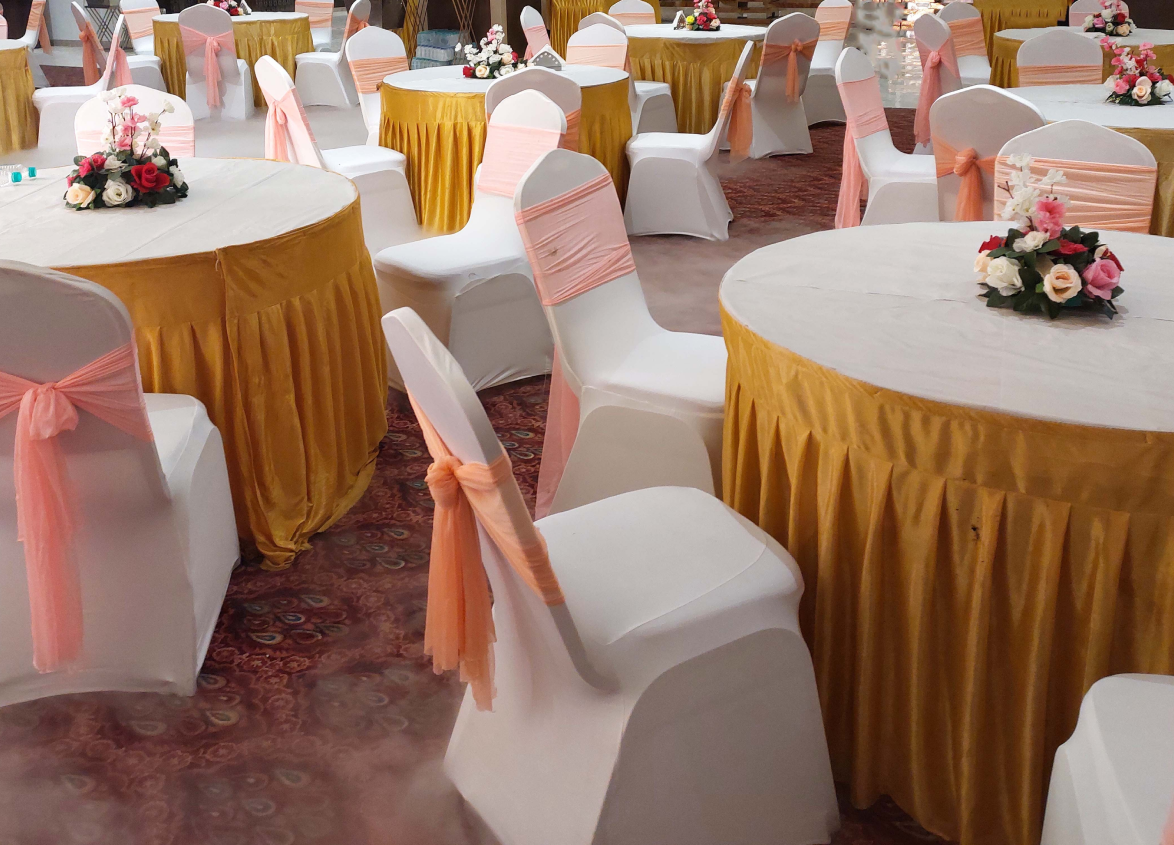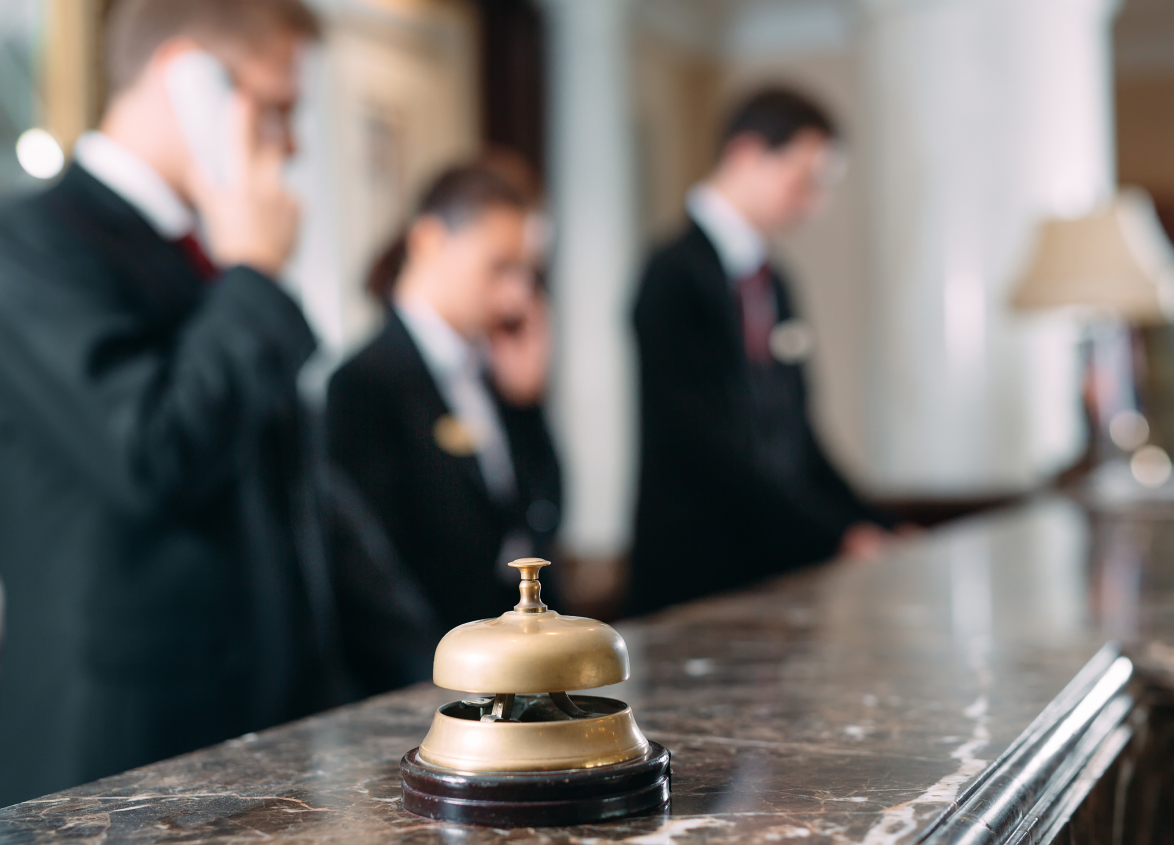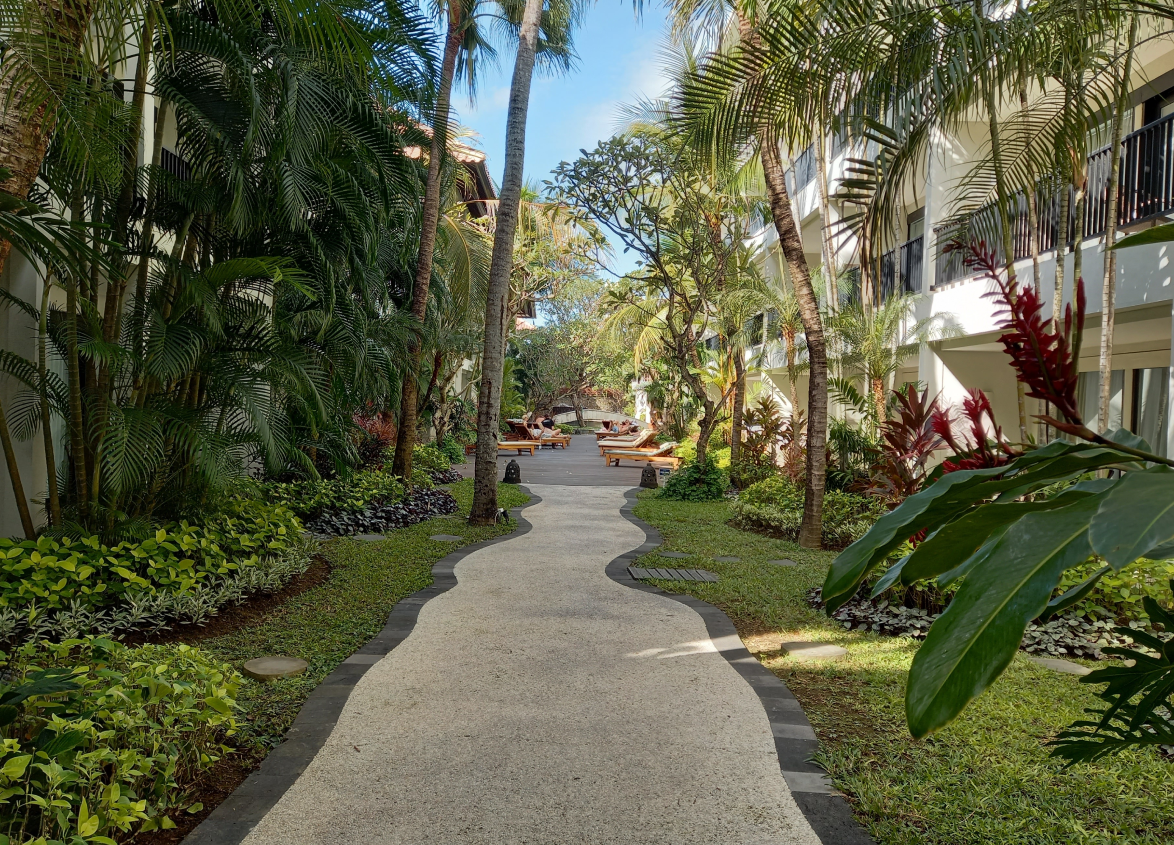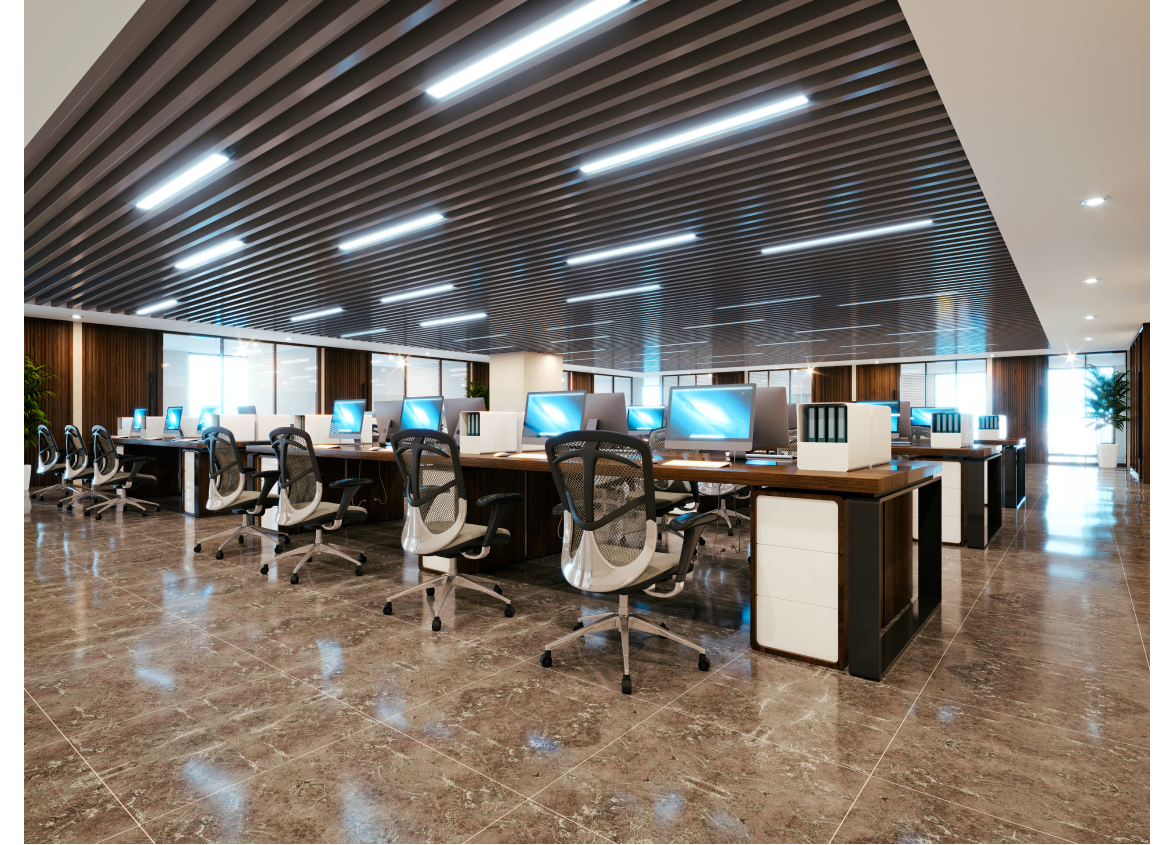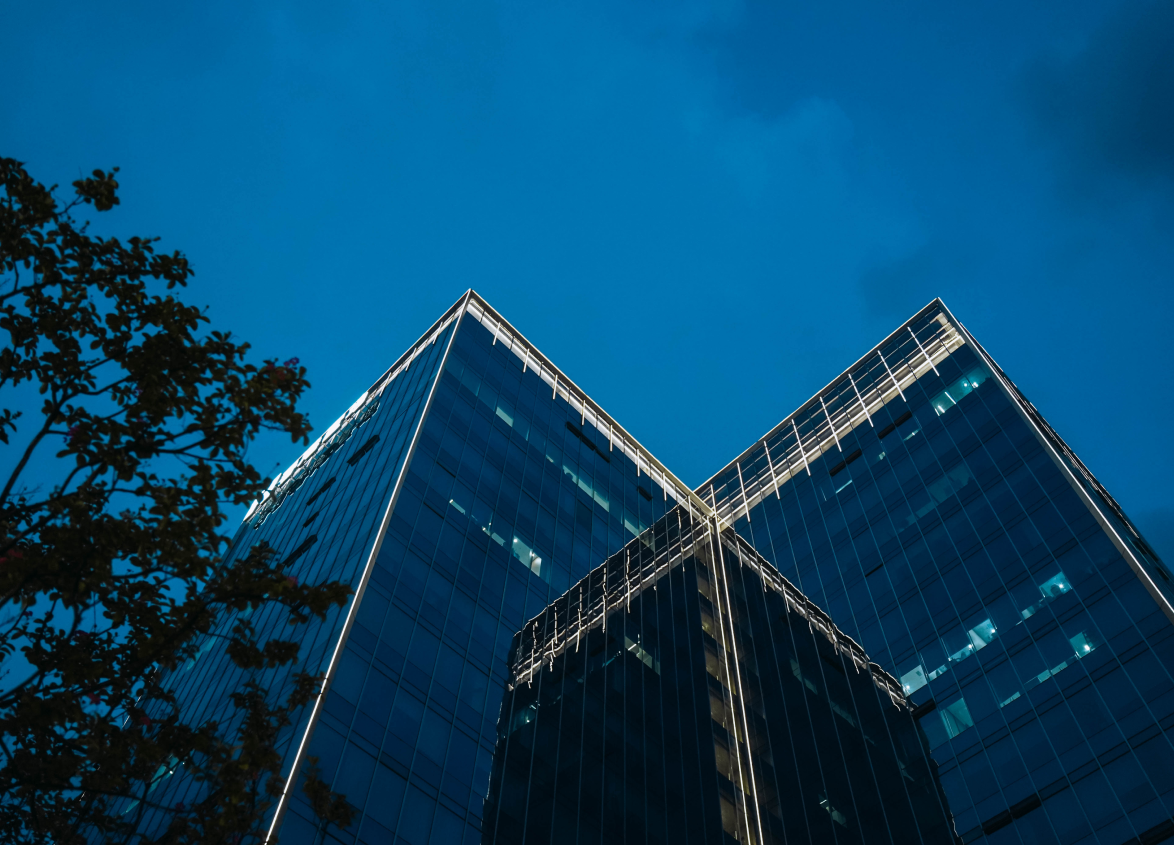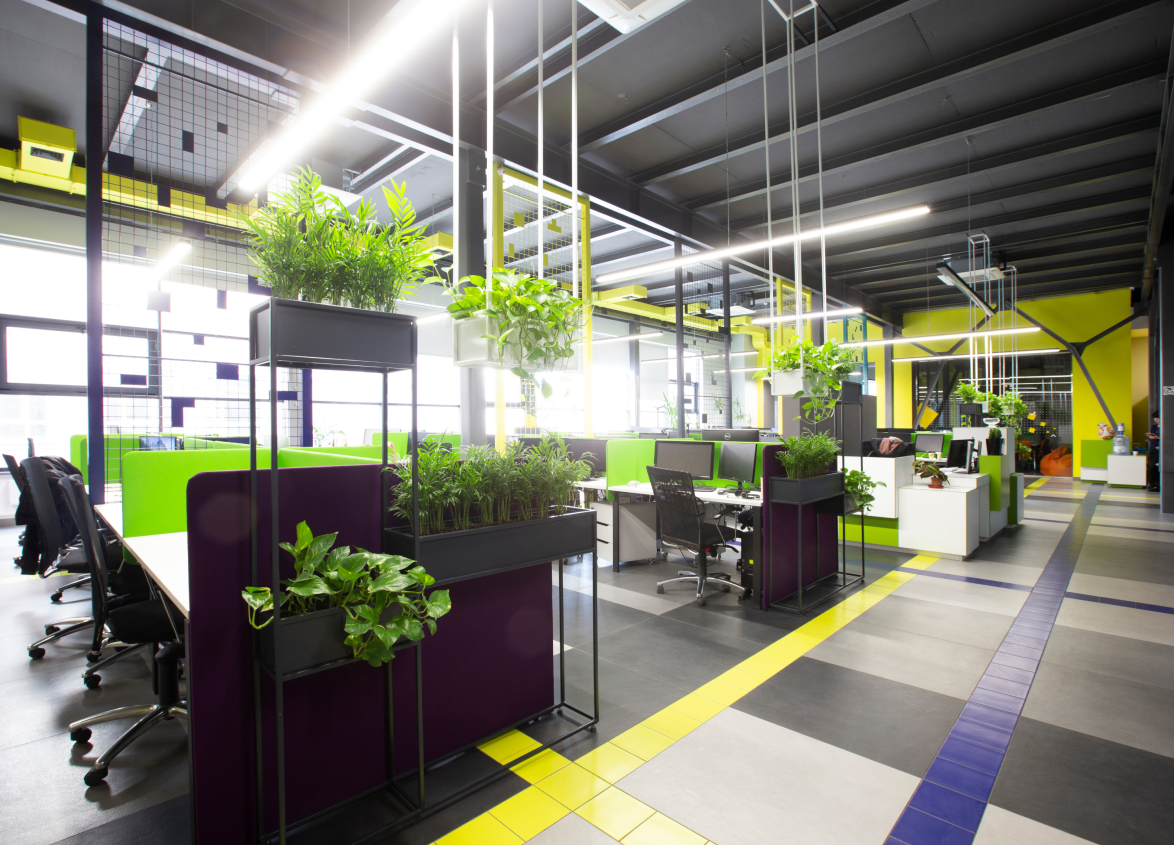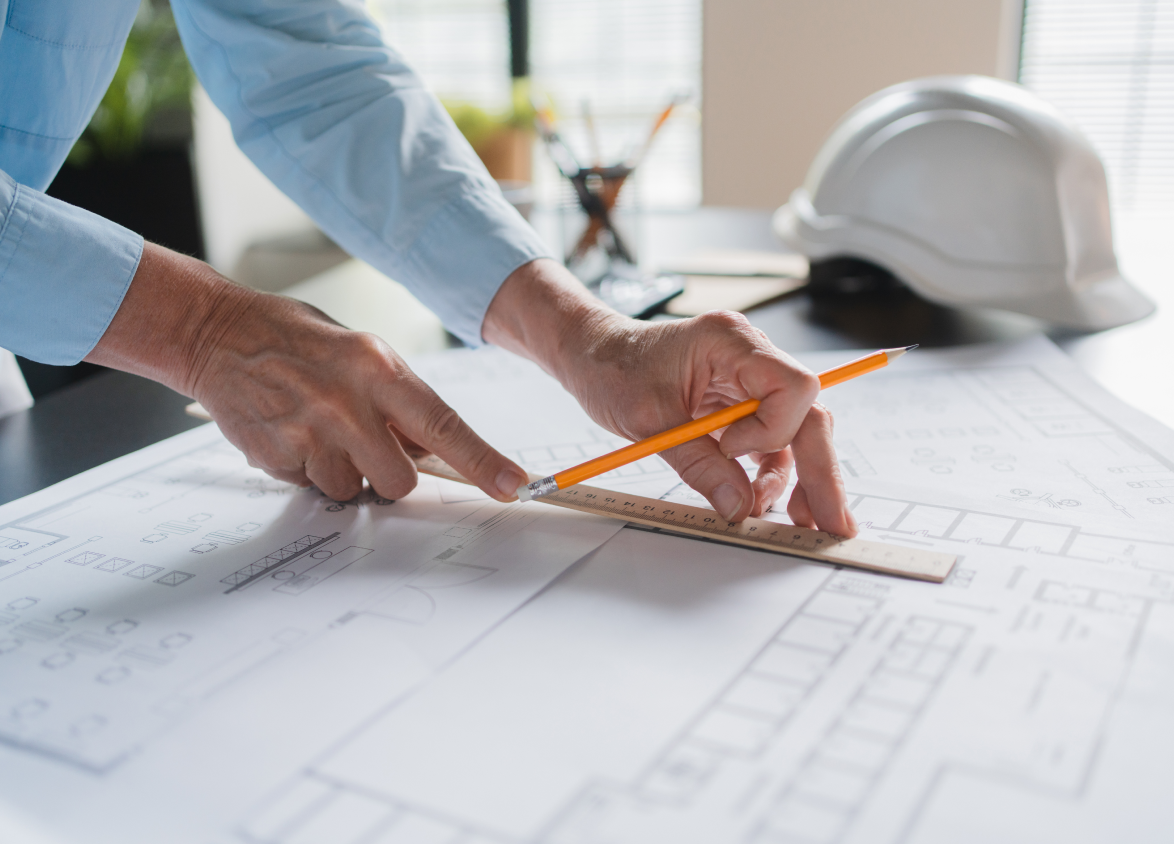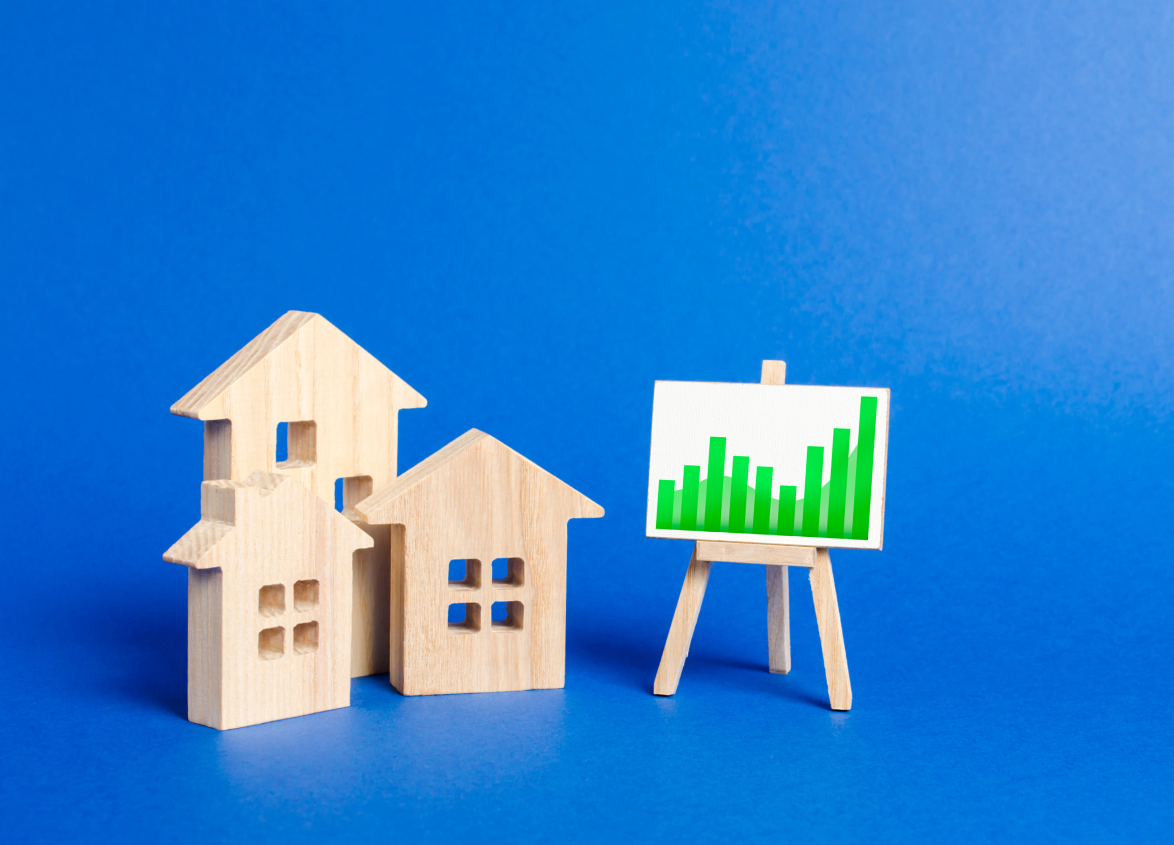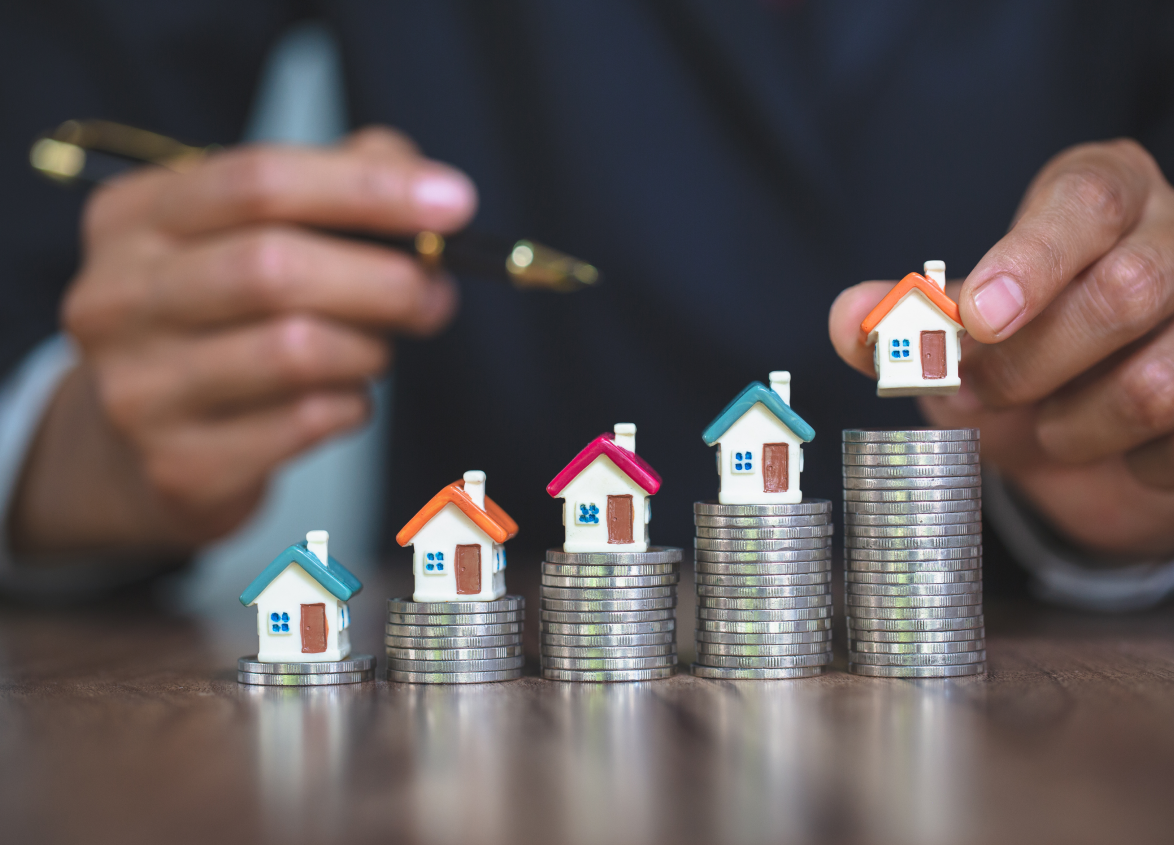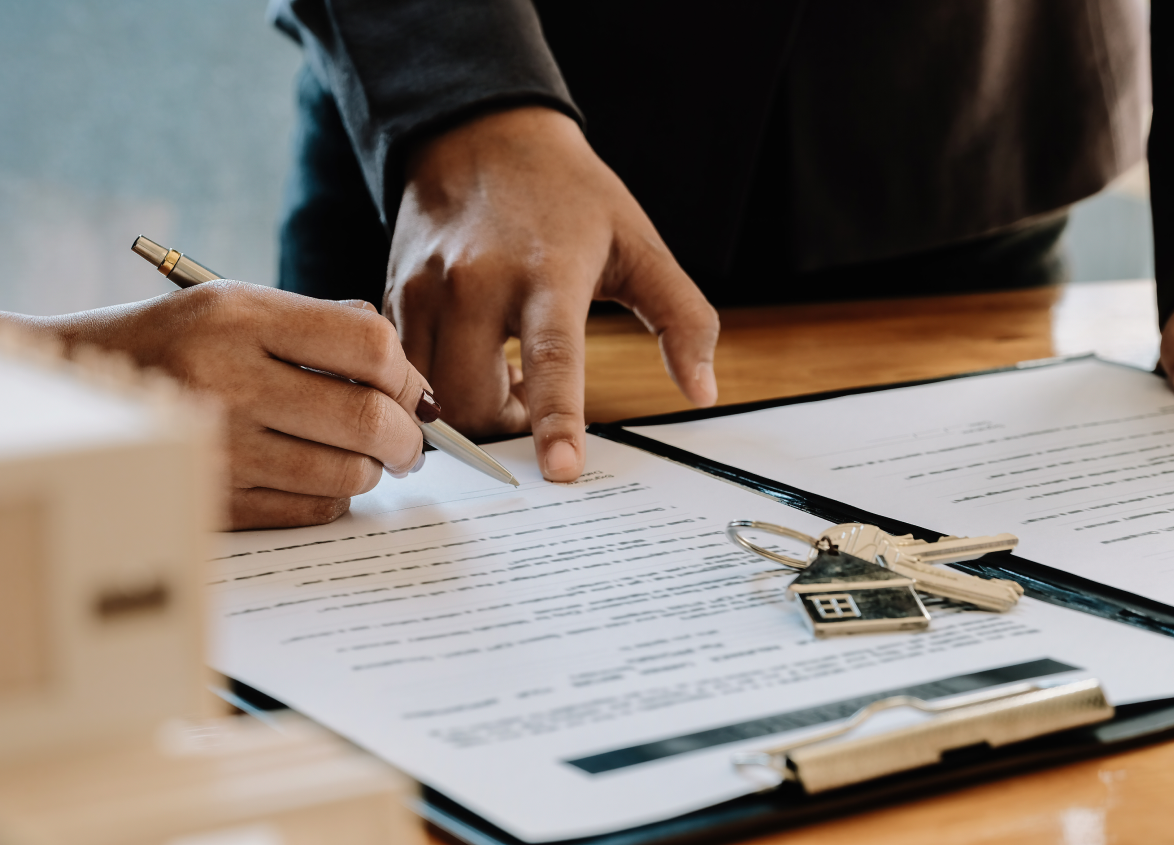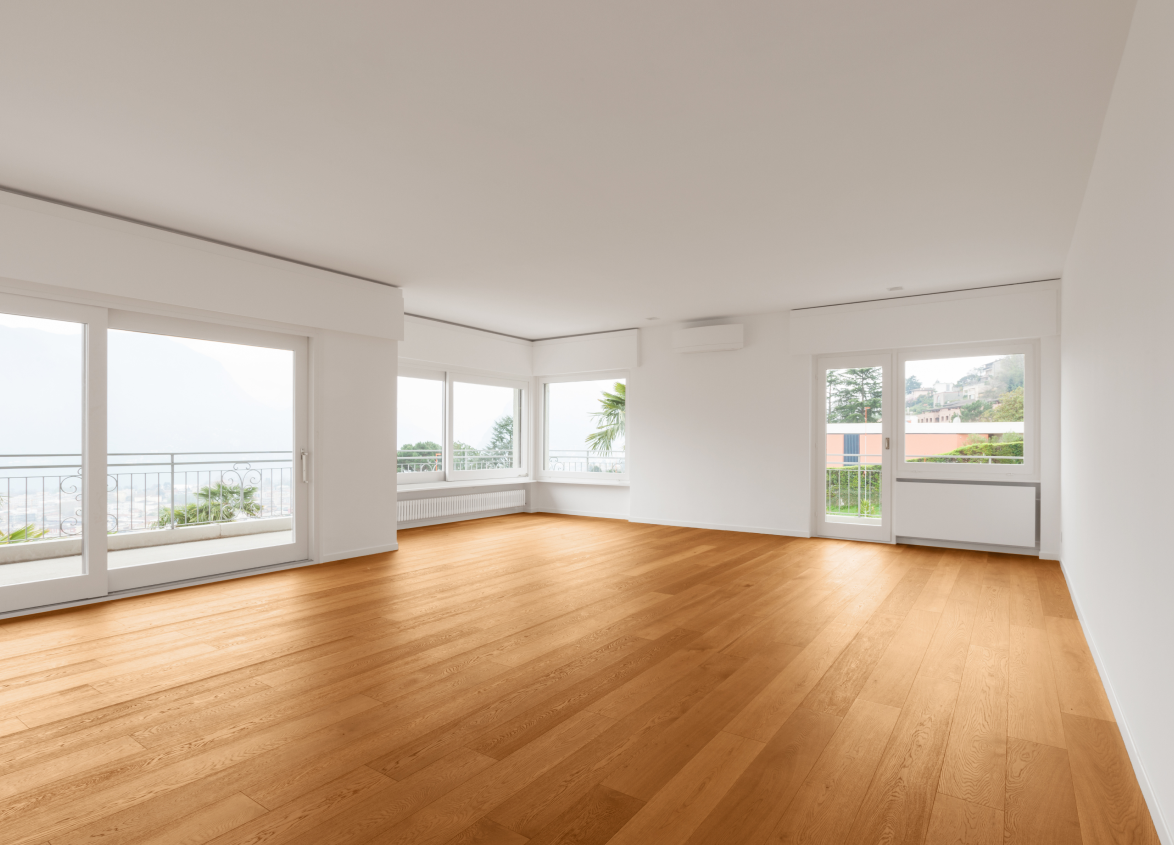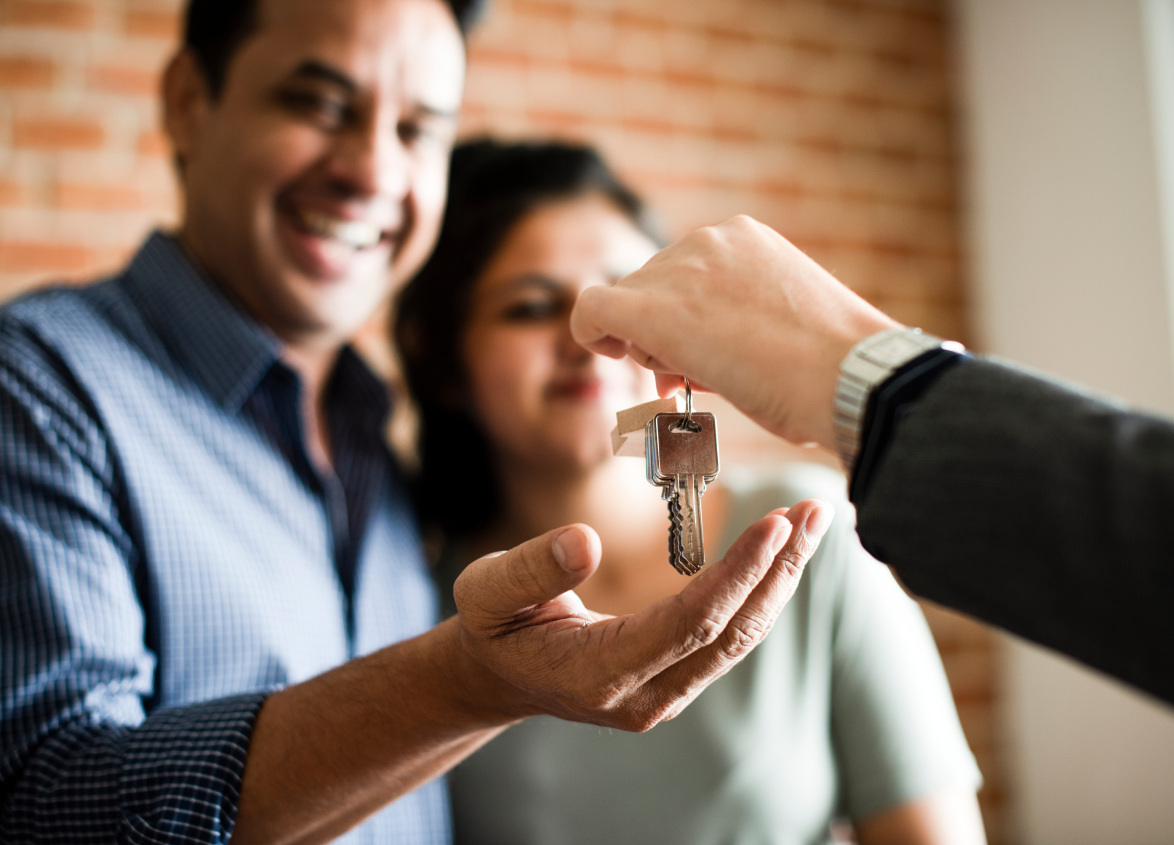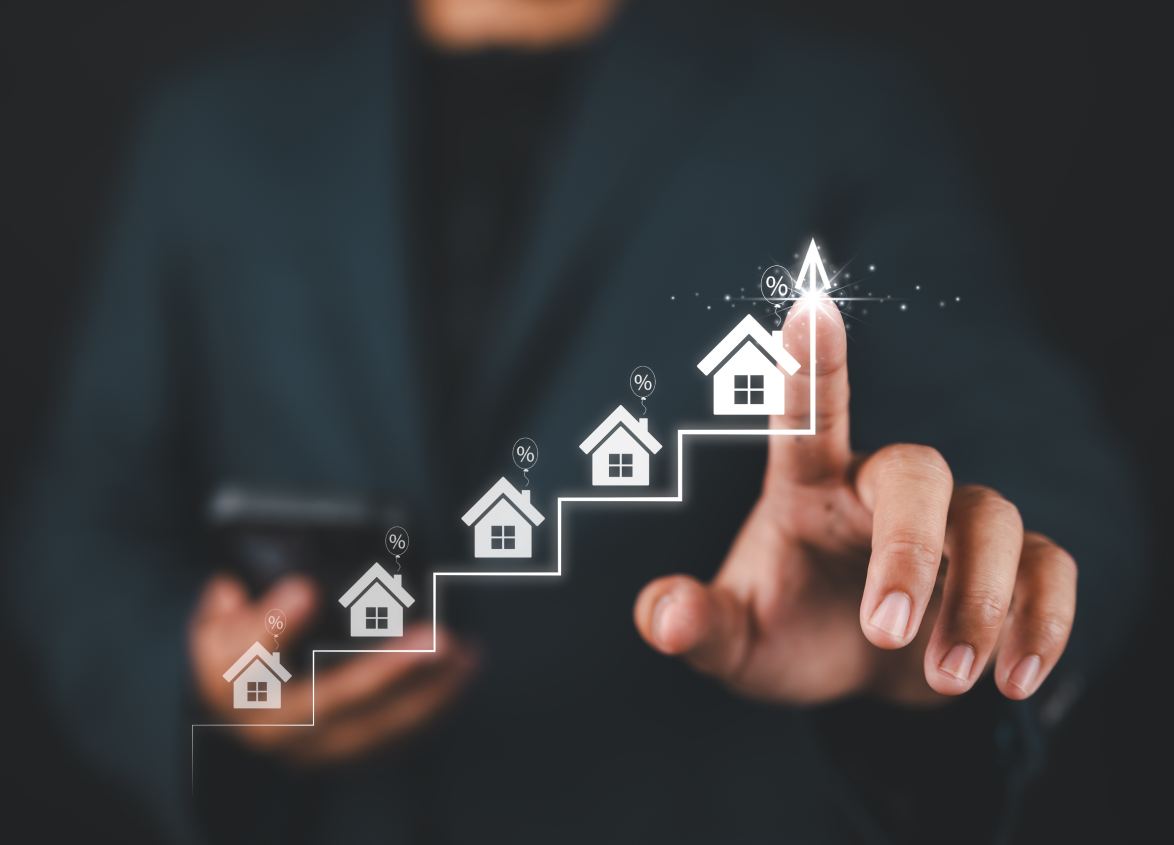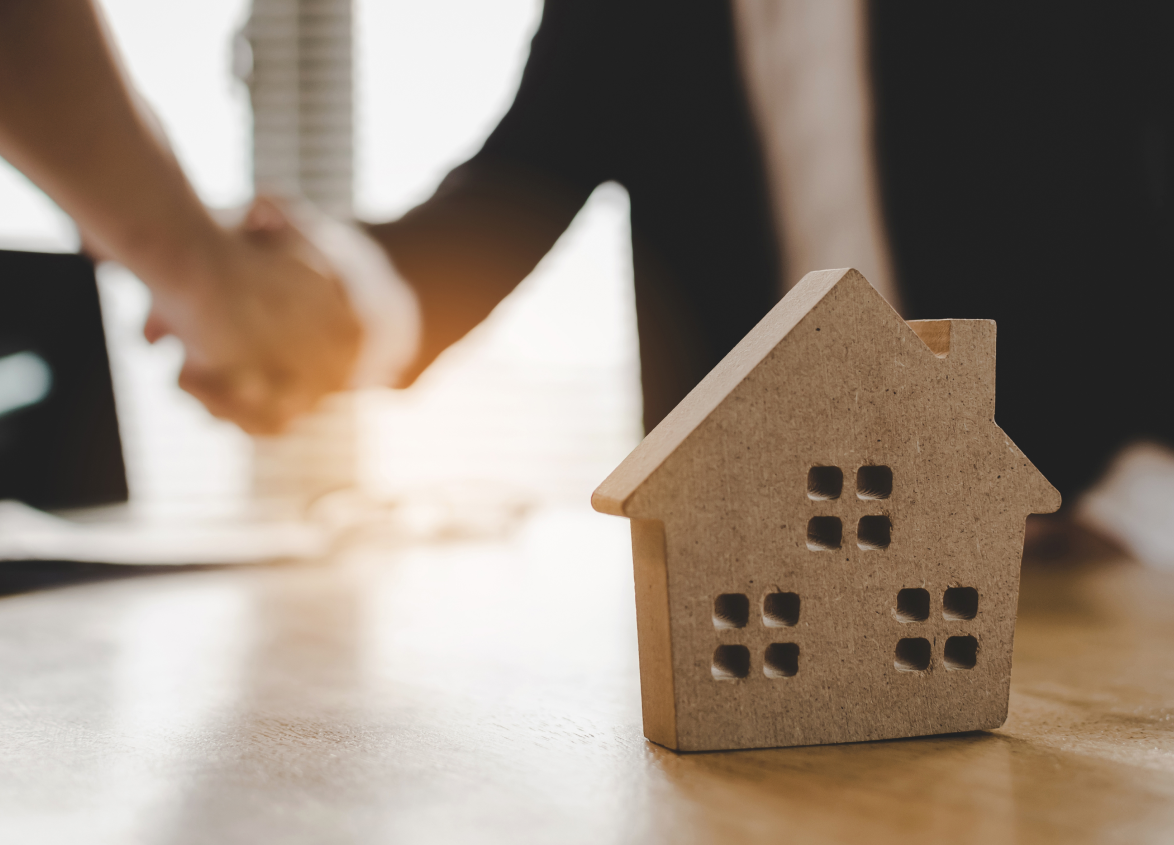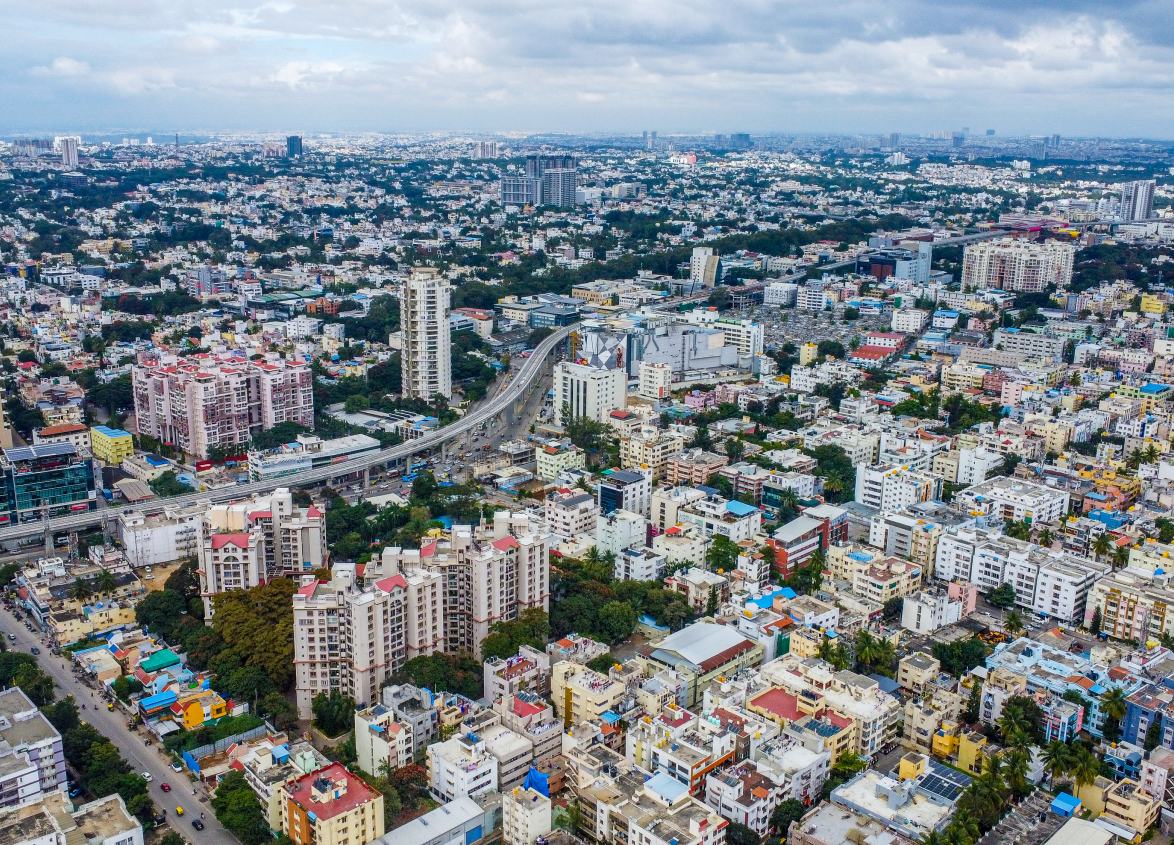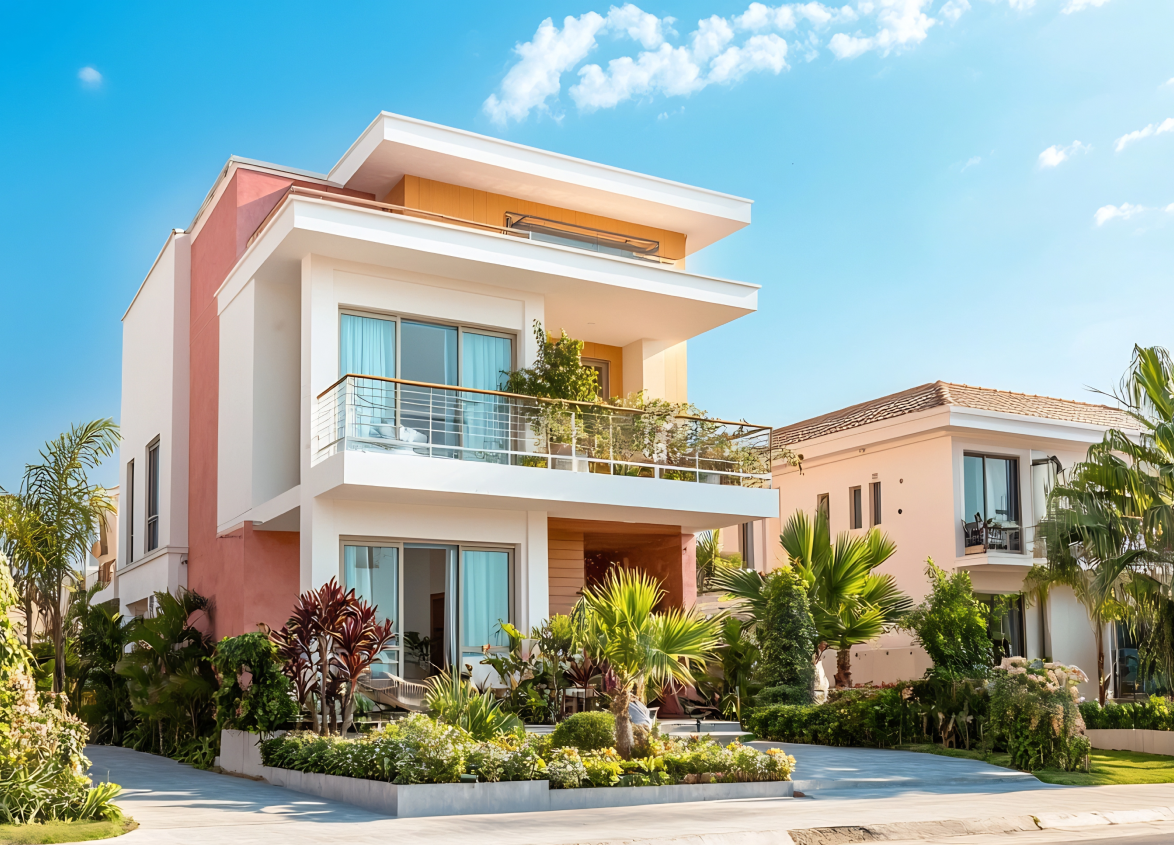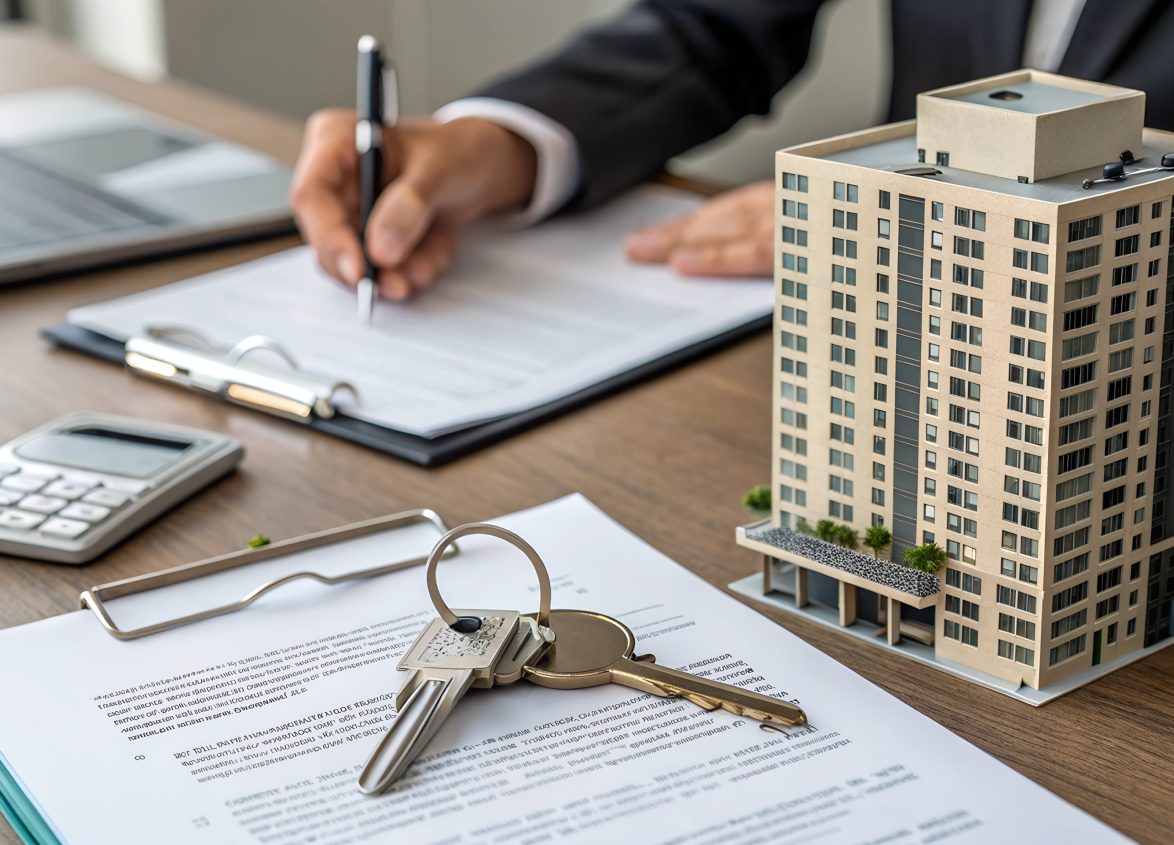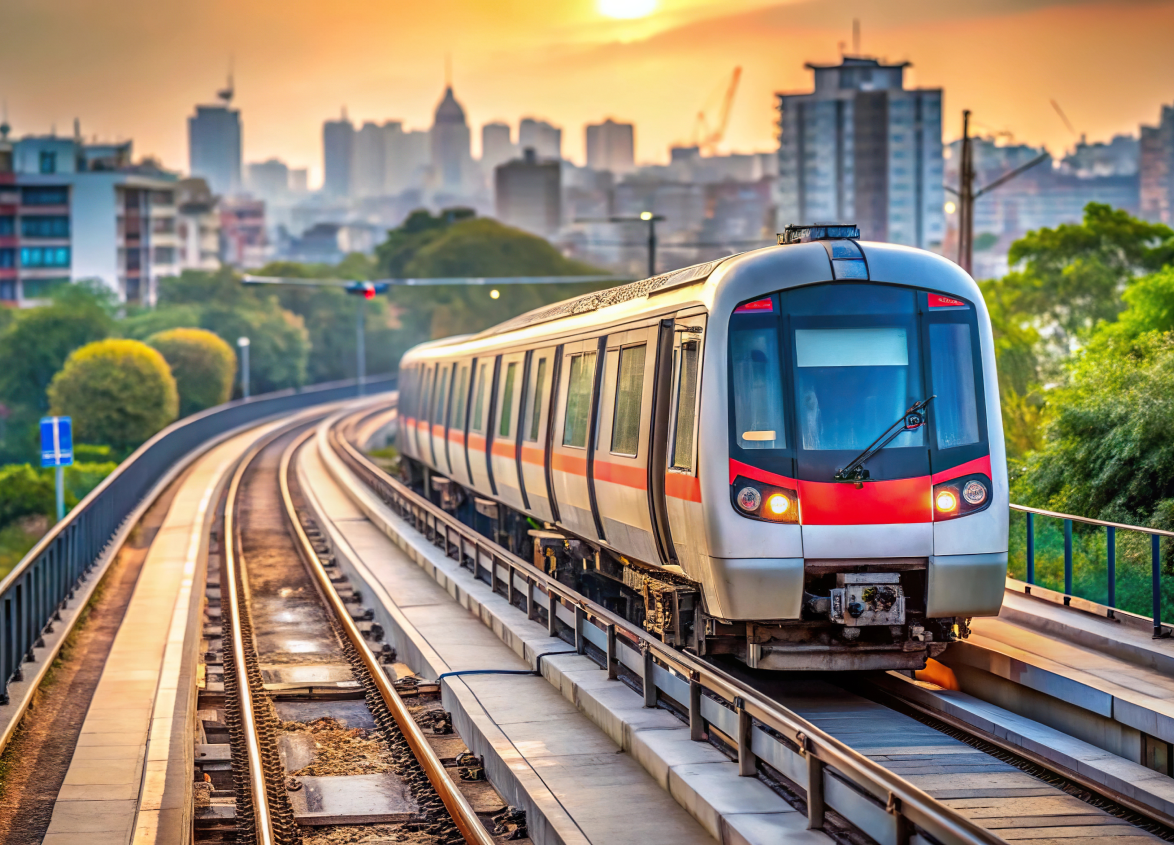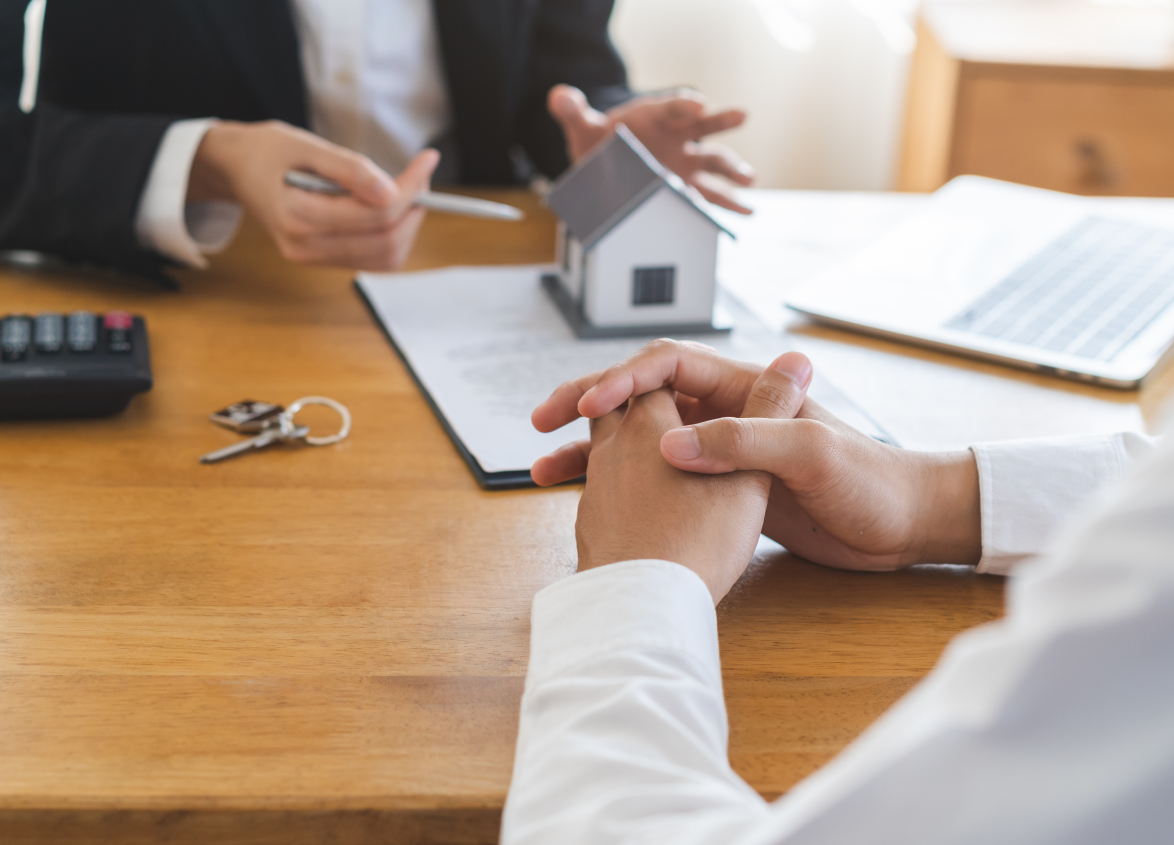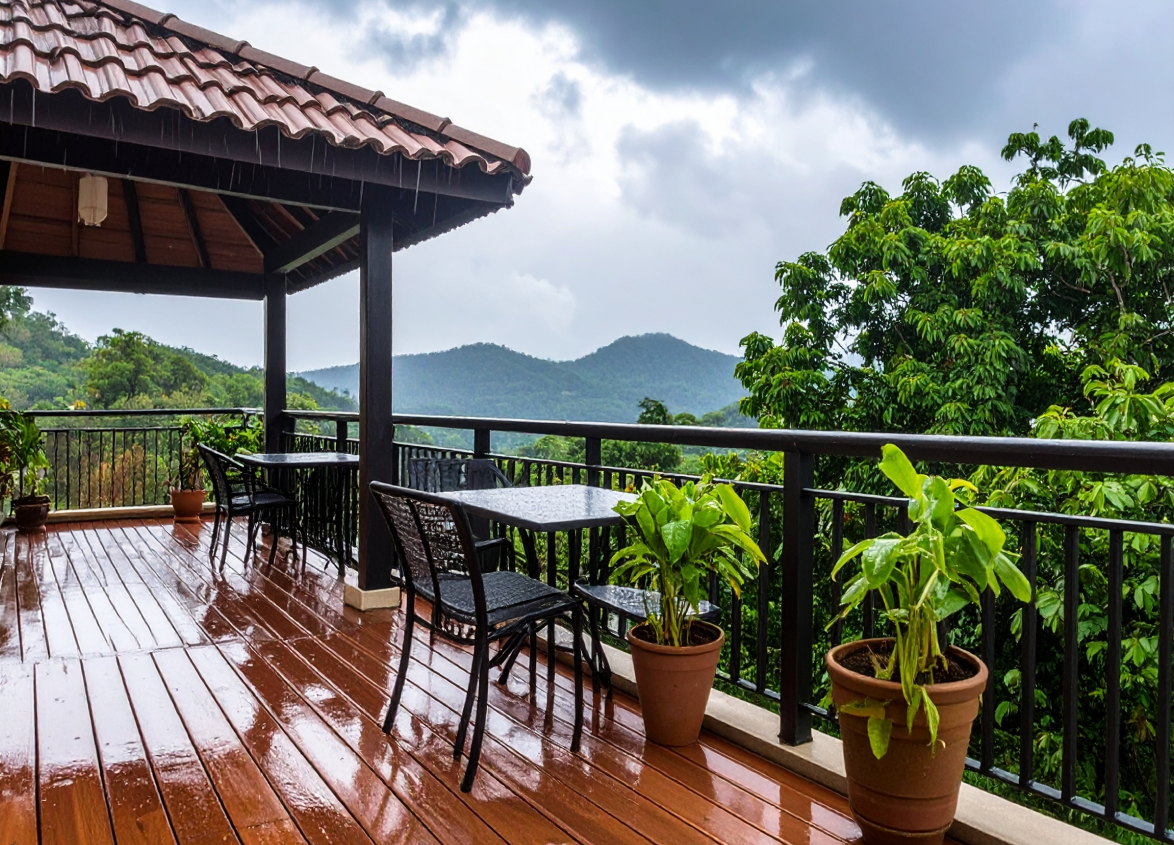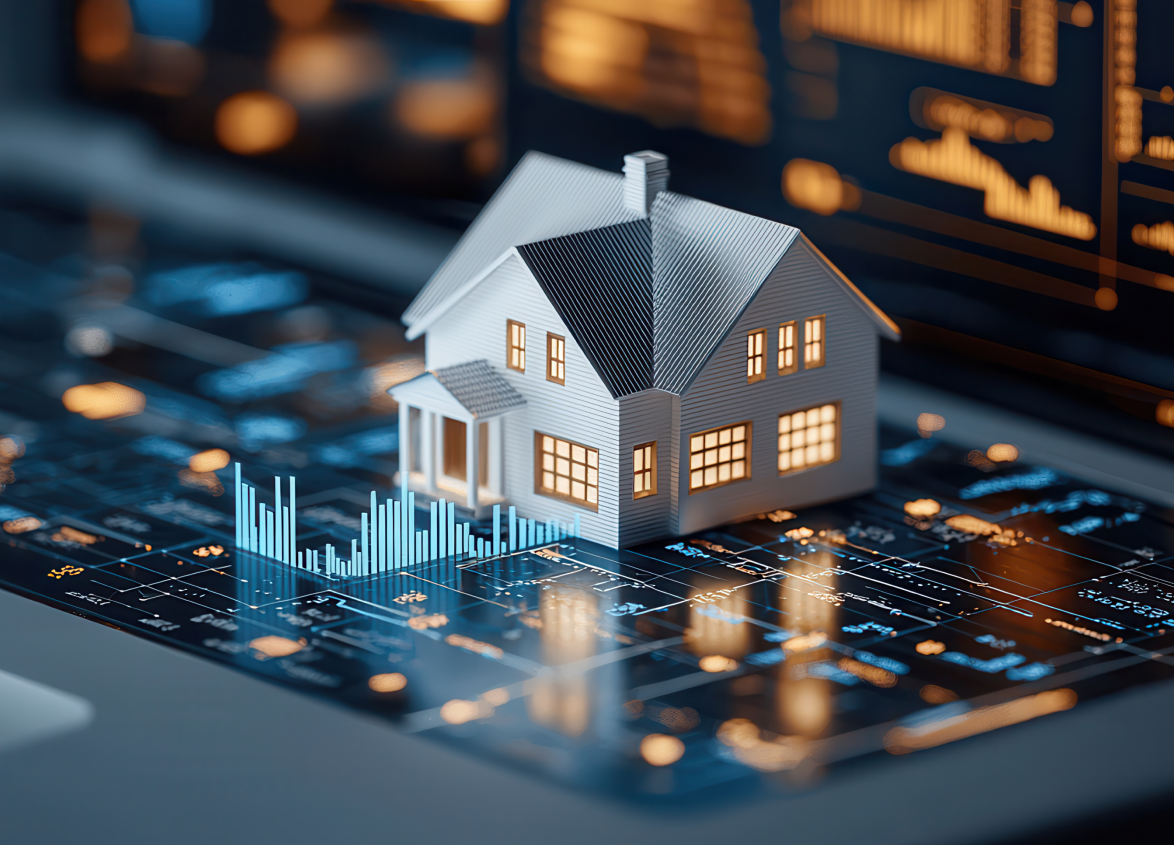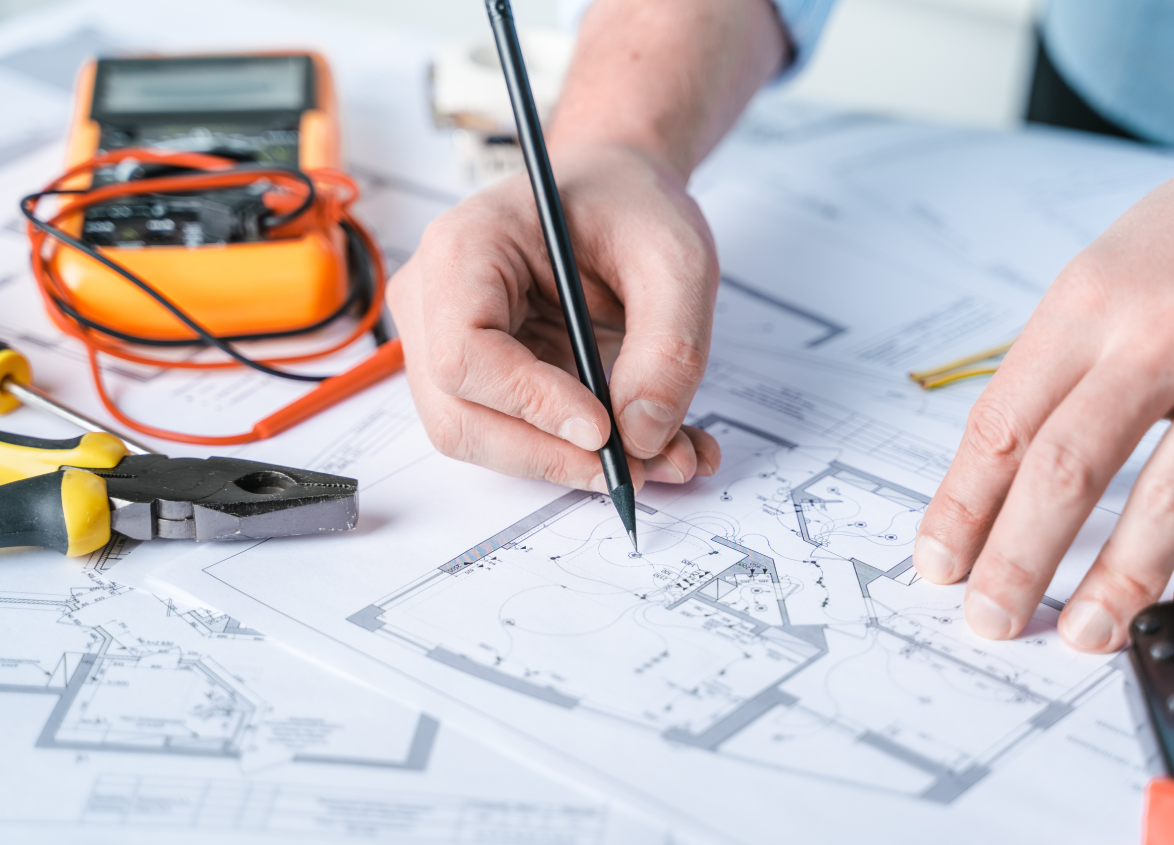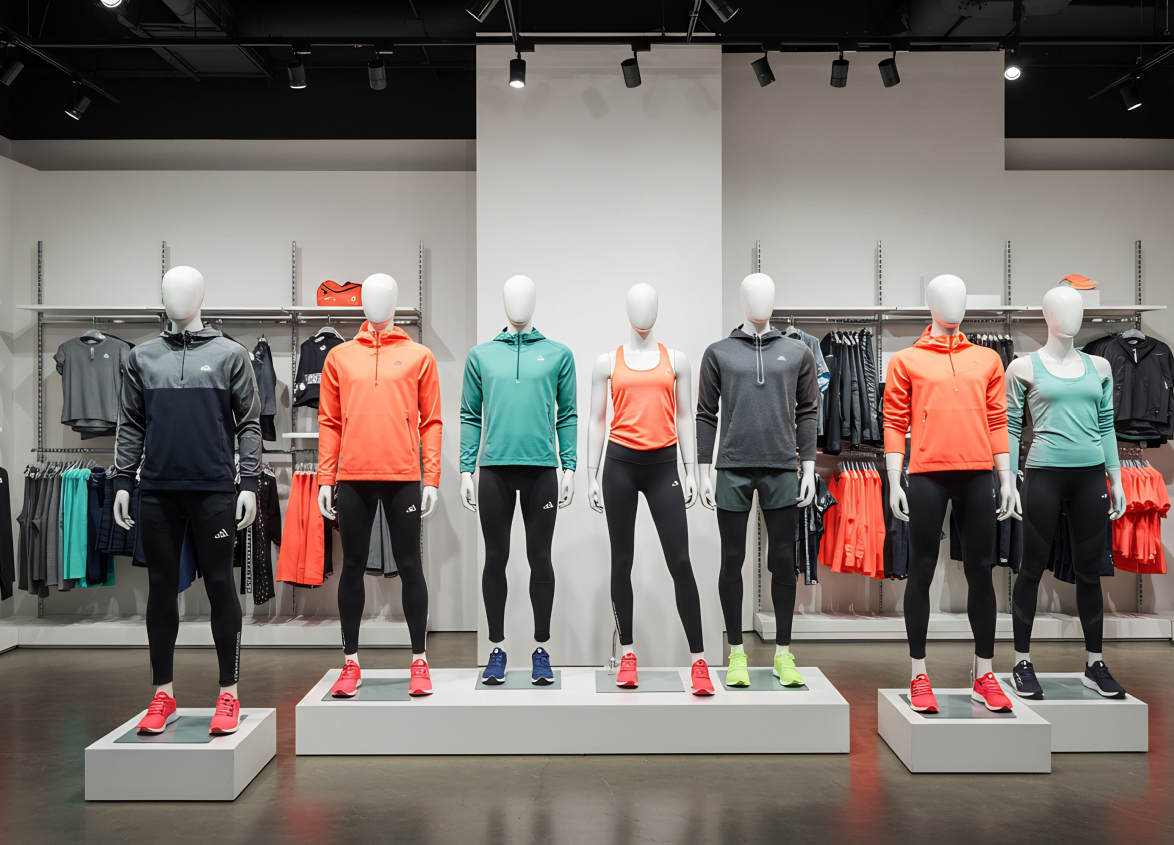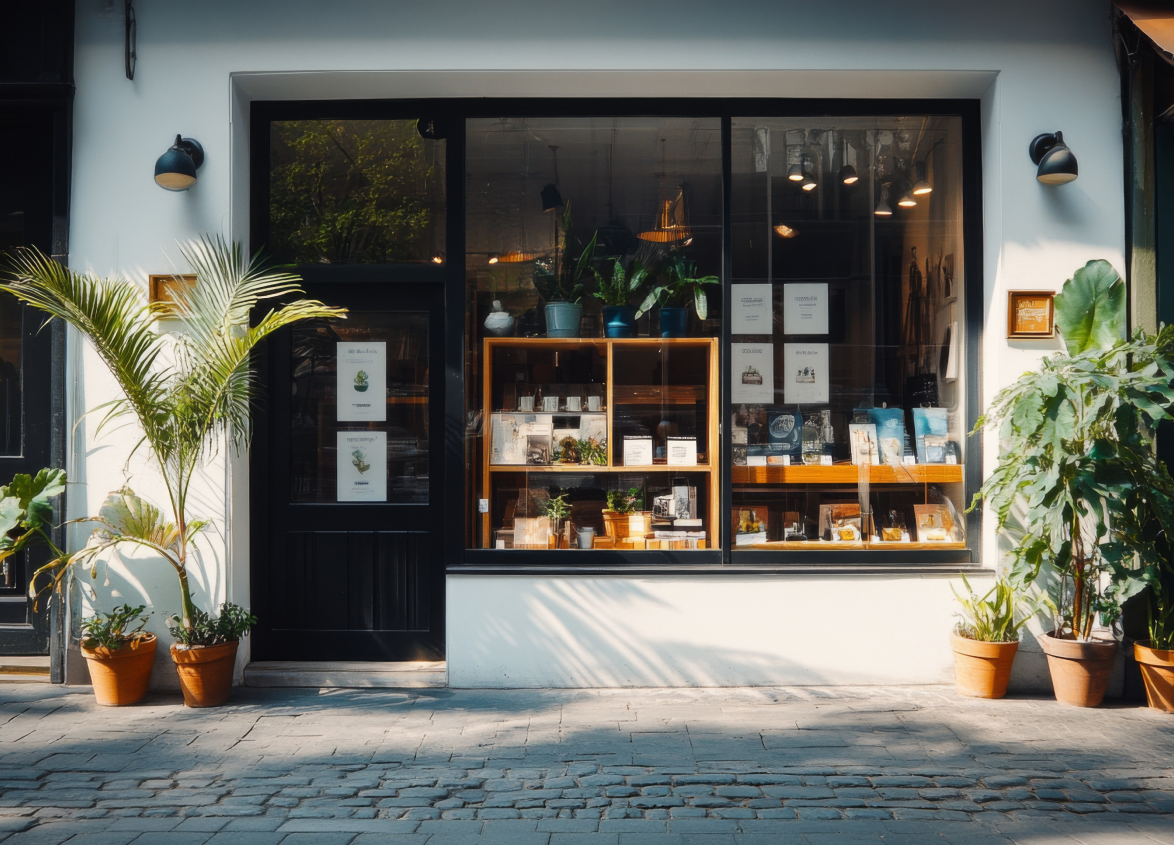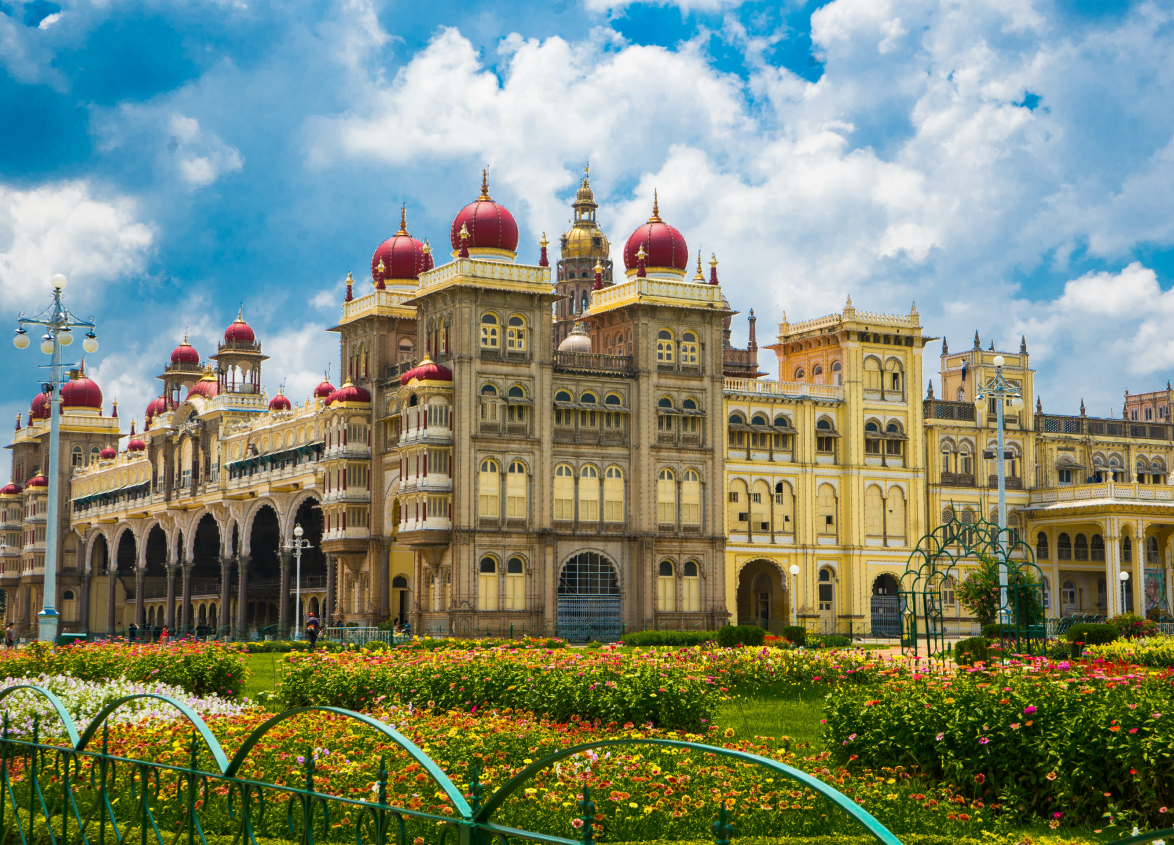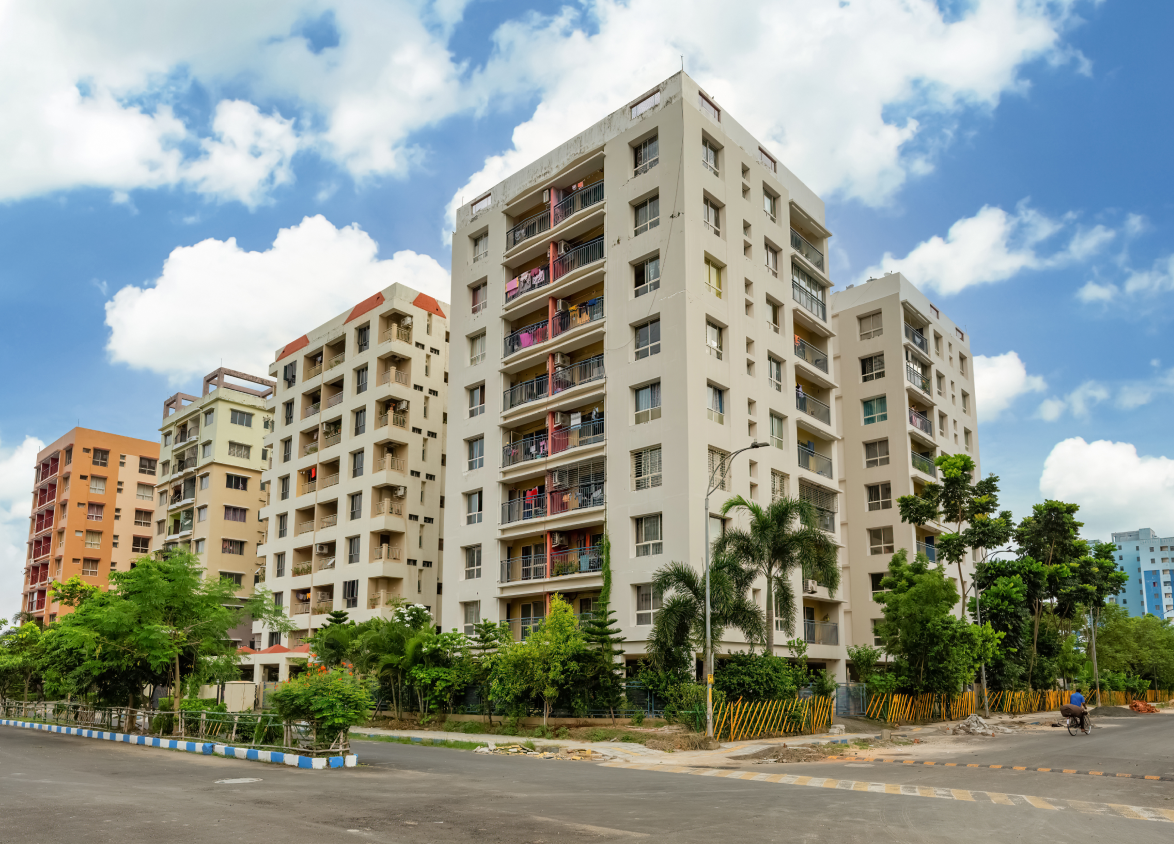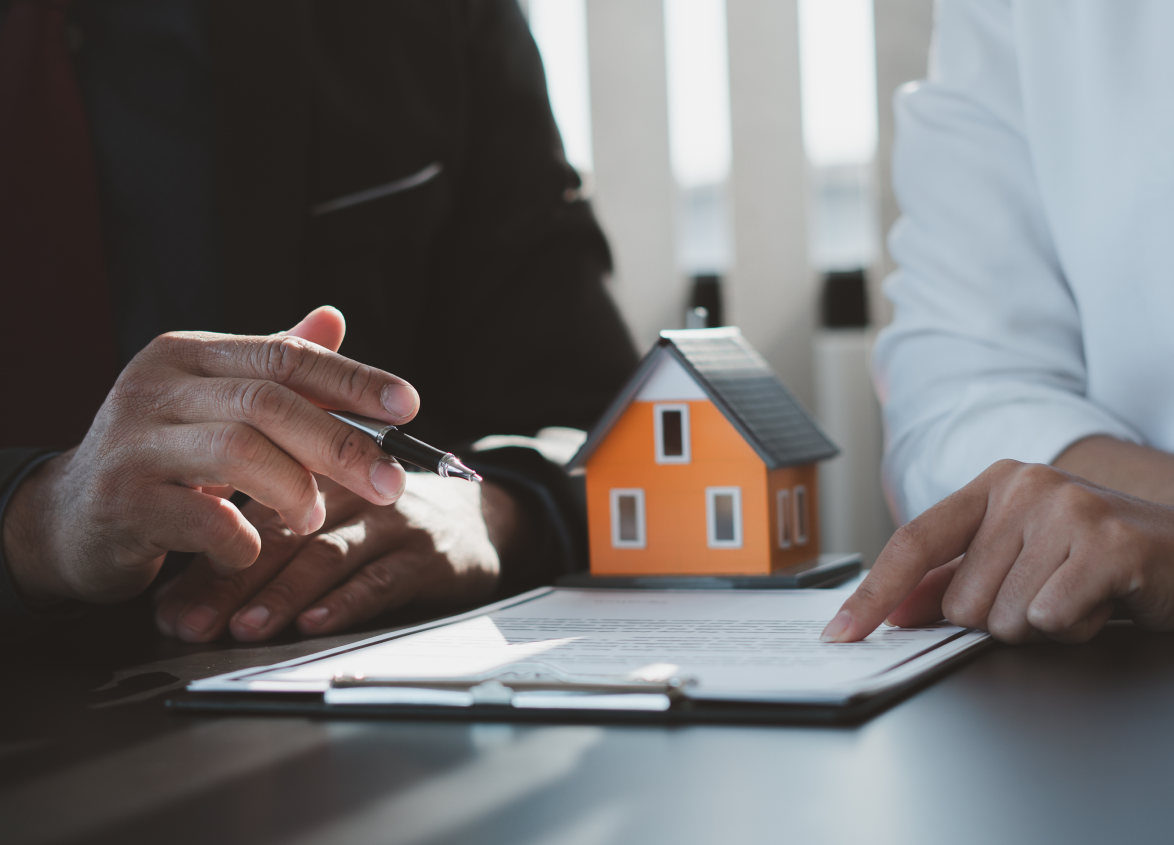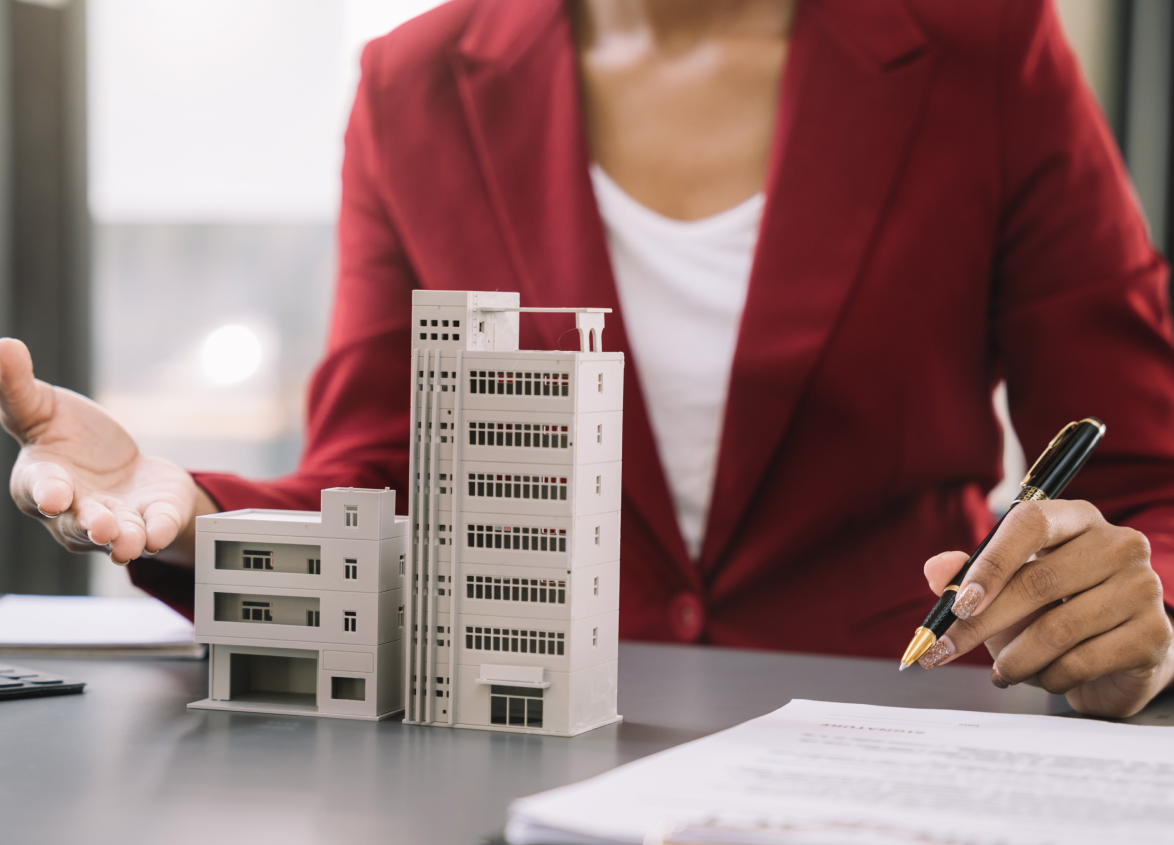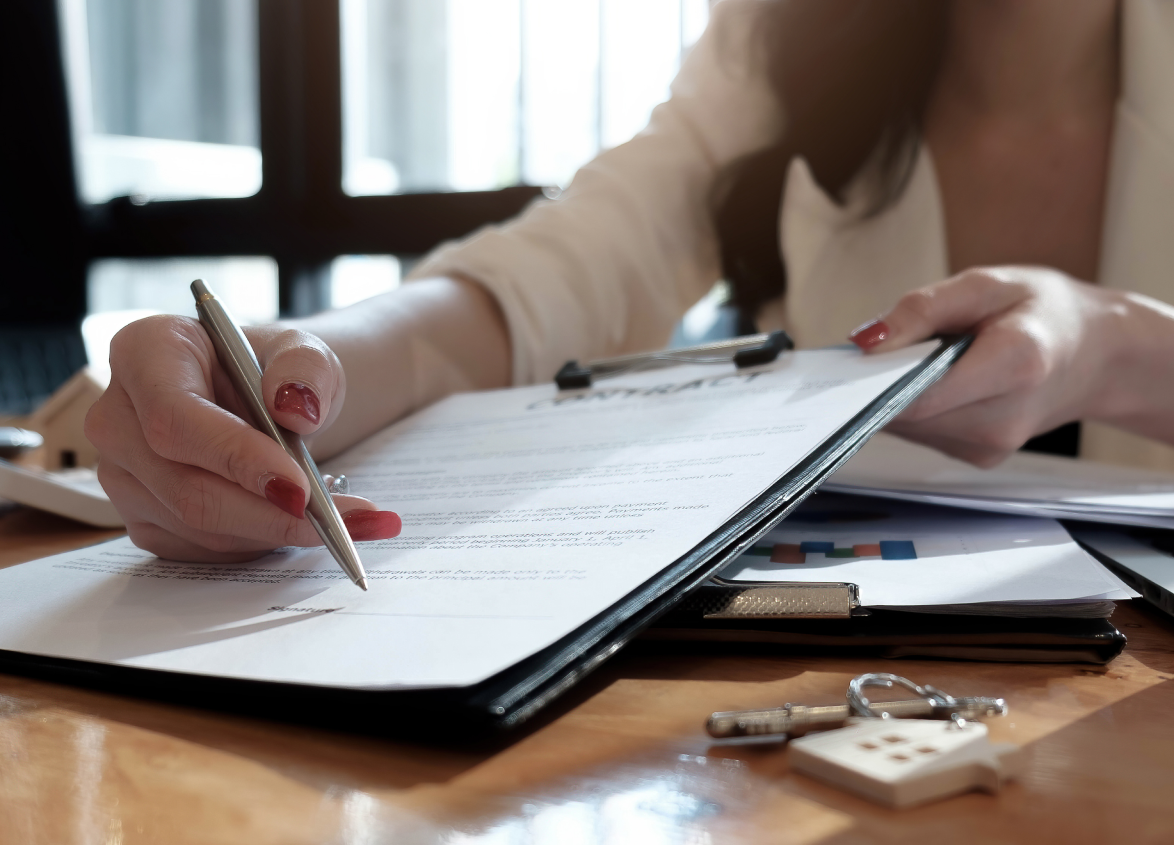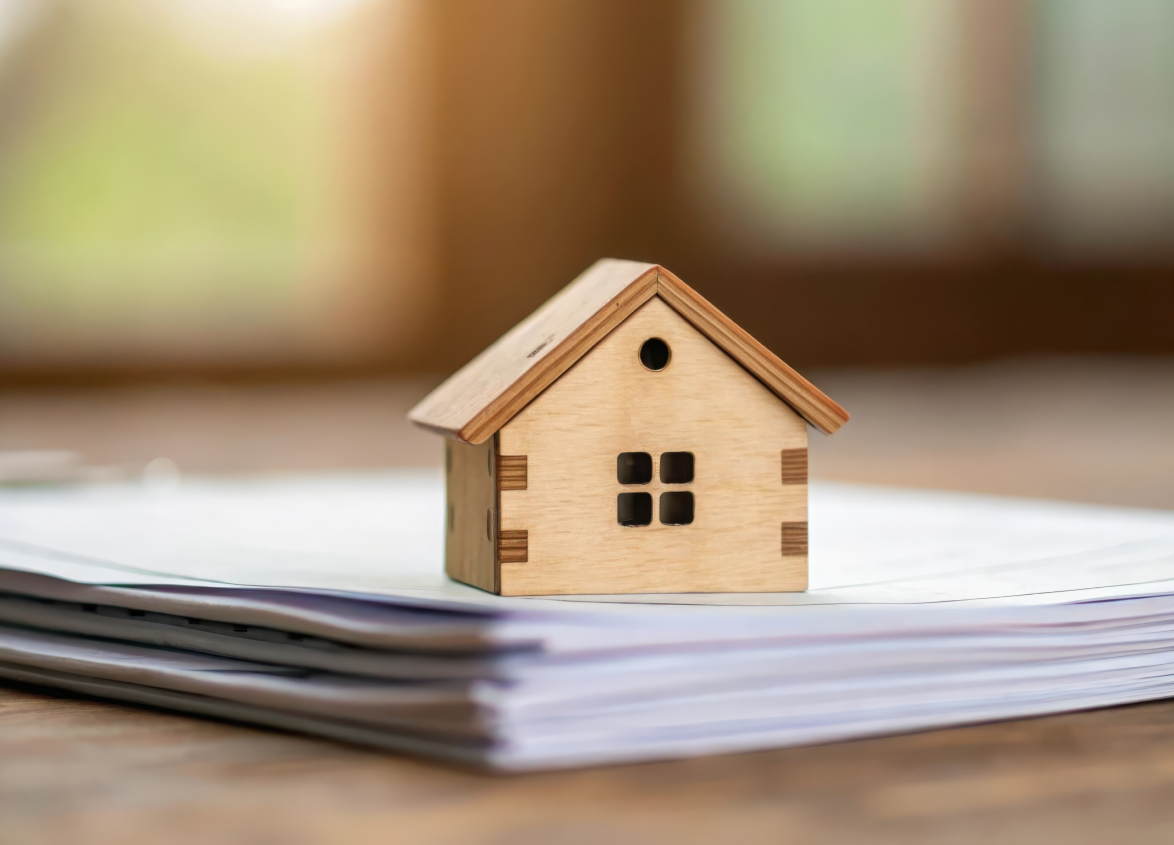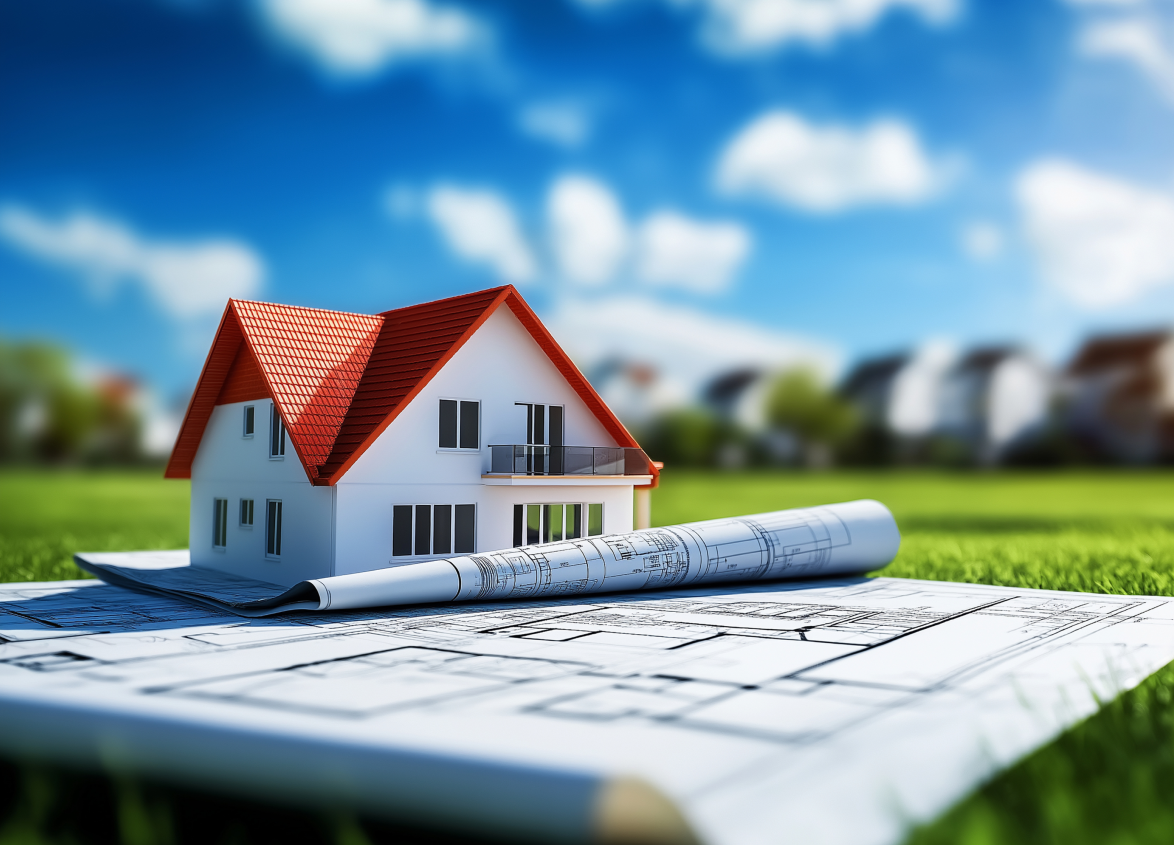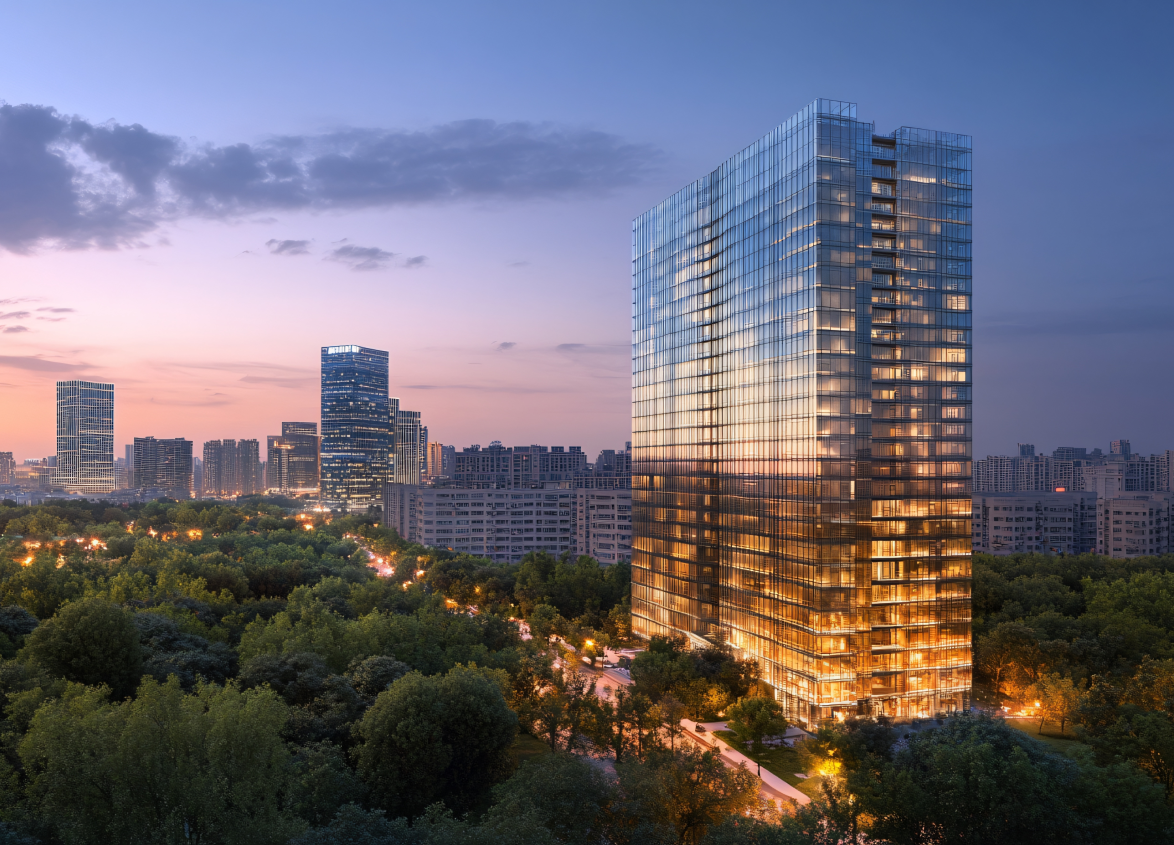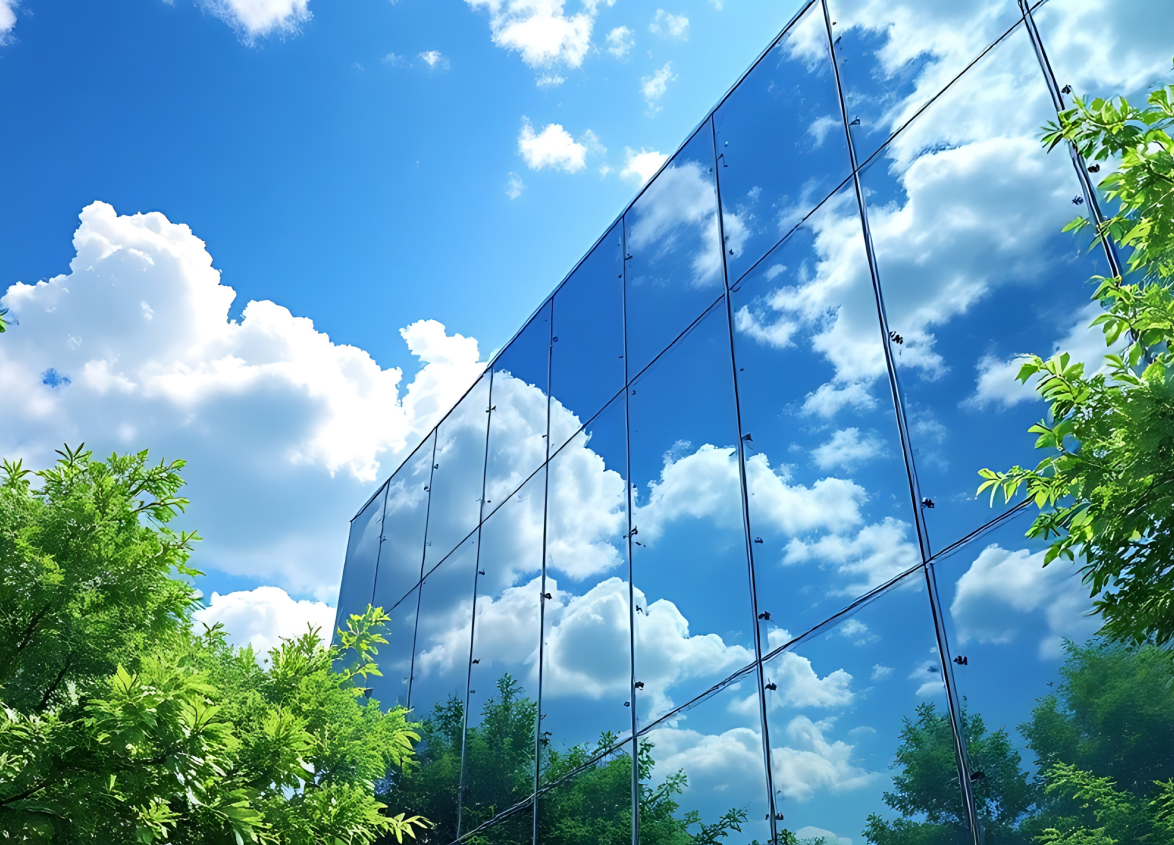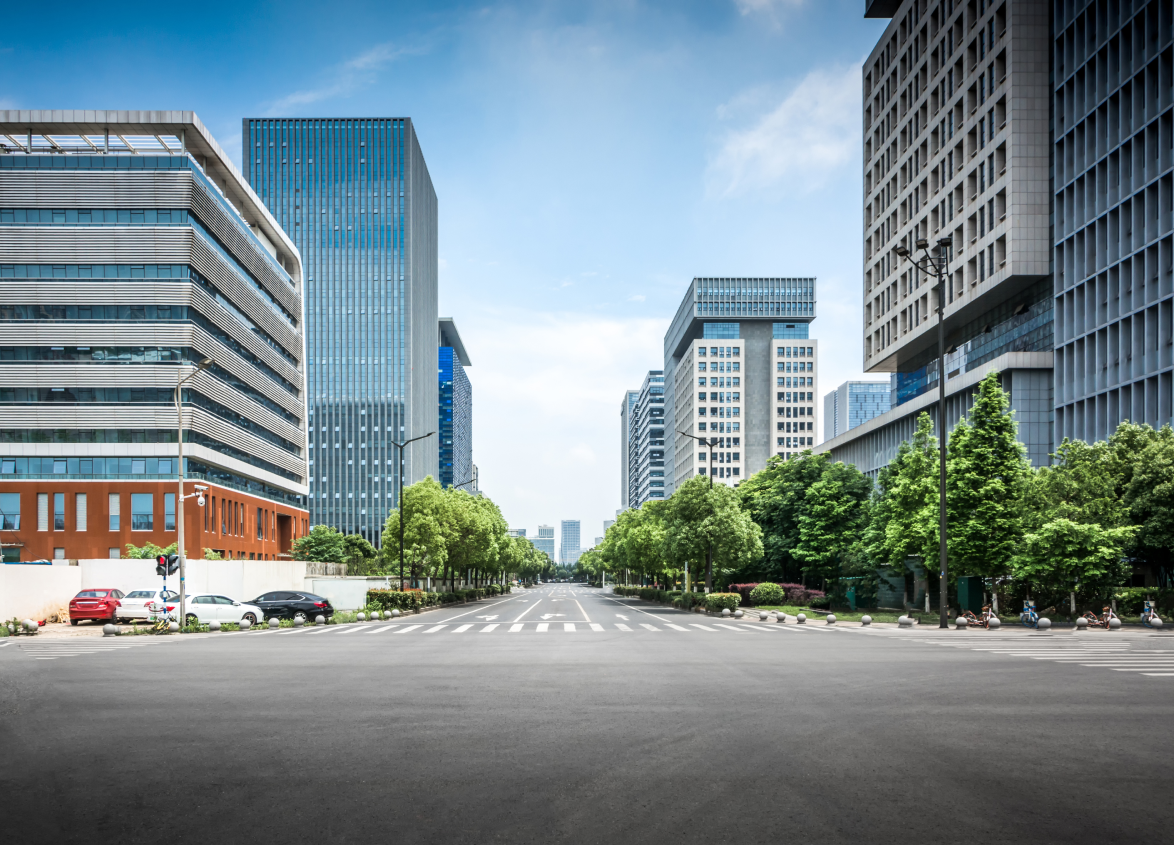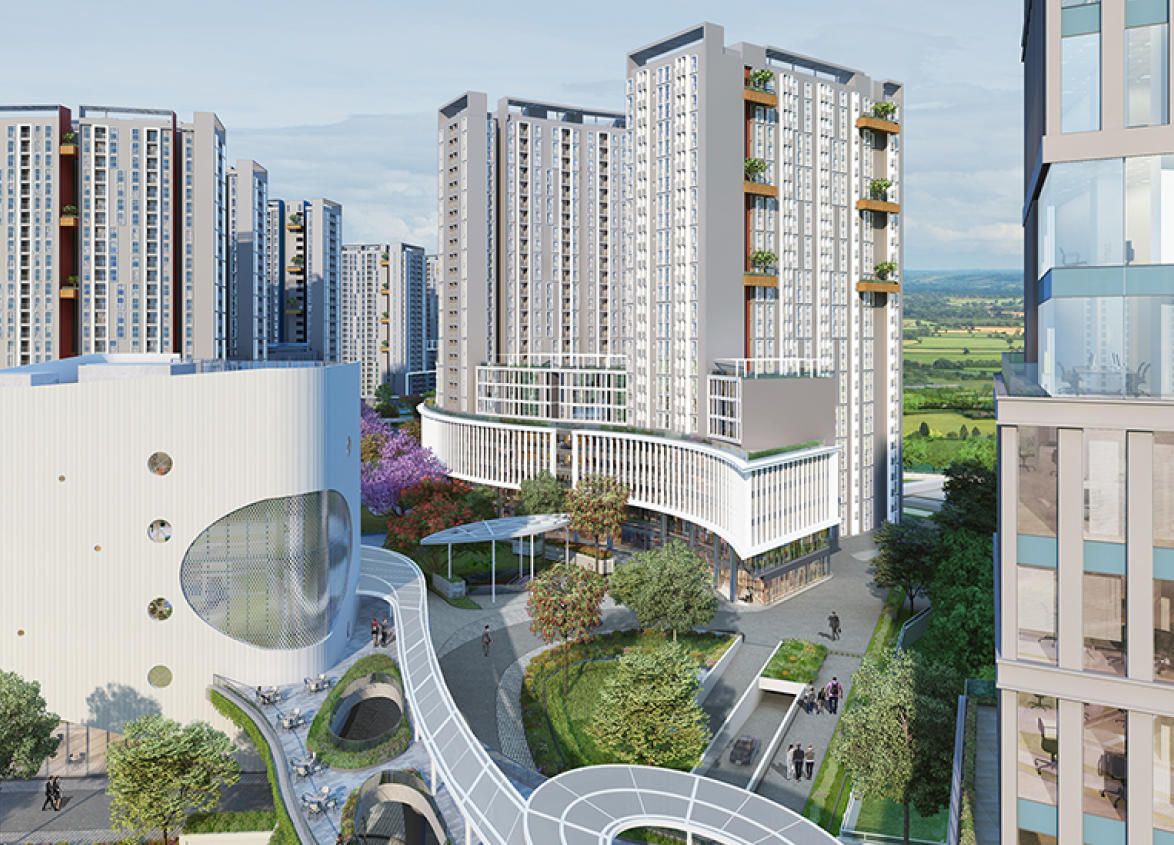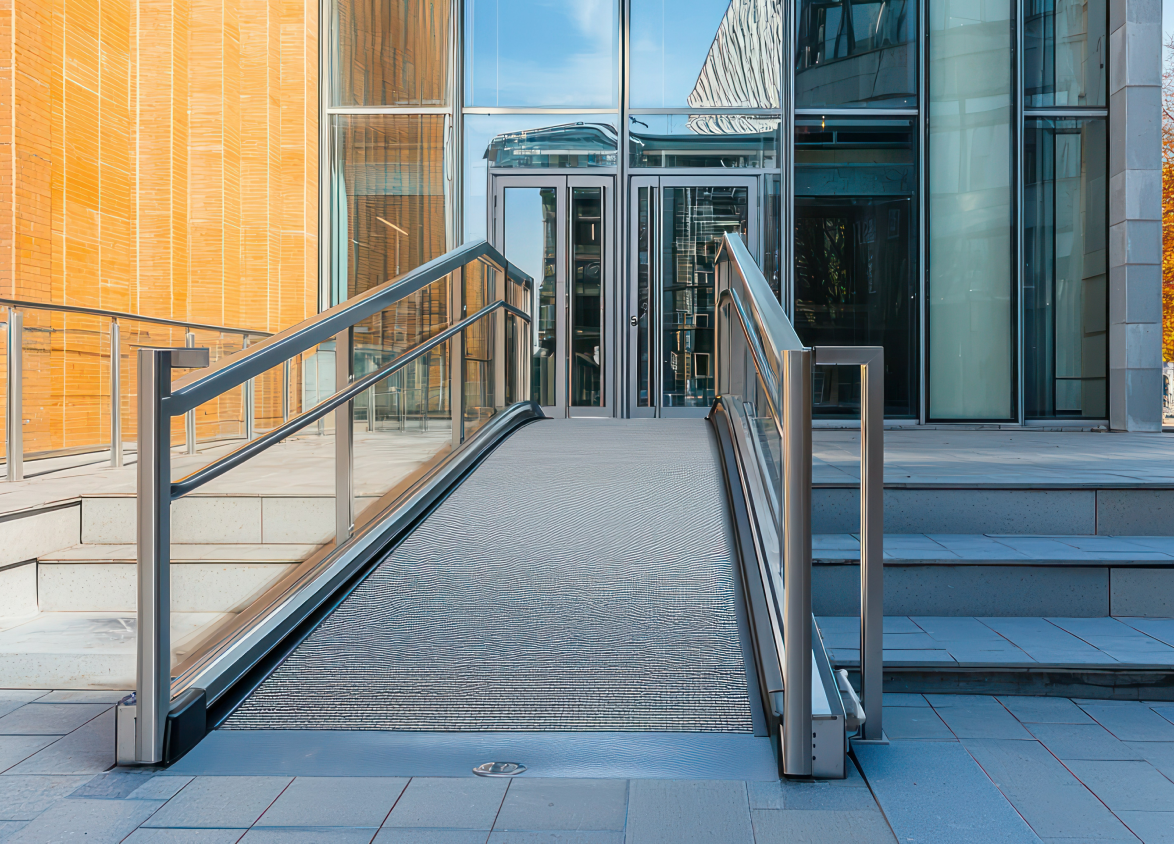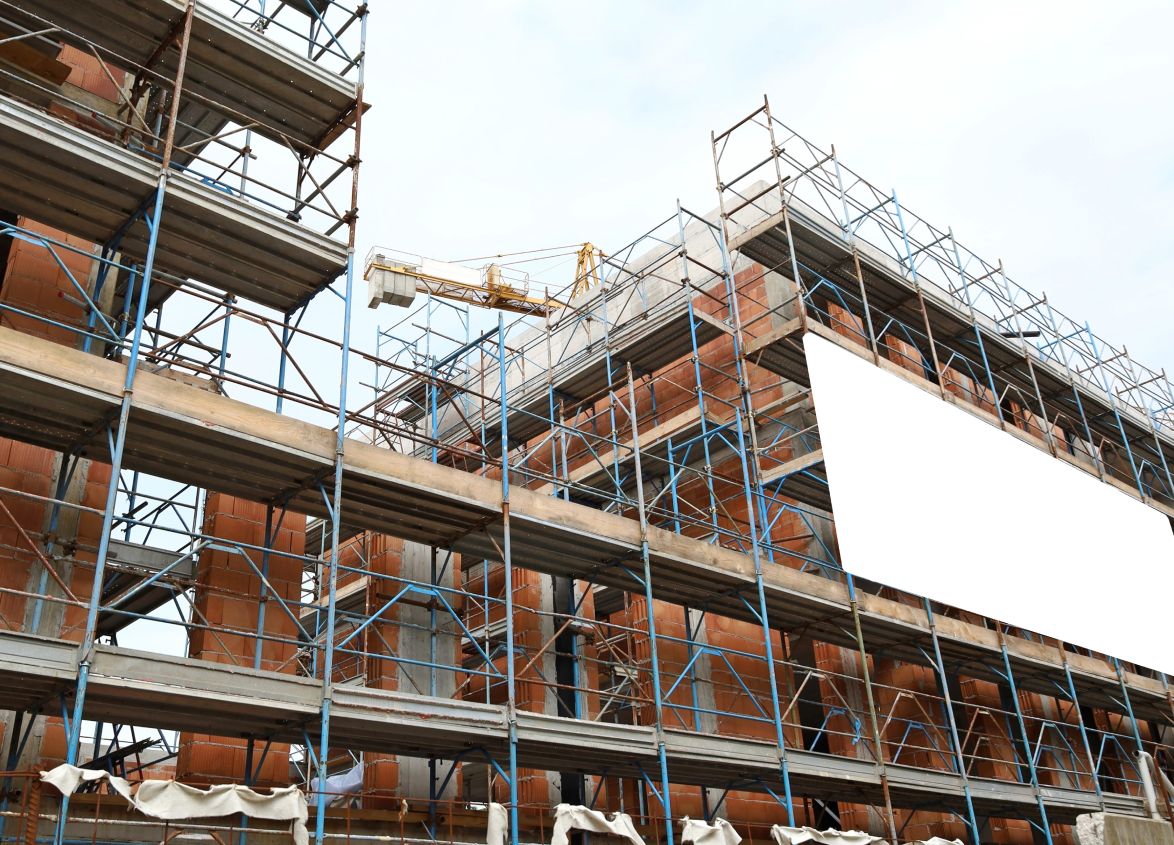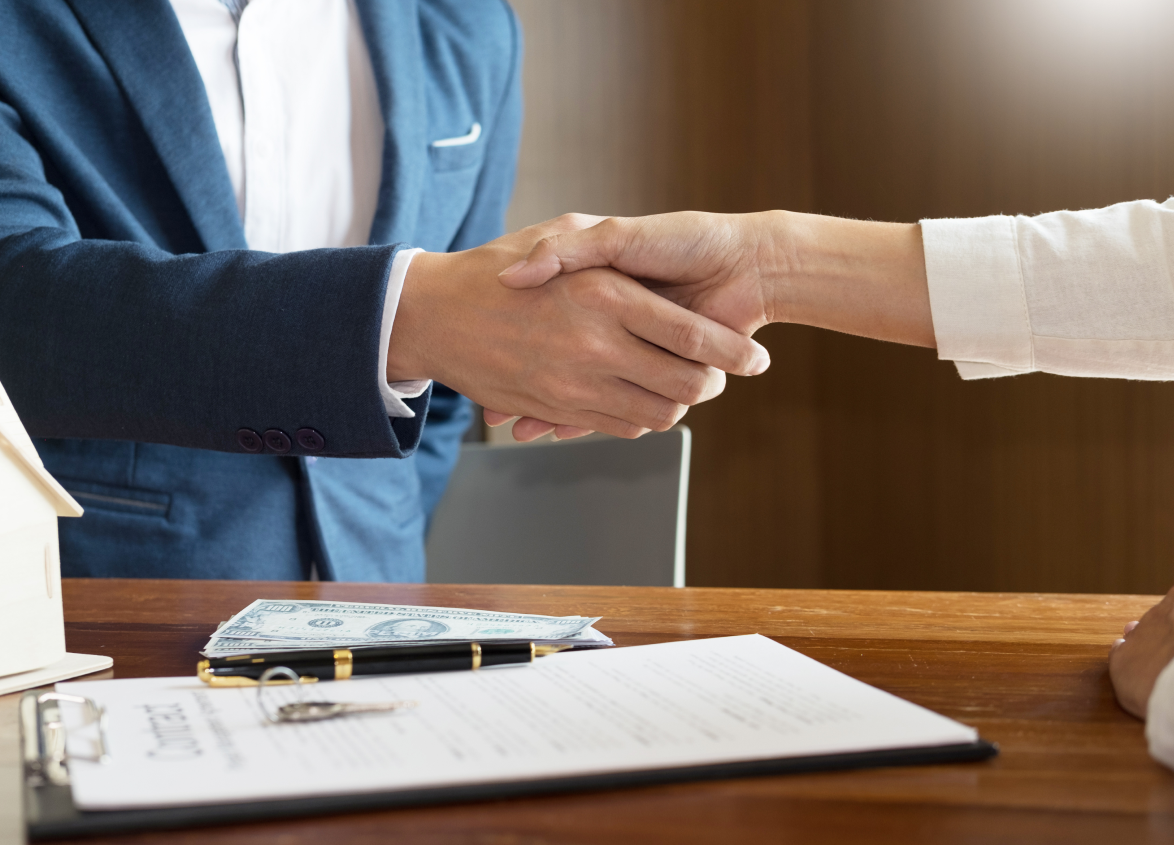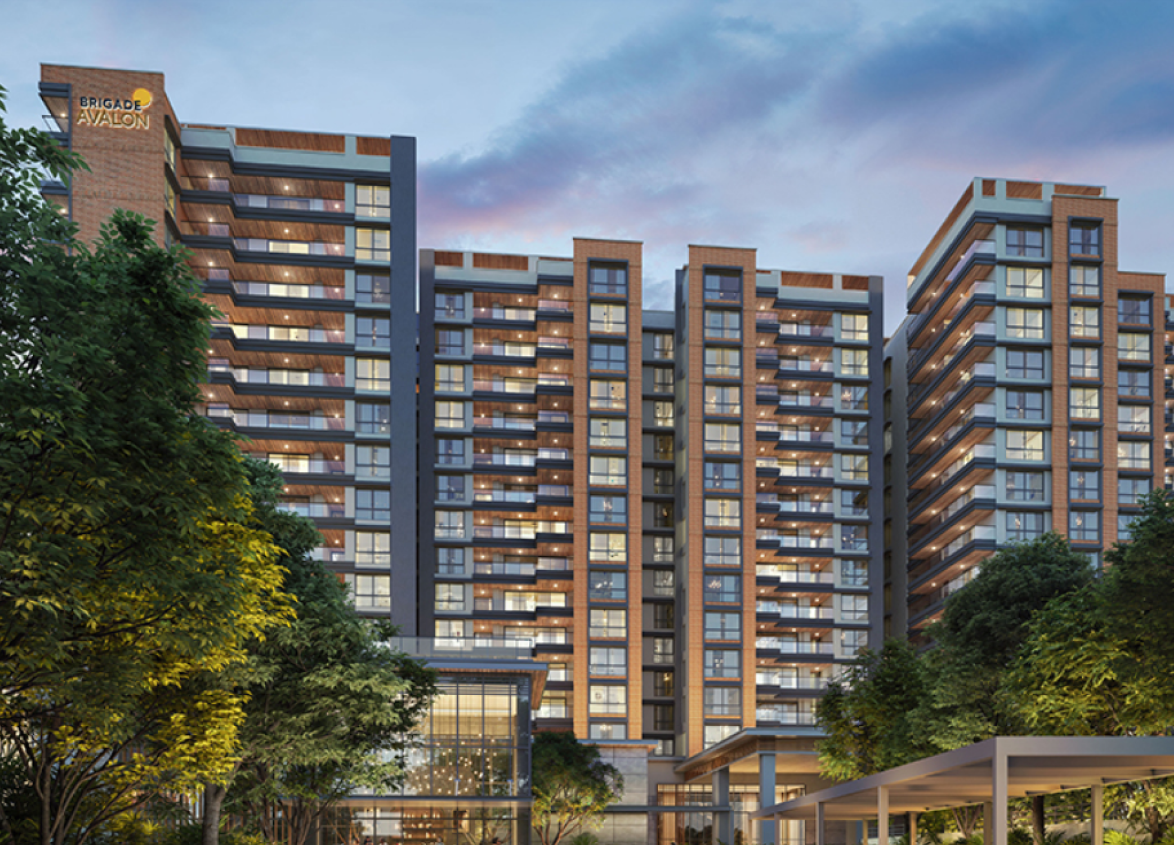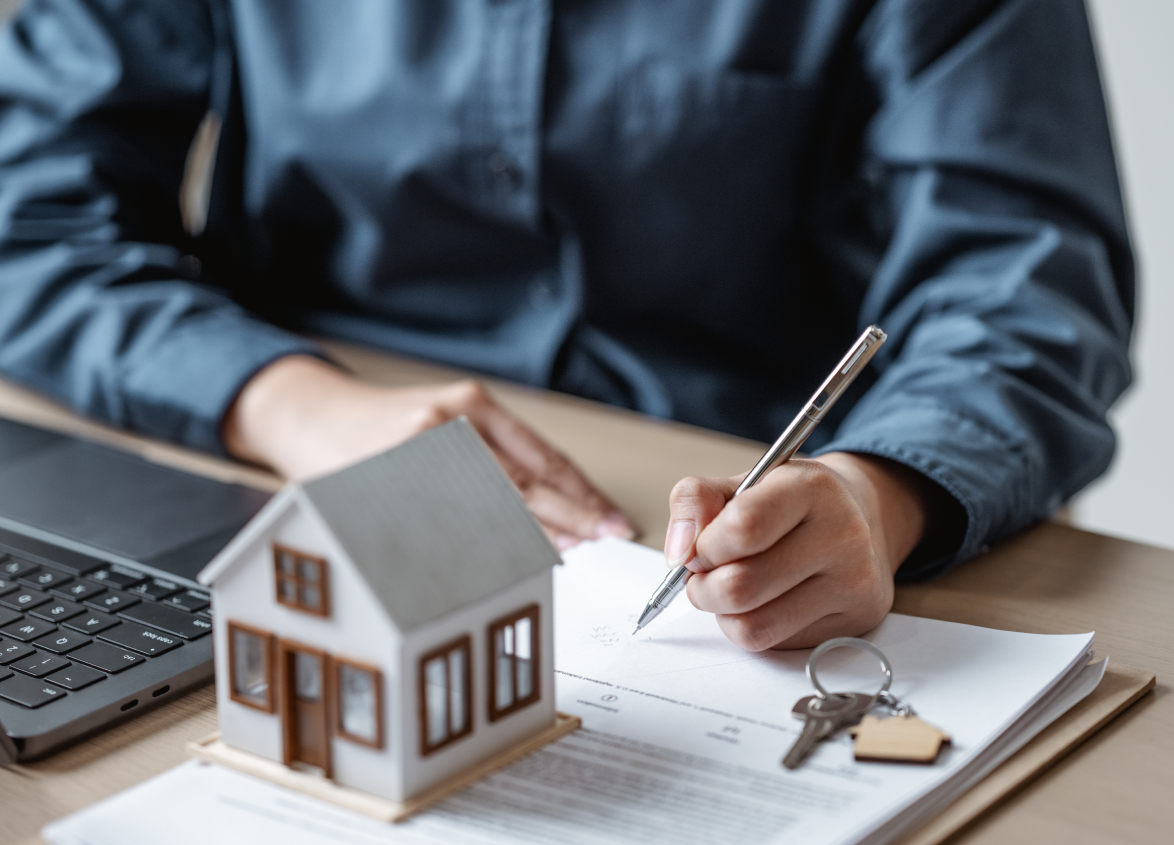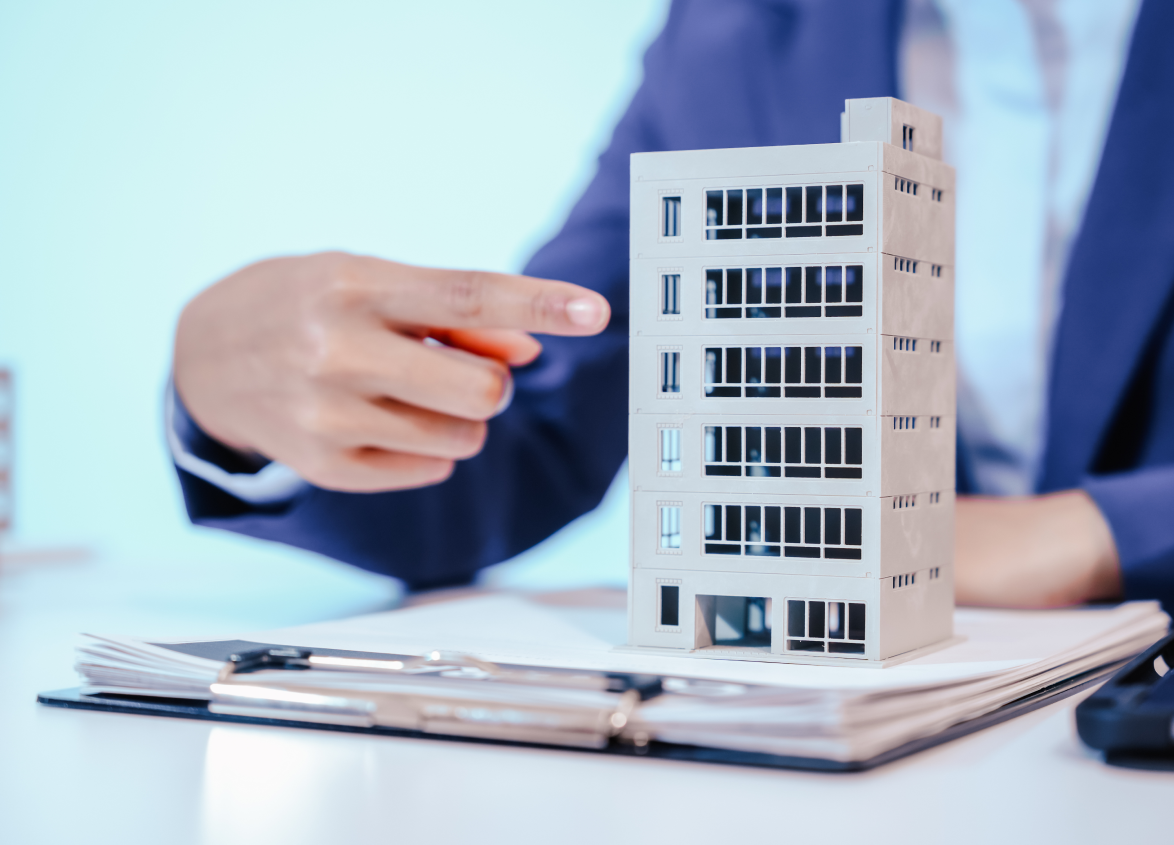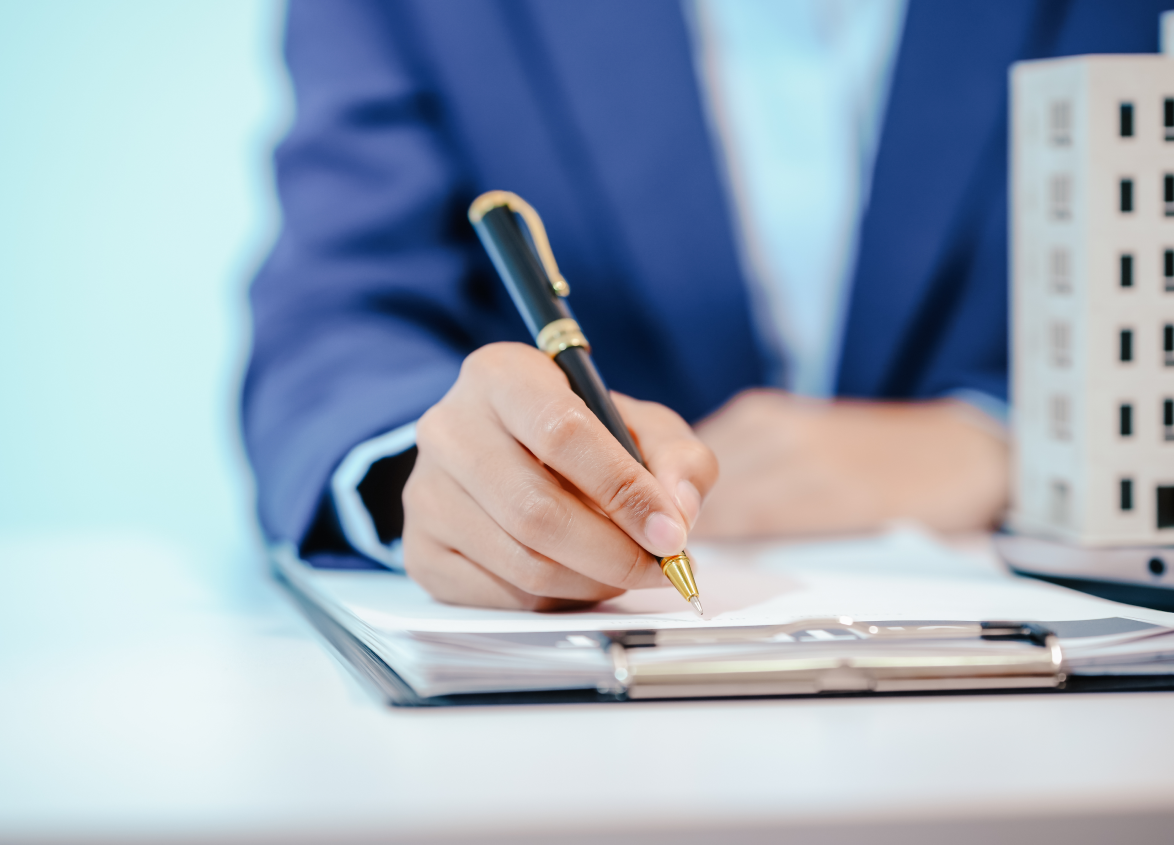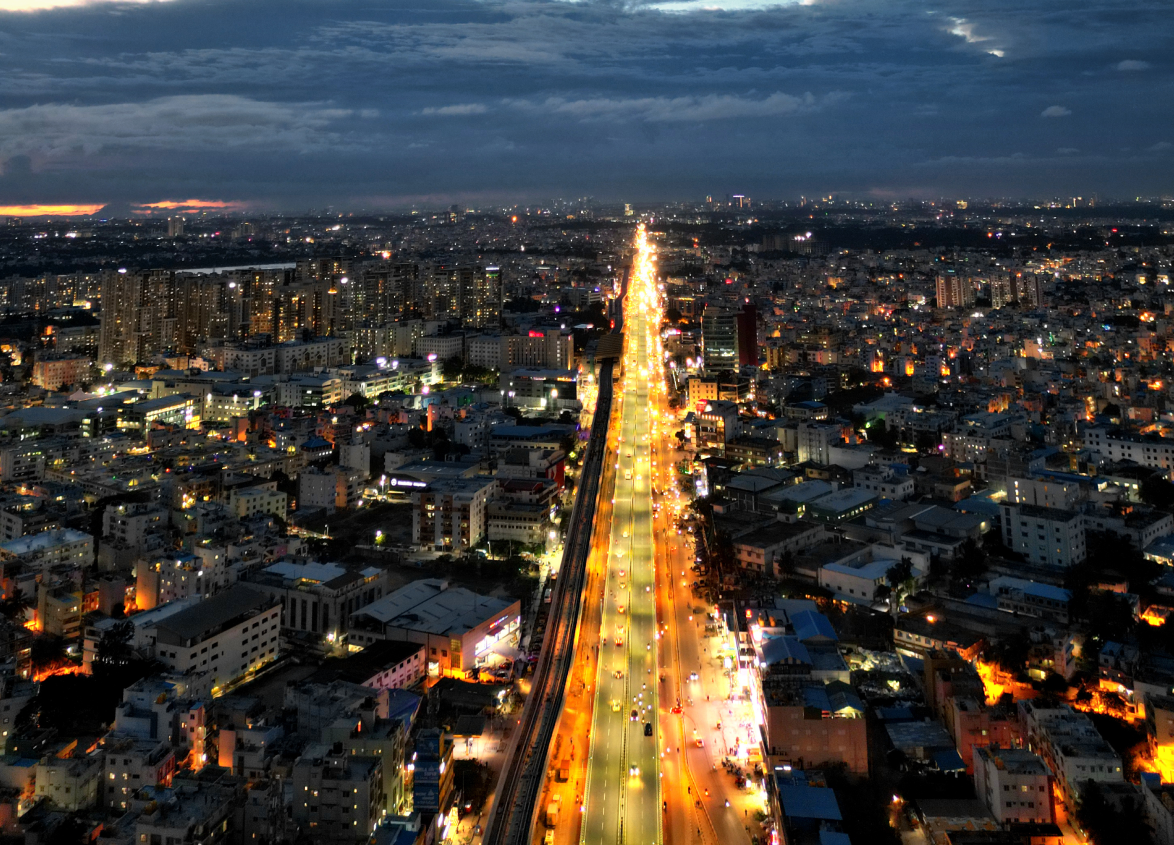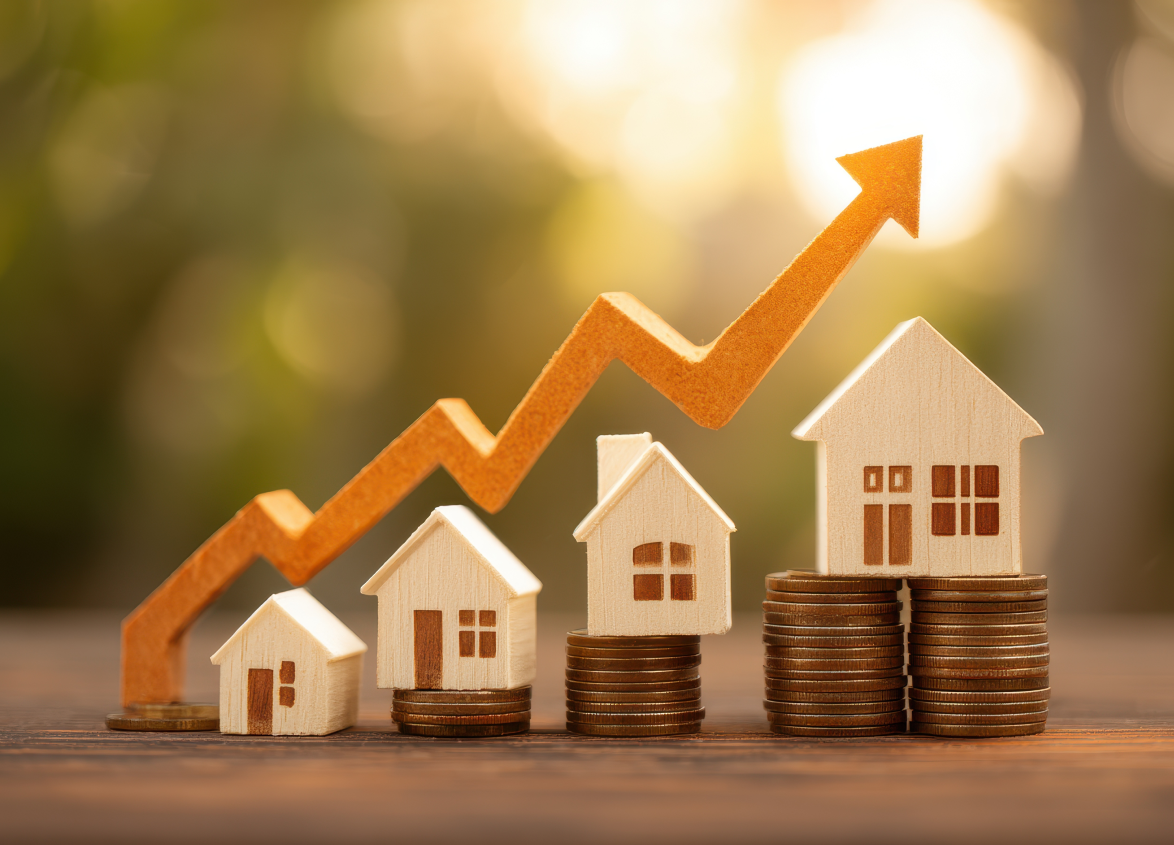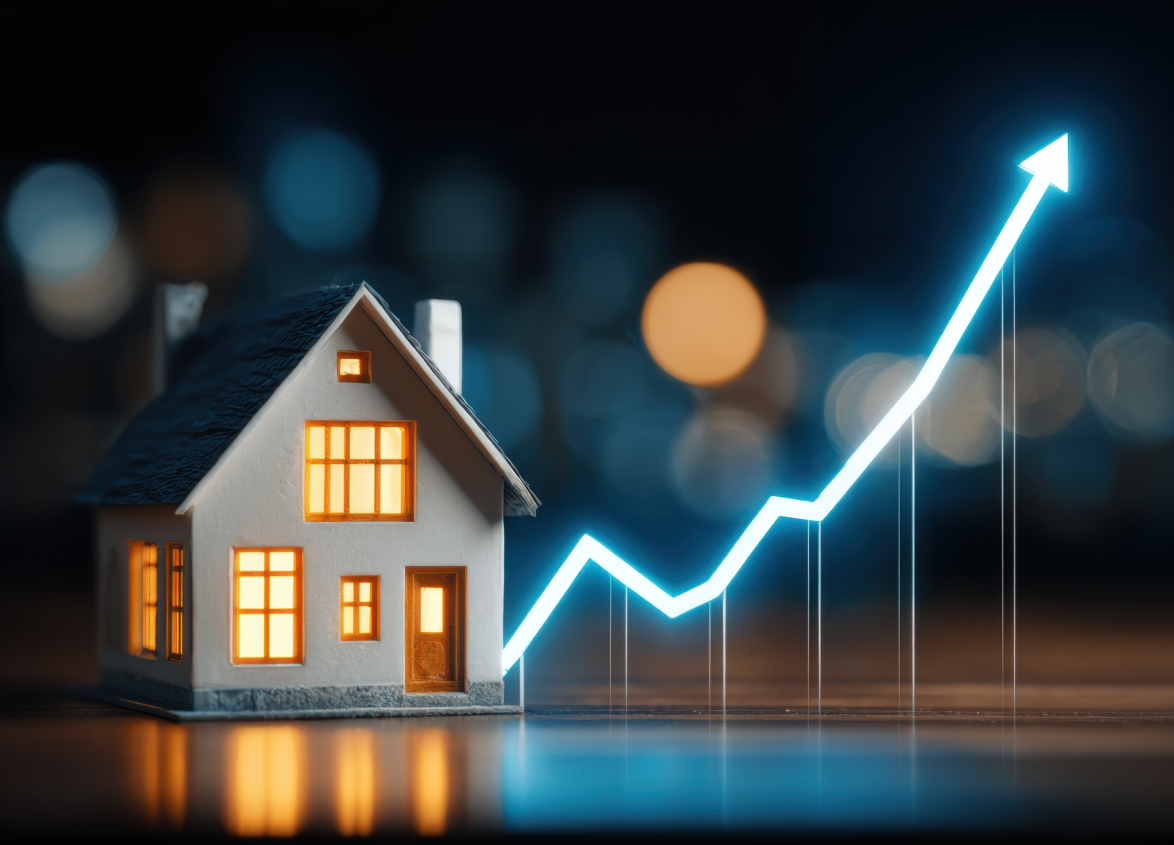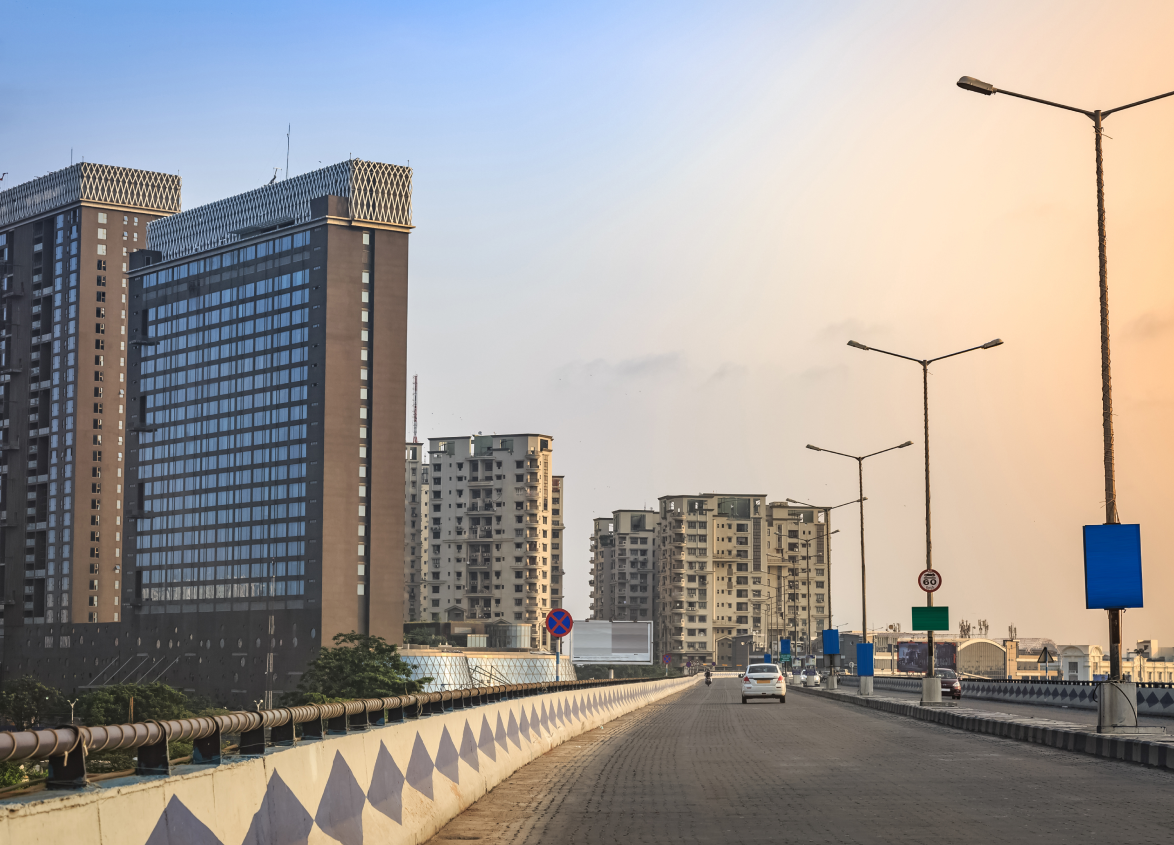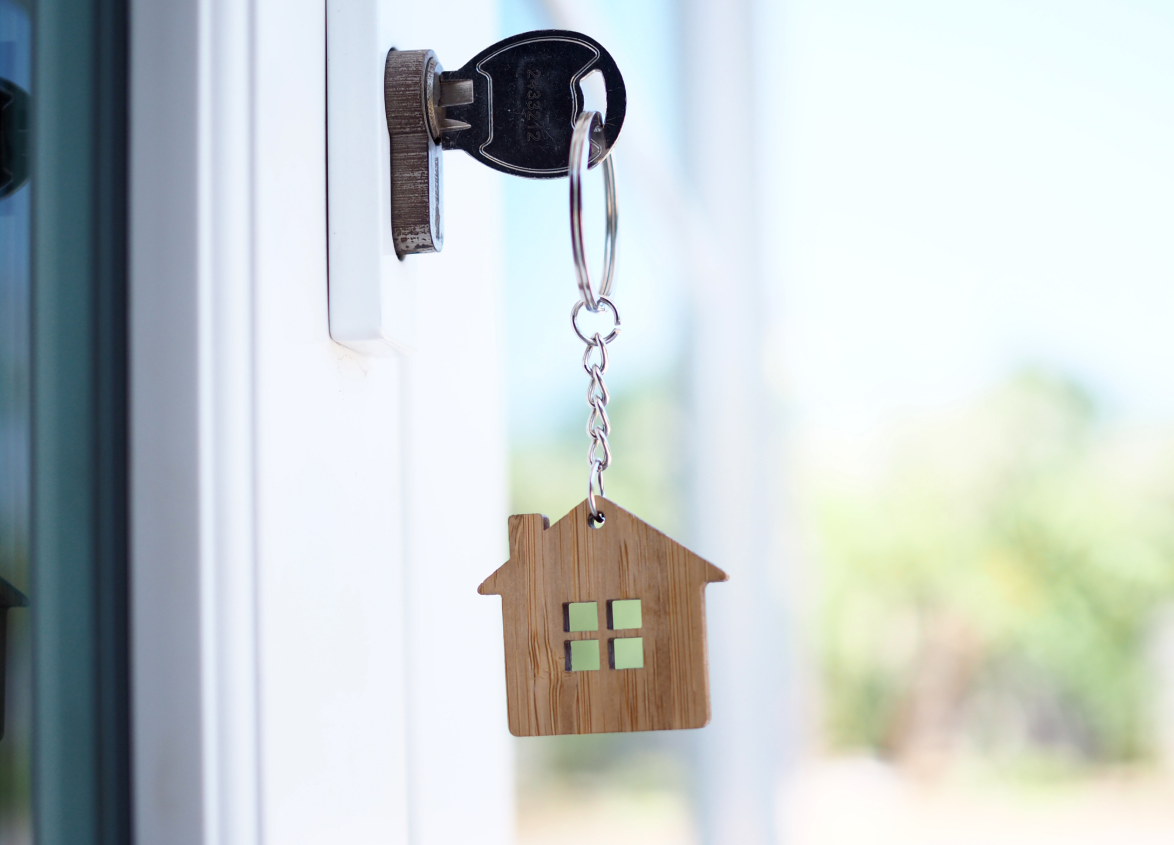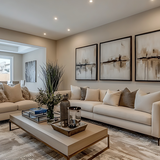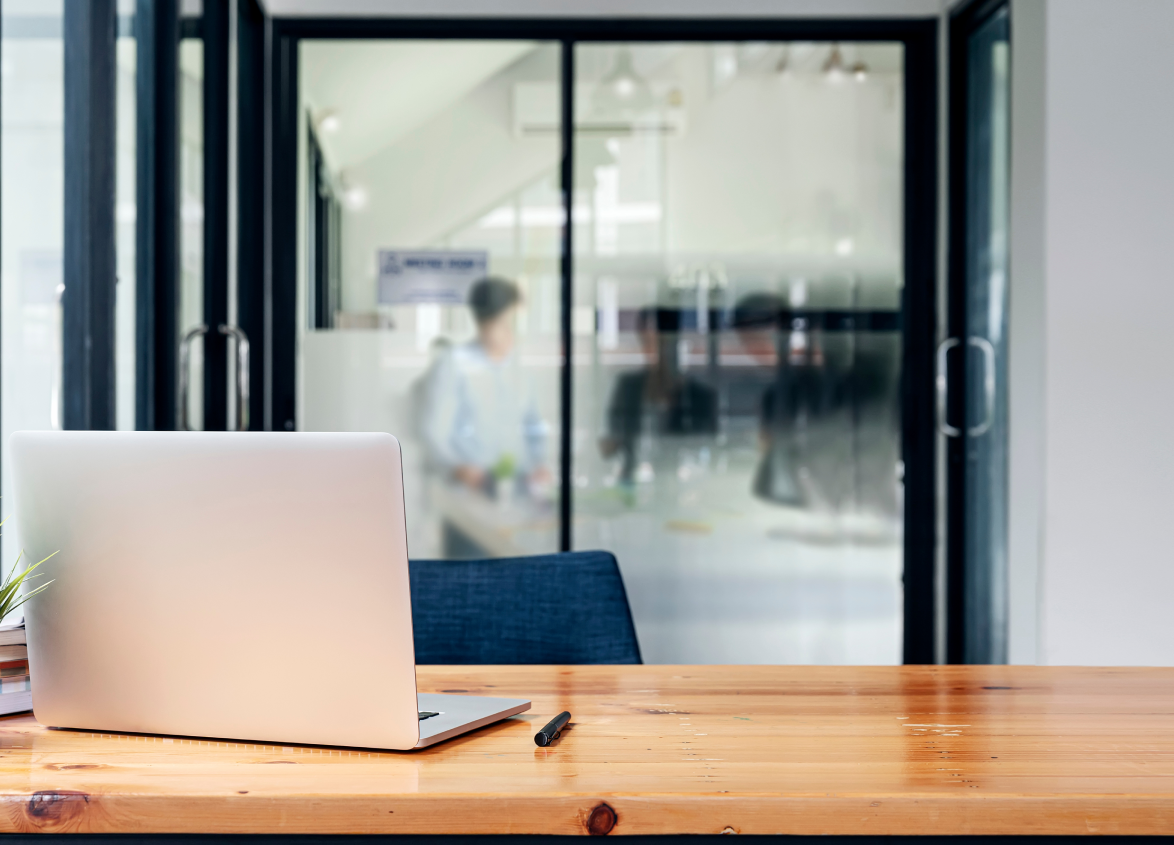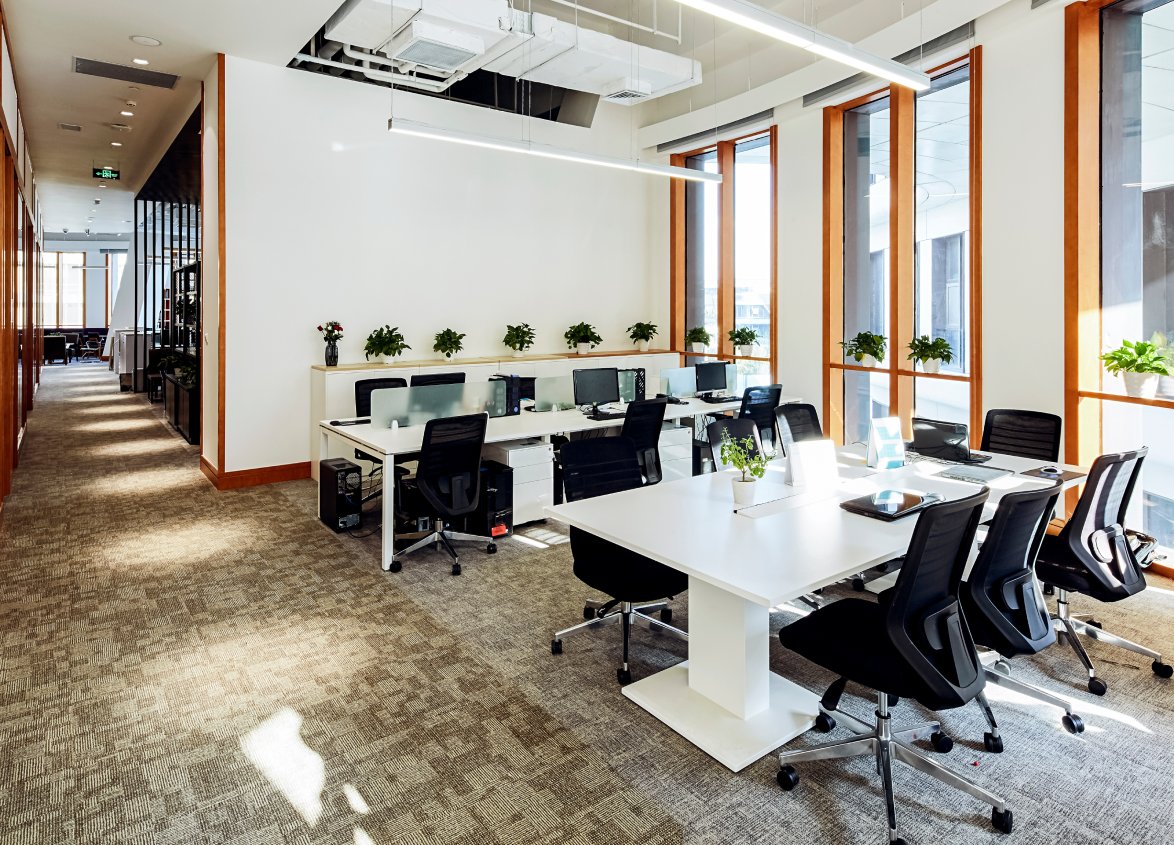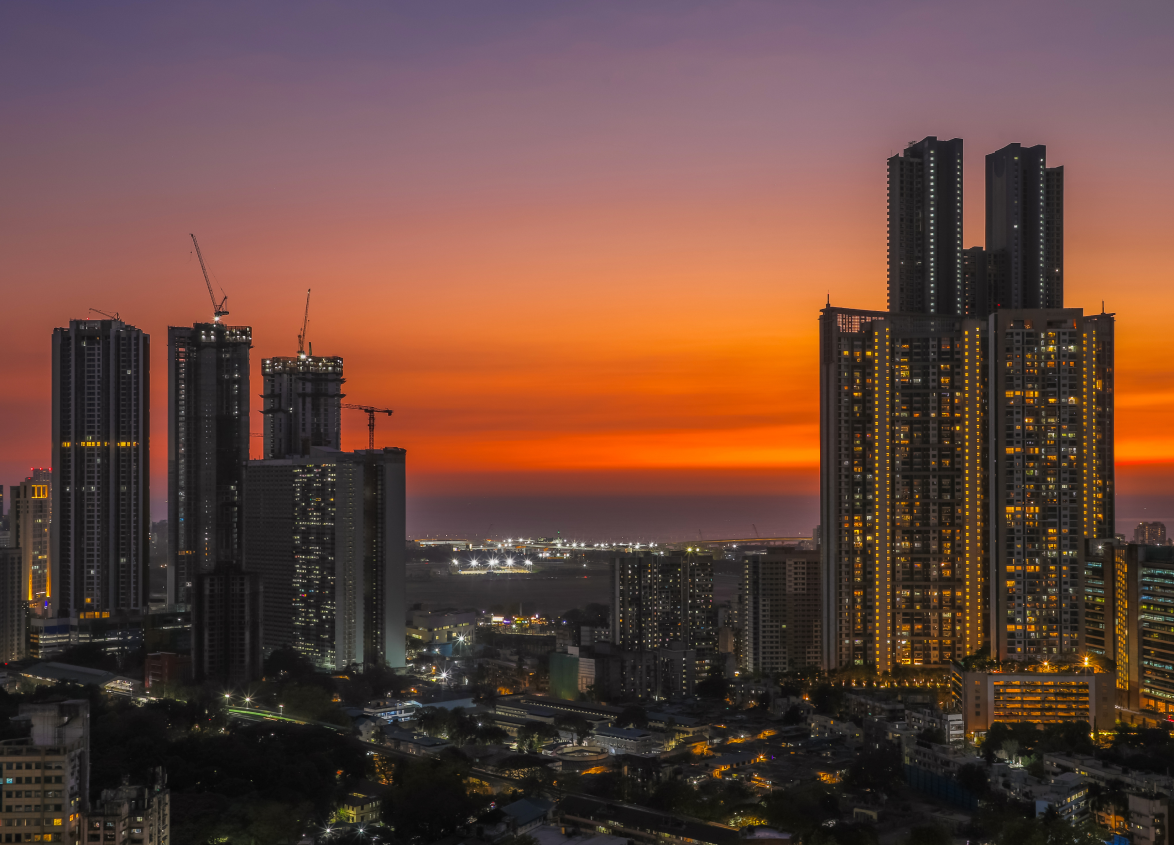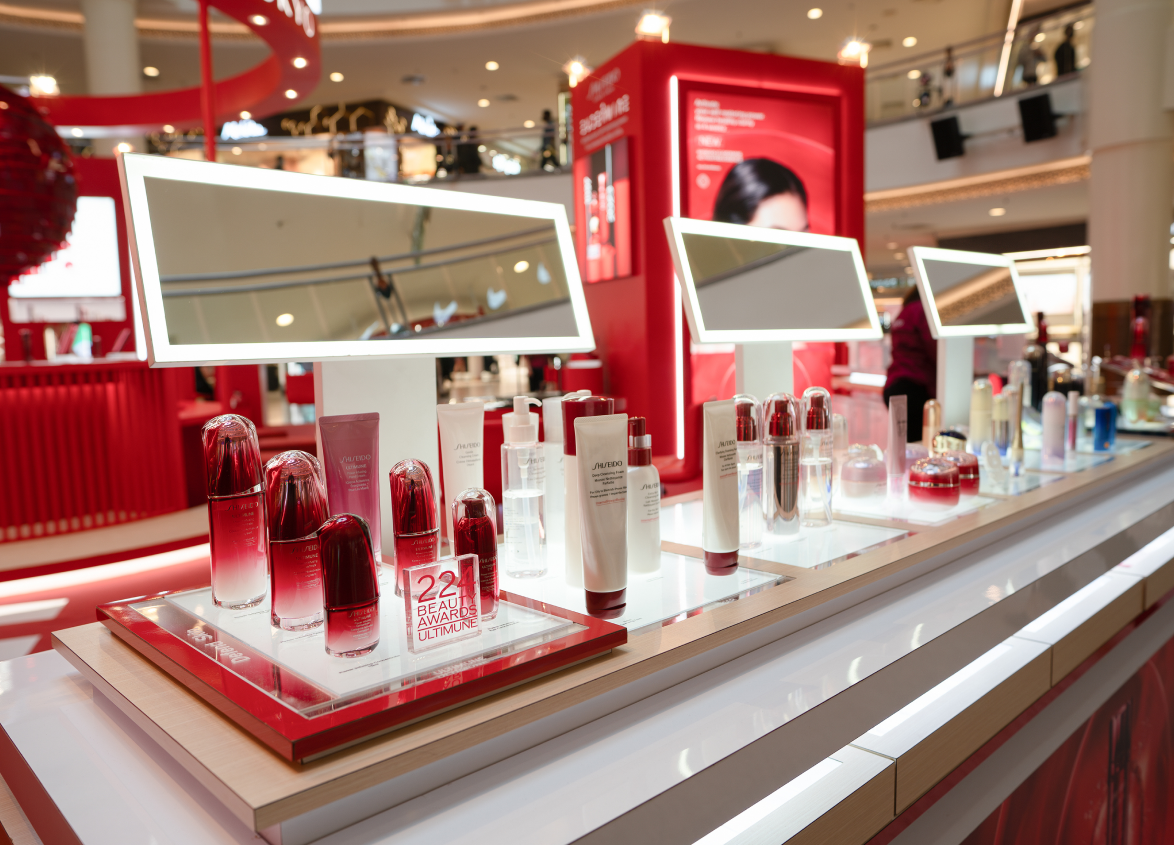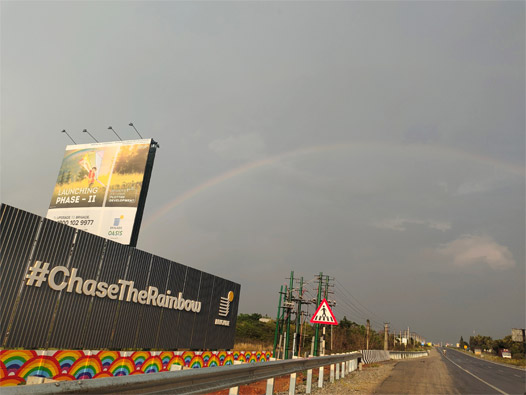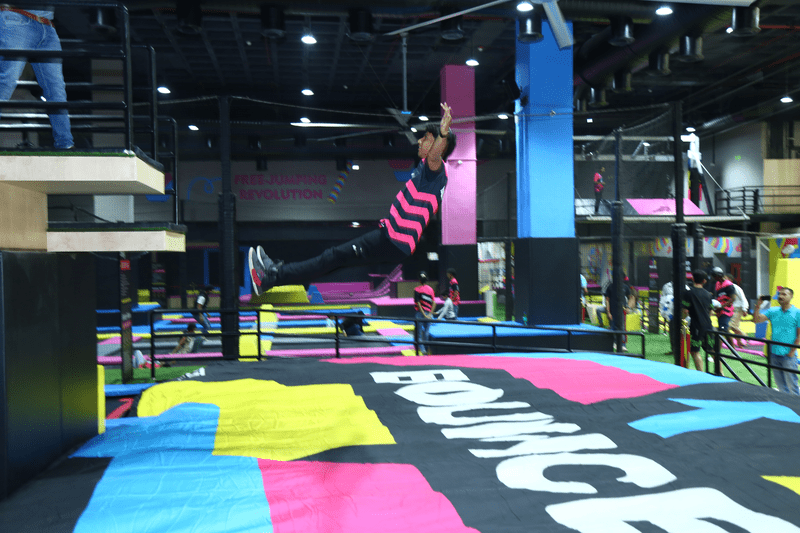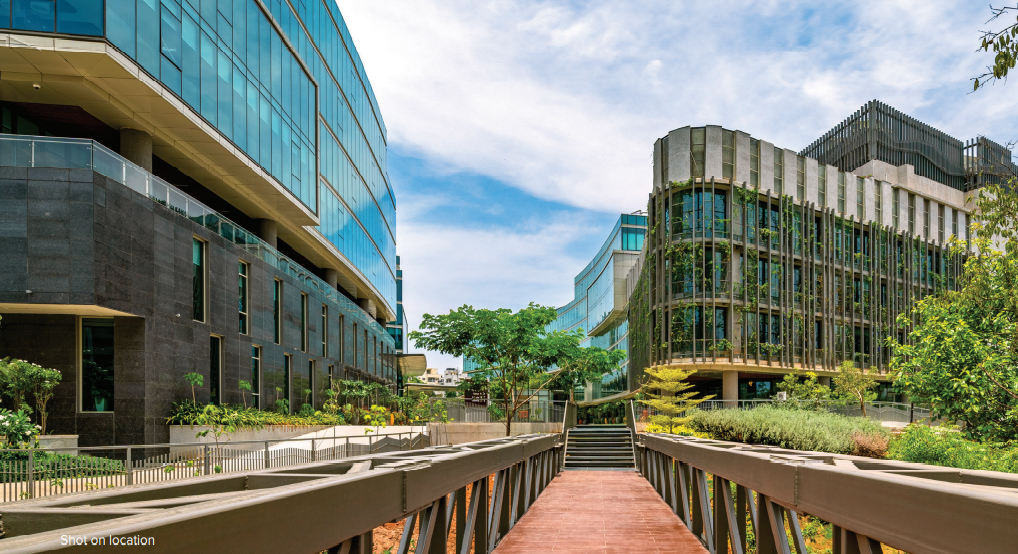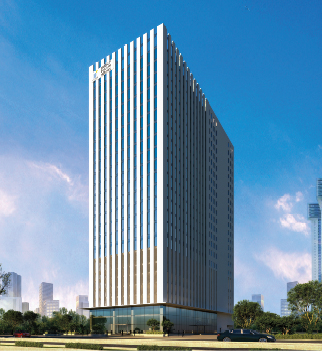
Commercial
How to Future-Proof Your Office with Sustainable and Smart Design
July 28, 2023
Decade after decade, sustainability is coming to the forefront of every business need and it is no different for commercial real estate. The industry is all set to embark on developments based on technology, newer norms, and flexible expectations. Hence the future-proofing of commercial real estate comes in a green, sustainable manner.
Key Features of a Future-Ready Workspace:
- Flexible, reconfigurable layouts
- Durable and sustainable building materials
- Smart, upgradable technology systems
- Renewable and energy-efficient infrastructure
These elements help reduce carbon footprint, improve adaptability, and support long-term business needs.
Commercial real estate future proofing
Like any other industry, it is about time that the commercial real estate industry reshapes itself to embrace sustainability at its core. By future proofing a property, it simply means building spaces that can adapt to contemporary needs and simultaneously evolve on the basis of forecasted demands.
You can future-proof a building by –
Why Flexible Office Layouts Are Key to Future-Proofing
Simply put, flexible configuration is the need of the hour. While demands and supply curves tend to skew, by laying down flexible plans, you can prevent your space from going obsolete. Despite the volatile changes in operational resources, there is nothing that spaces with flexible configurations can’t withstand. On the other hand, traditionally designed spaces have limited to no scope for utilisation with changing trends. Everything from changeable layouts to portable room dividers, or multipurpose spaces are a part of future-proofed workspaces. When futuristic objectives are laid out, it is best to have an accurate judgement of clients with the help of your designers.
Using highly-quality building materials to ensure durability
If there is anything more important than planning, it is the quality of materials used for executing your project. Apart from being highly durable, the property must be structured using sustainable materials and techniques that allow climate change management. Workspaces need to function 24*7, all year round; so it is rudimentary that they can adapt to the most adverse weather conditions without compromising on its framework. Hence, it becomes highly crucial to study the typography of respective areas and analyse anticipated climate threats. A future-proof building will be ever-ready to combat these risks at all times.
Smart Technology in Offices: How Upgradable Systems Improve Longevity
When we speak of technological advancement in the real estate industry, it simply means adopting modern-day tools and softwares. In order to simplify everyday operations, workspaces should be able to facilitate ever-evolving technological sophistication. With time, even the most lucrative systems shut down and become obsolete. The solutions that once offered maximum efficiency, also come with expiration dates. It is therefore imperative to plan workspaces with replaceable technologies to match the requirements at large.
Design energy-efficient systems and renewable hybrid systems
Sustainability, as discussed, is here to stay. First, in order to reduce the overall energy consumption and second, to minimise the emission of greenhouse gases from the commercial real estate industry. The last few decades have seen a right shift of capital investment towards highly sustainable options like ‘green initiatives’ which has been the essence of Brigade Opus. Such energy-efficient workspaces lay a heavy focus on reducing the overall carbon footprint through renewable sources of energy. Thus, focusing on finding alternative sources of energy in order to future-proof a building can go a long way.
Final Thoughts: How Future-Ready Workspaces Improve ROI and Sustainability
By taking the corrective measures, commercial real estate can be future-proofed, one building at a time. By investing in energy-efficient buildings, choosing durable and sustainable materials, and ensuring water conservation techniques, we can remodel the present-day scenario to the next level. With time, there will be a right shift in demand for sustainability in real estate. Brigade workspaces have reinvented most workspaces into sustainable properties that have resulted in positive outcomes like a reduction in overall energy consumption, and reduced carbon footprint from future-proofed commercial real estate.
Explore Brigade’s future-ready, sustainable workspaces that combine innovation, flexibility, and energy efficiency, designed to meet tomorrow’s demands today.
References:
FAQ's
1. What does it mean to future-proof an office space?
A future-proof workspace is designed to adapt to changing business needs through flexible layouts, smart tech and sustainable infrastructure.
2. Why is flexible workspace planning important?
Flexible layouts allow companies to quickly reconfigure space based on team size, project needs, or operational changes.
3. How does sustainability impact office design?
Sustainable design reduces carbon emissions, lowers energy bills and helps meet environmental compliance goals.
4. What role does technology play in future-ready offices?
Smart systems enhance productivity and enable scalable upgrades as business needs evolve.
5. How do energy-efficient features help future-proof a workspace?
Energy-efficient systems help workspaces stay resilient to rising energy costs, changing regulations, and environmental challenges. They ensure offices remain functional, cost-effective, and sustainable over time, which is essential for future-ready design.
MUST READ
Looking for something specific?
We'd be delighted to help you.
